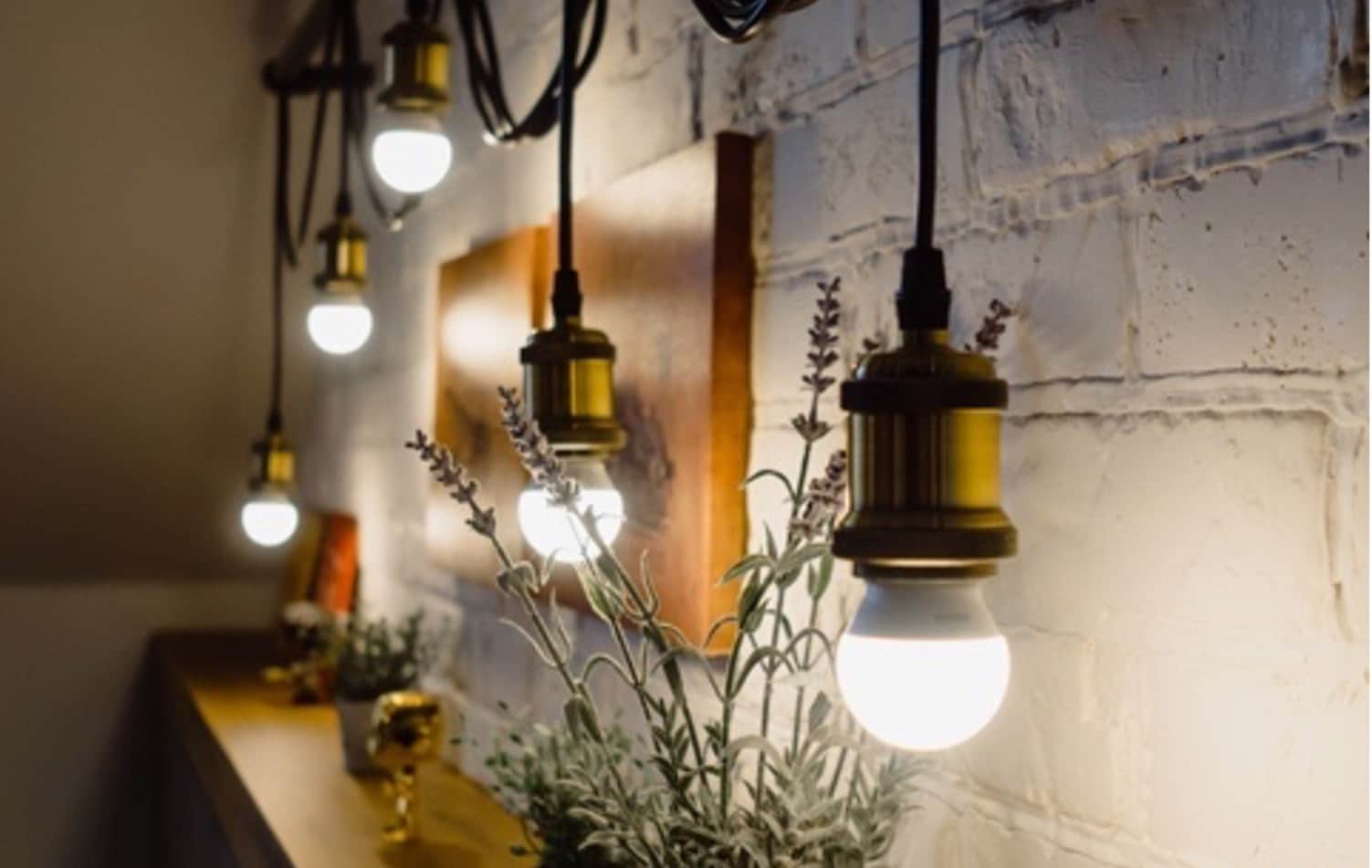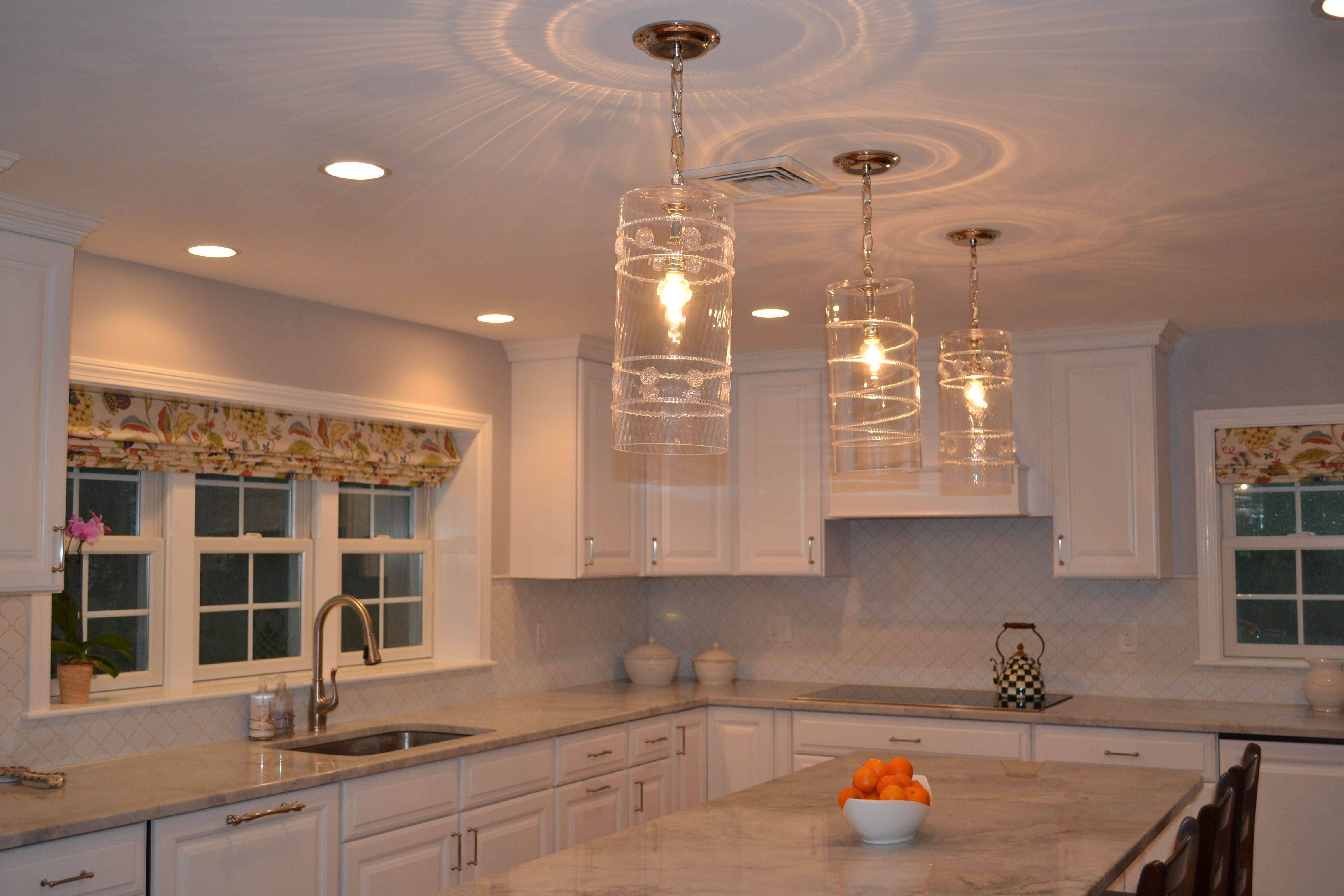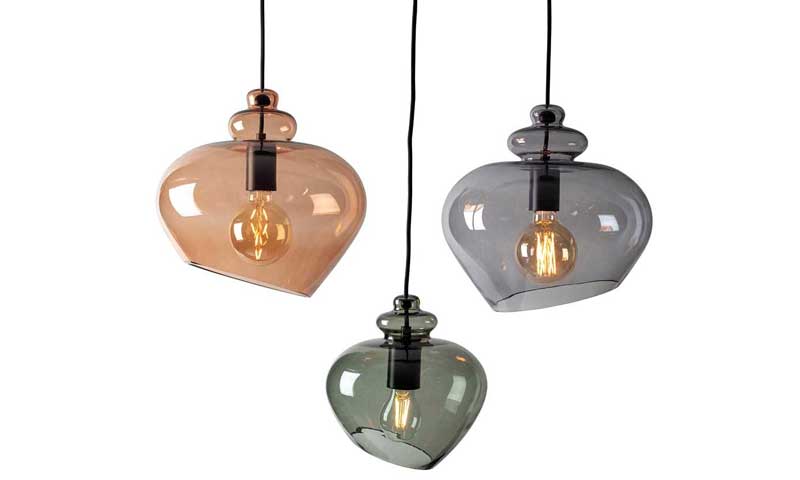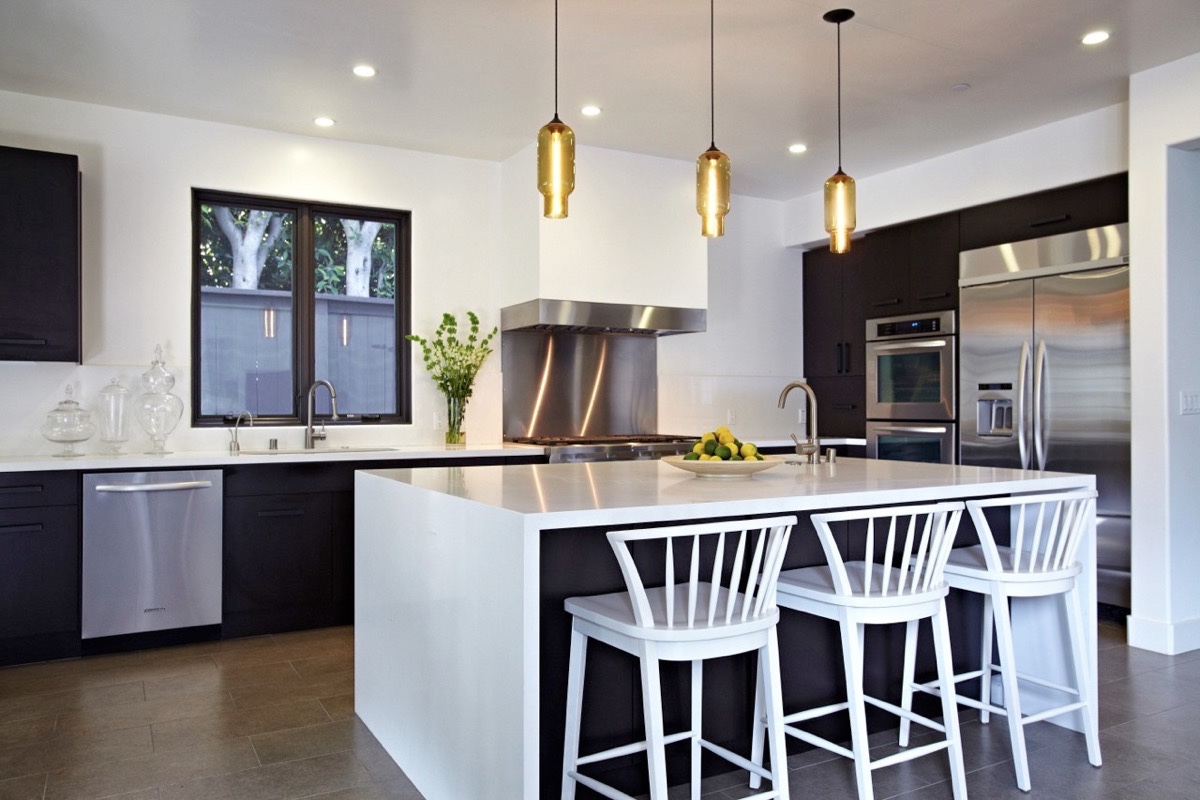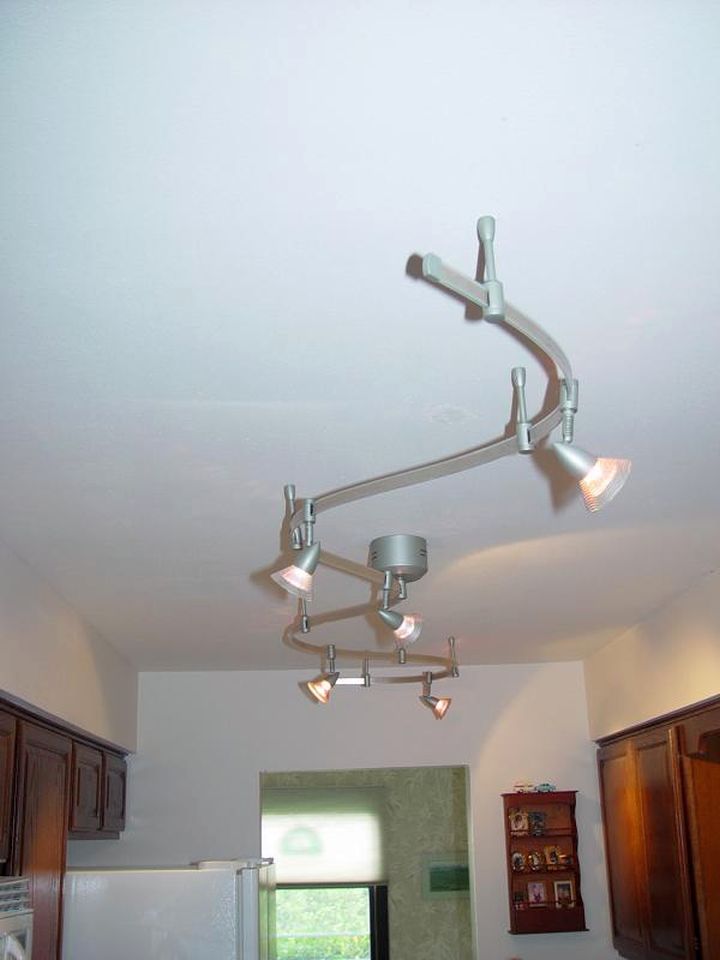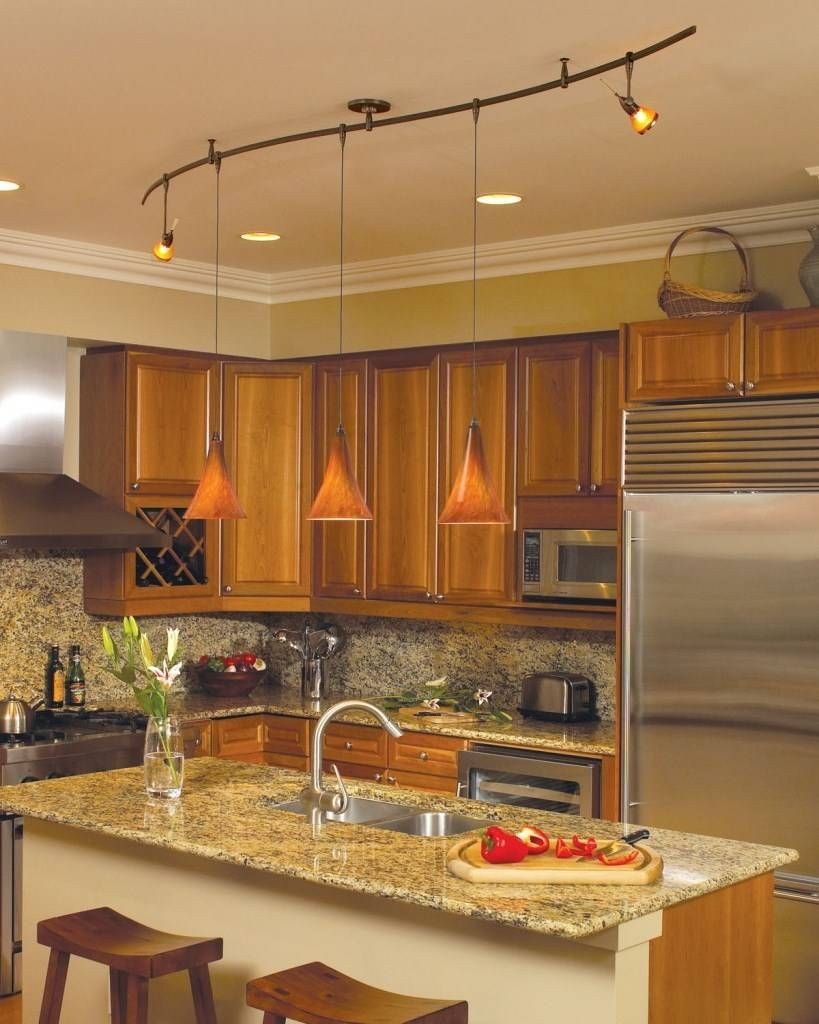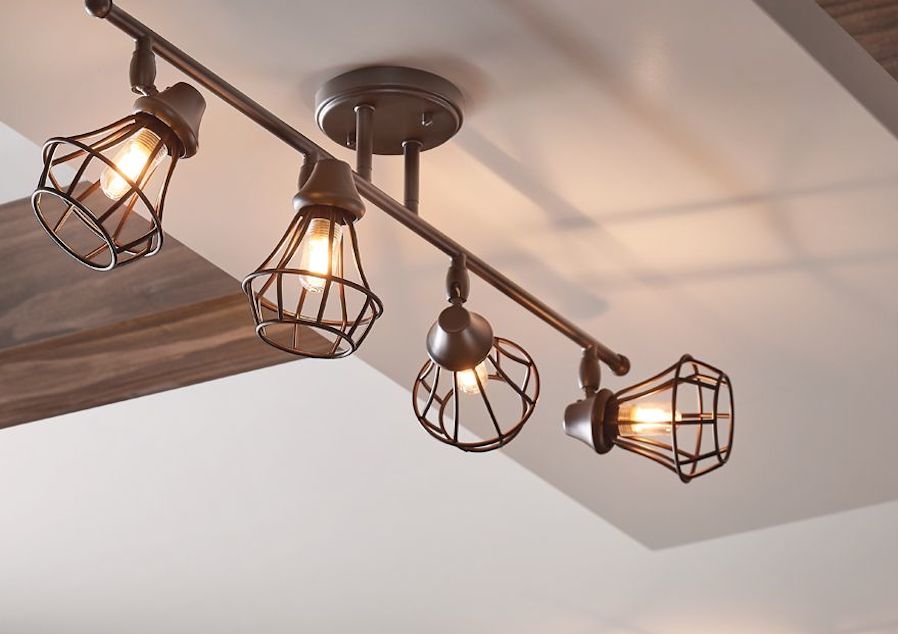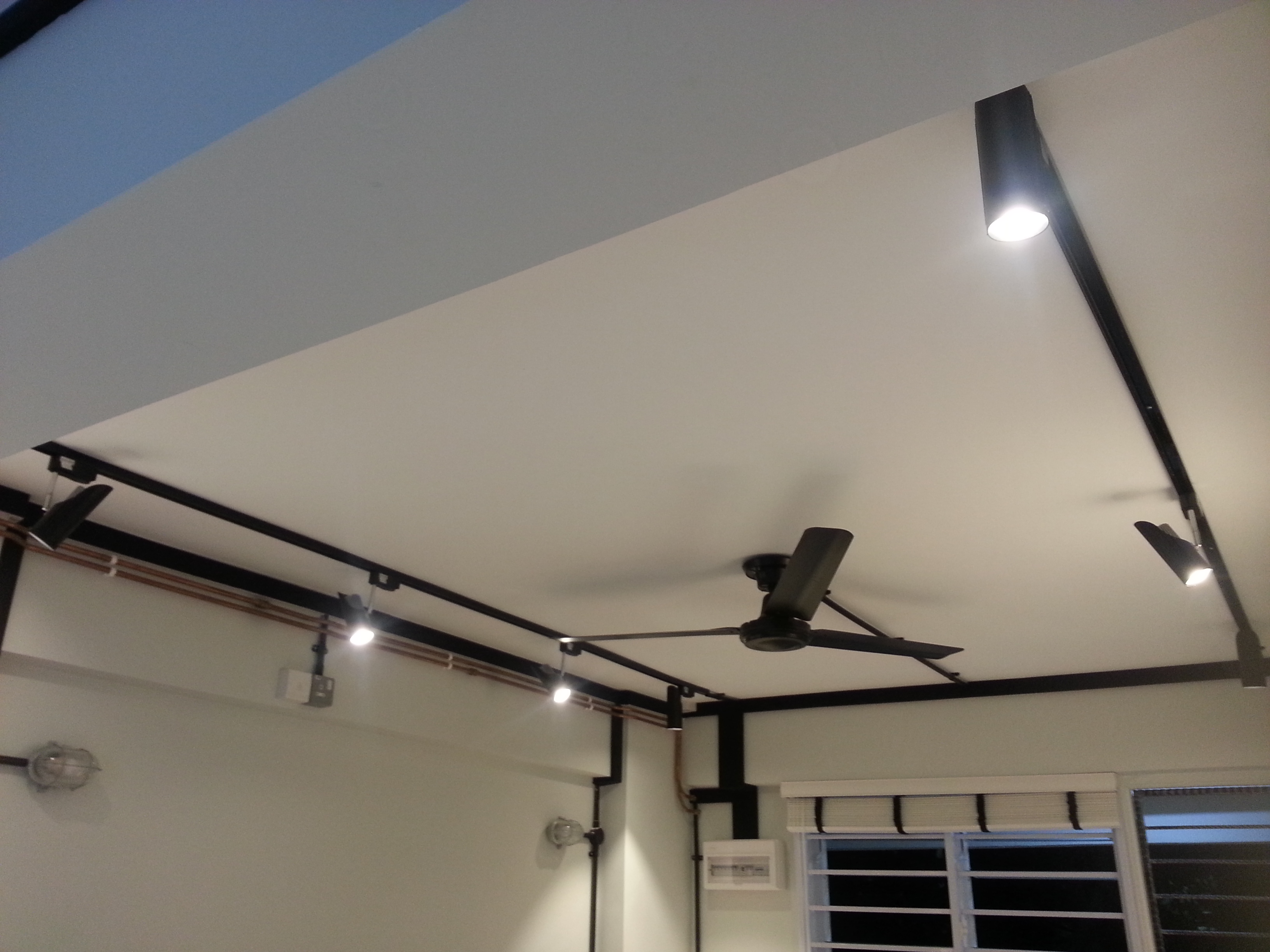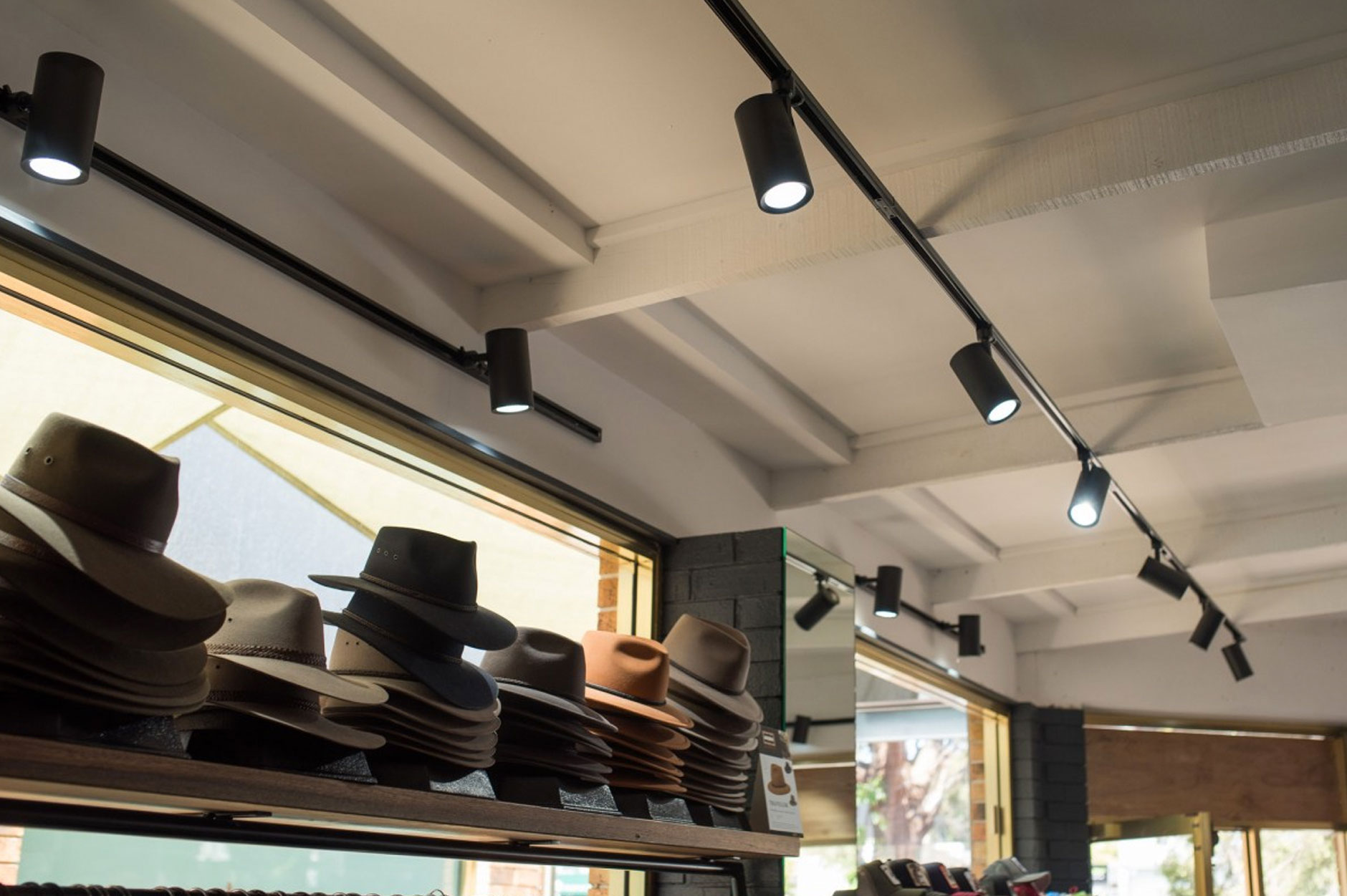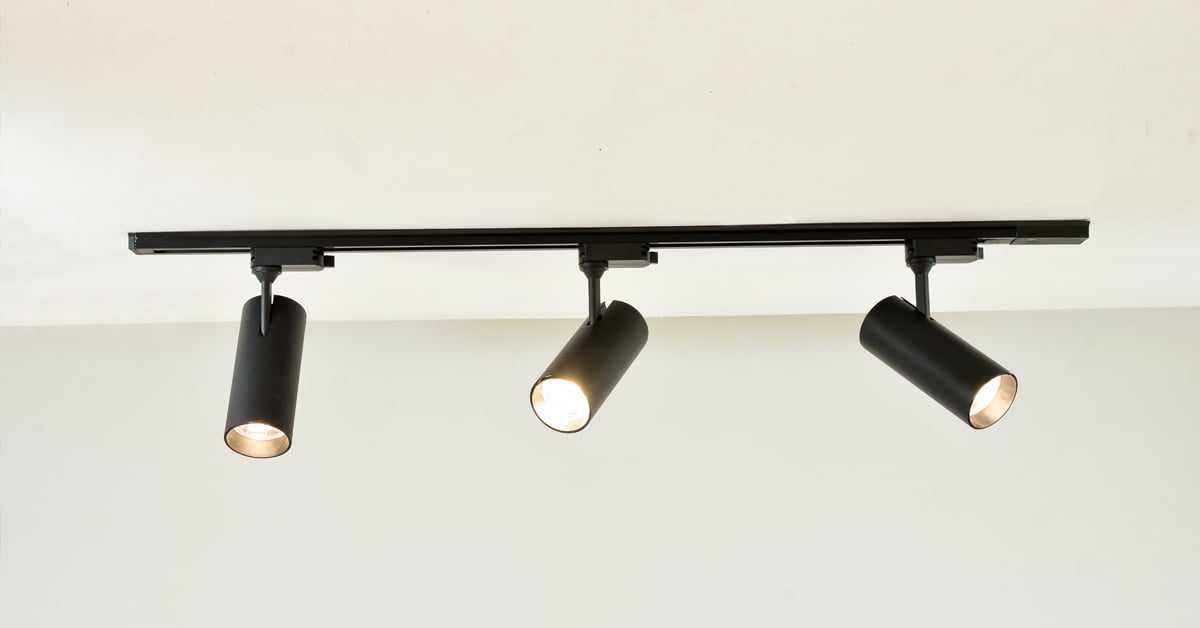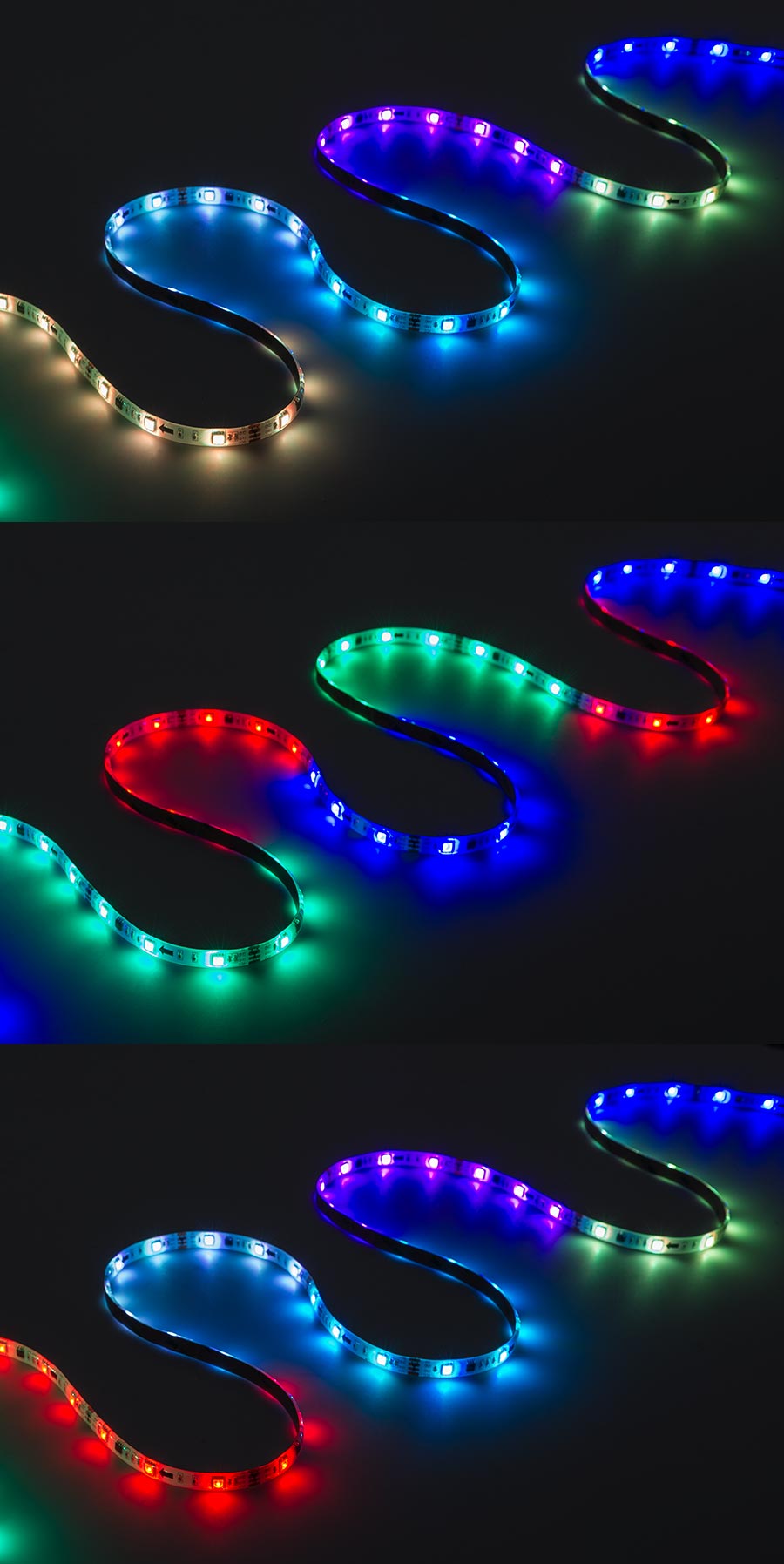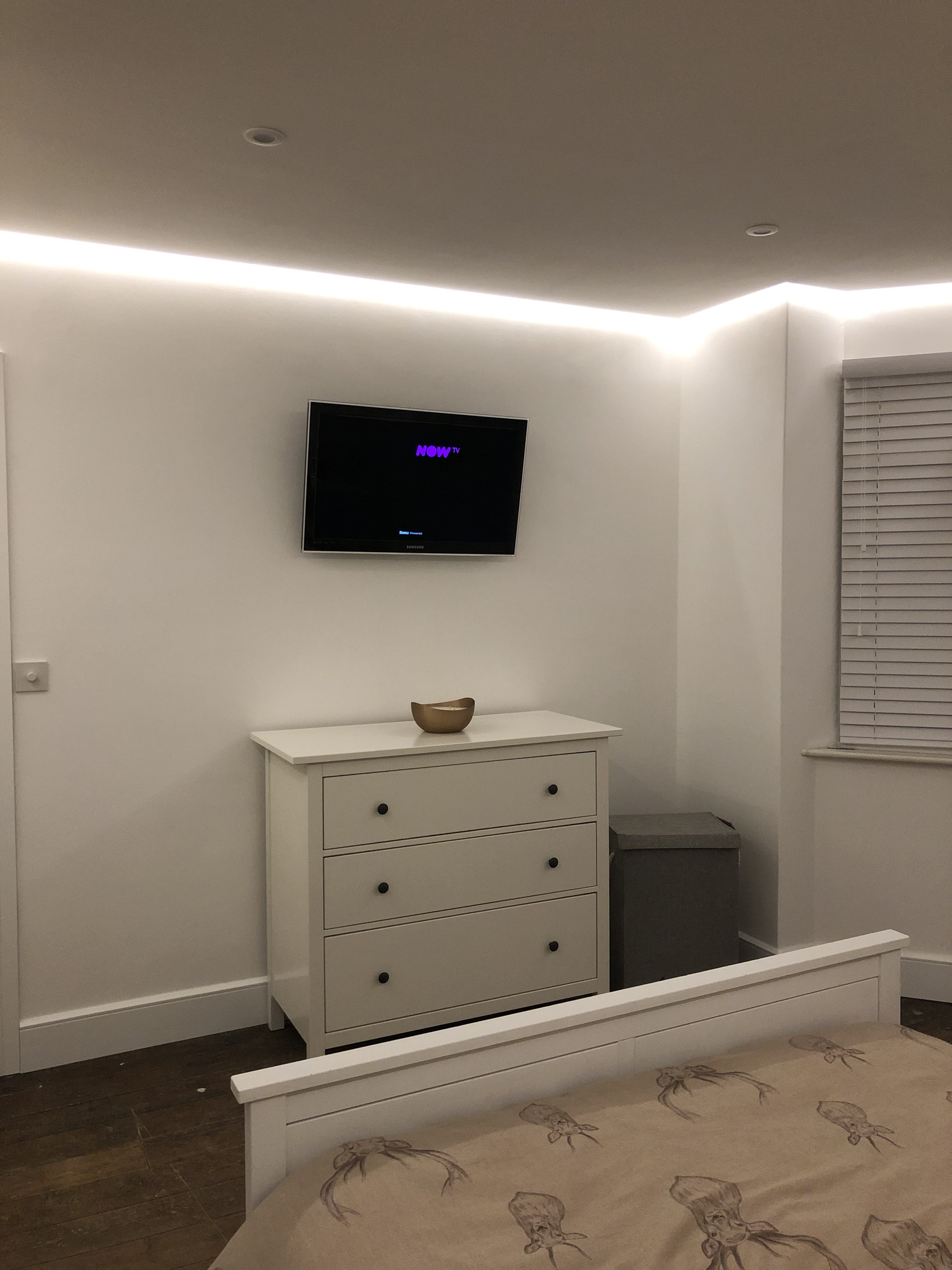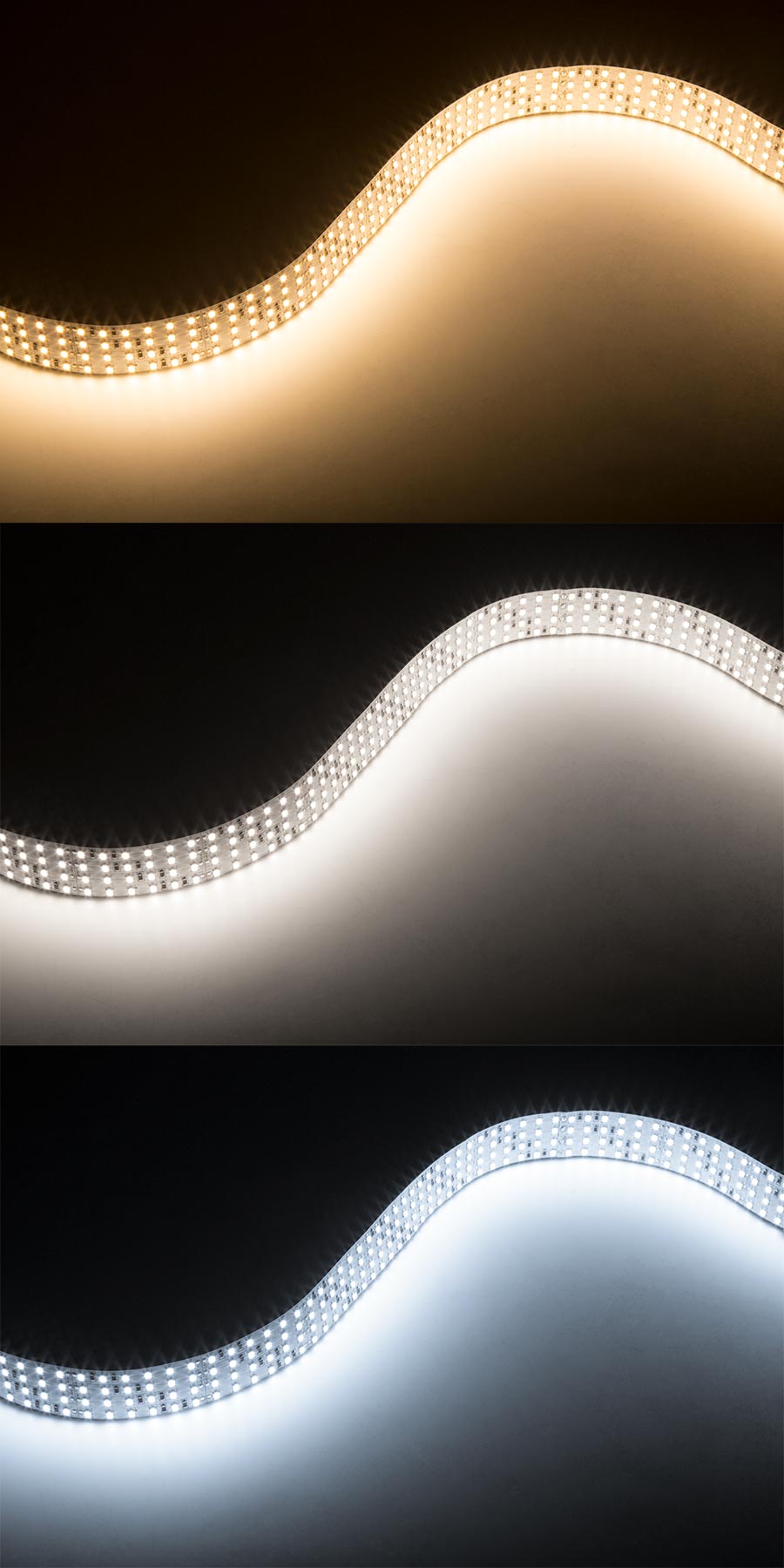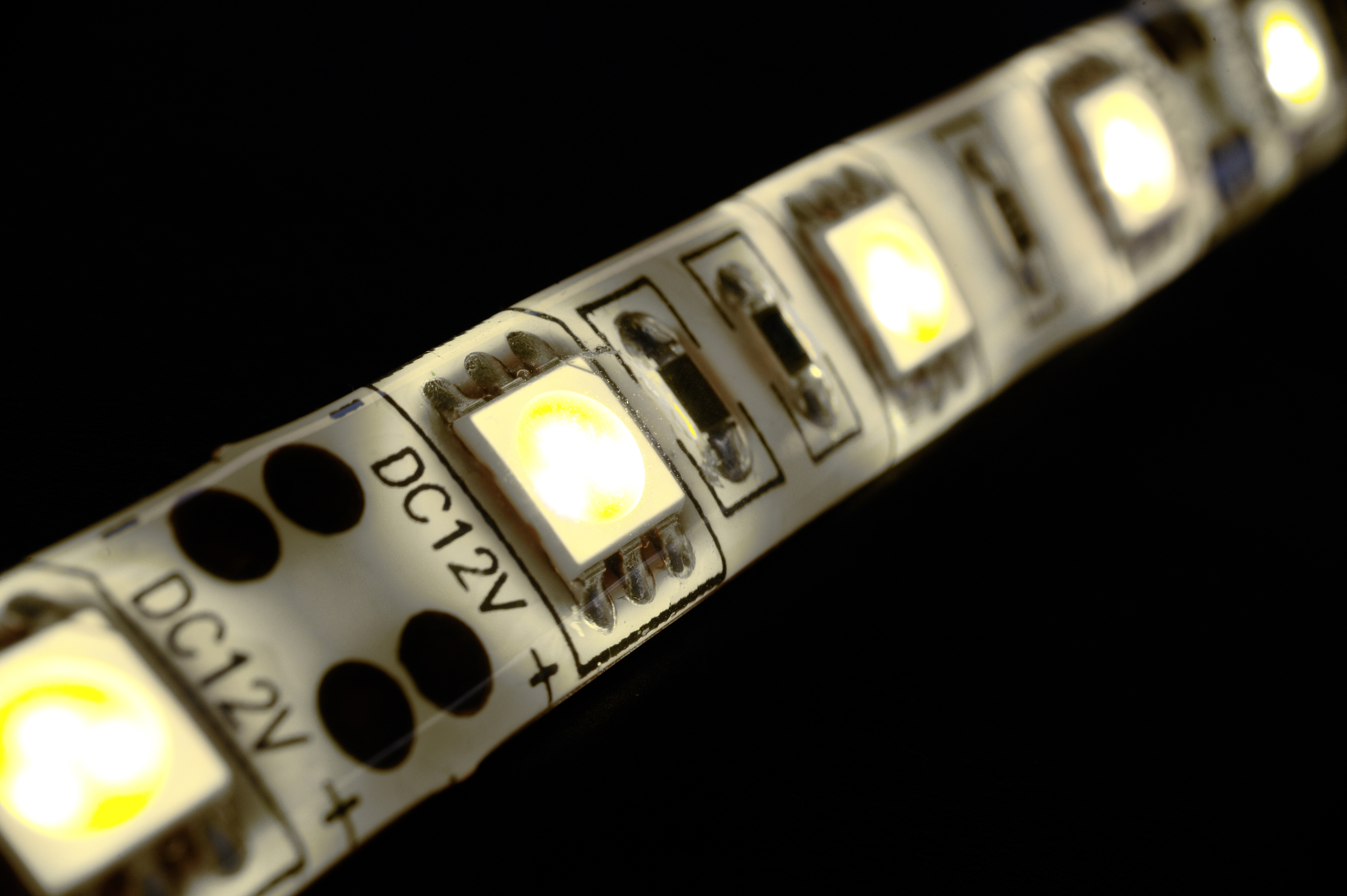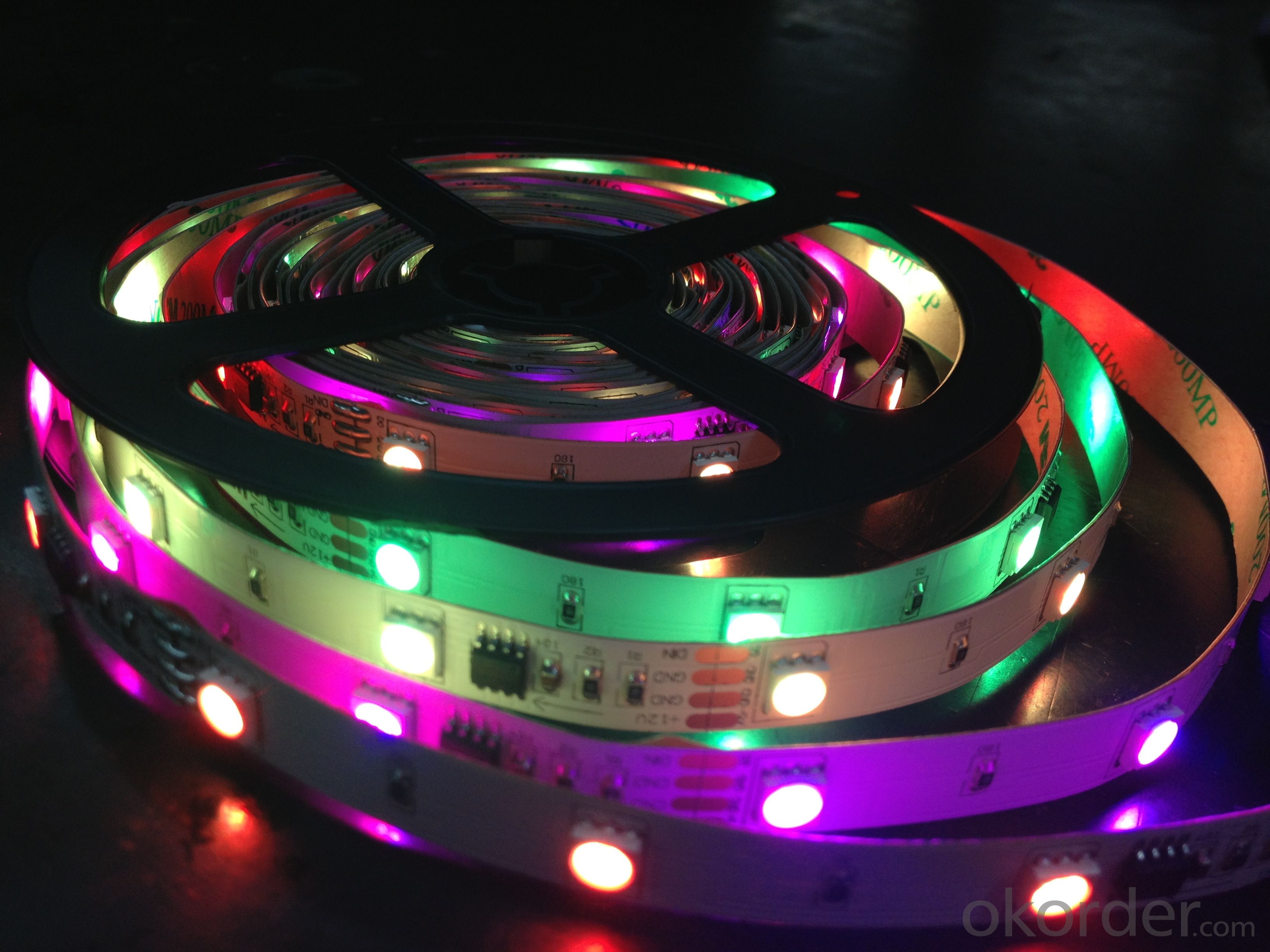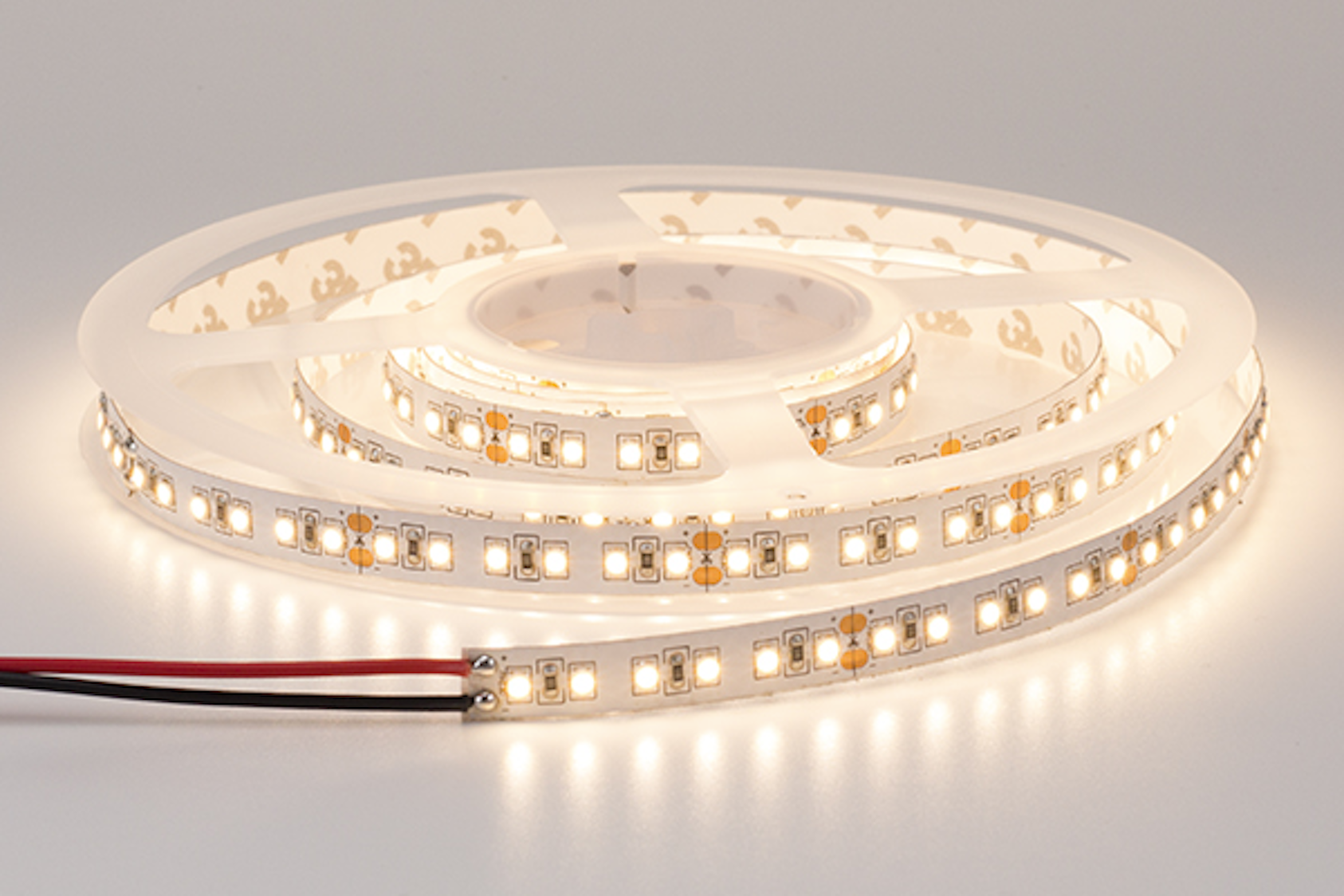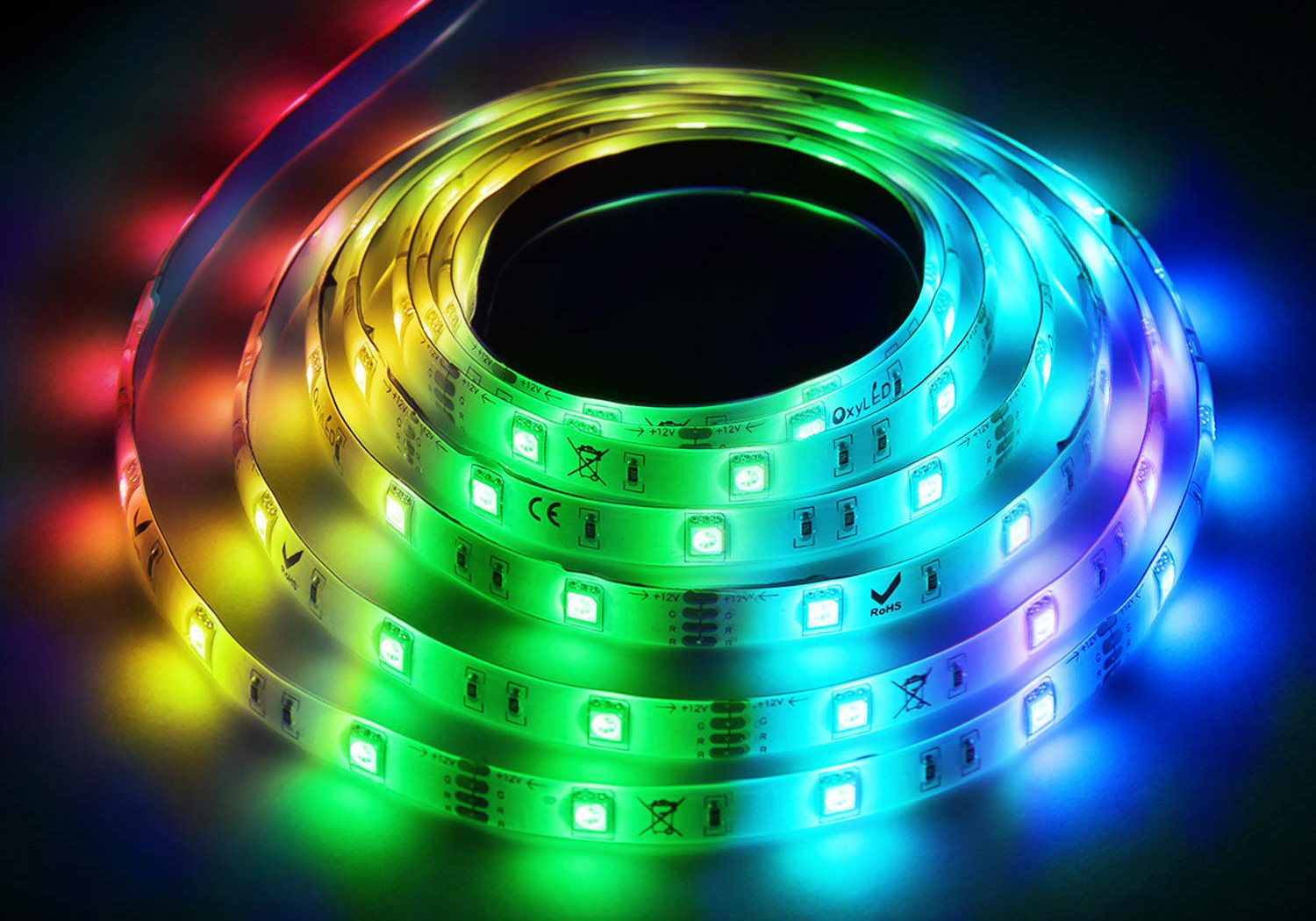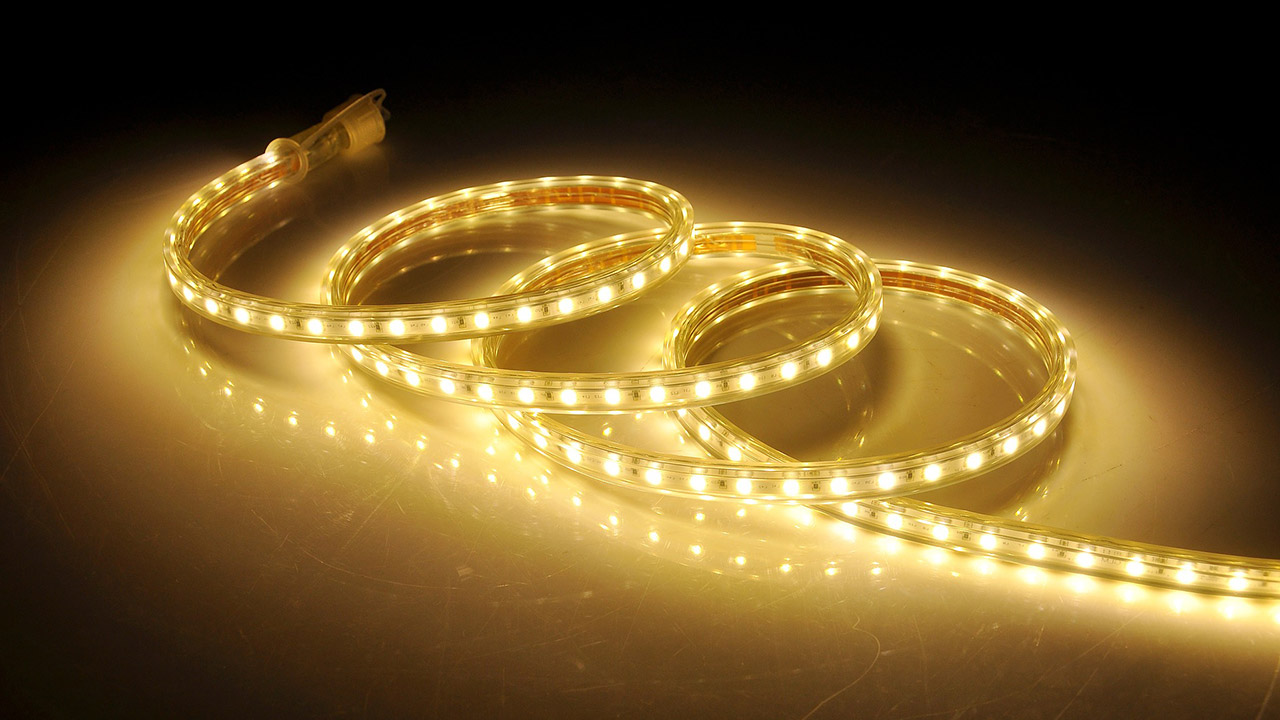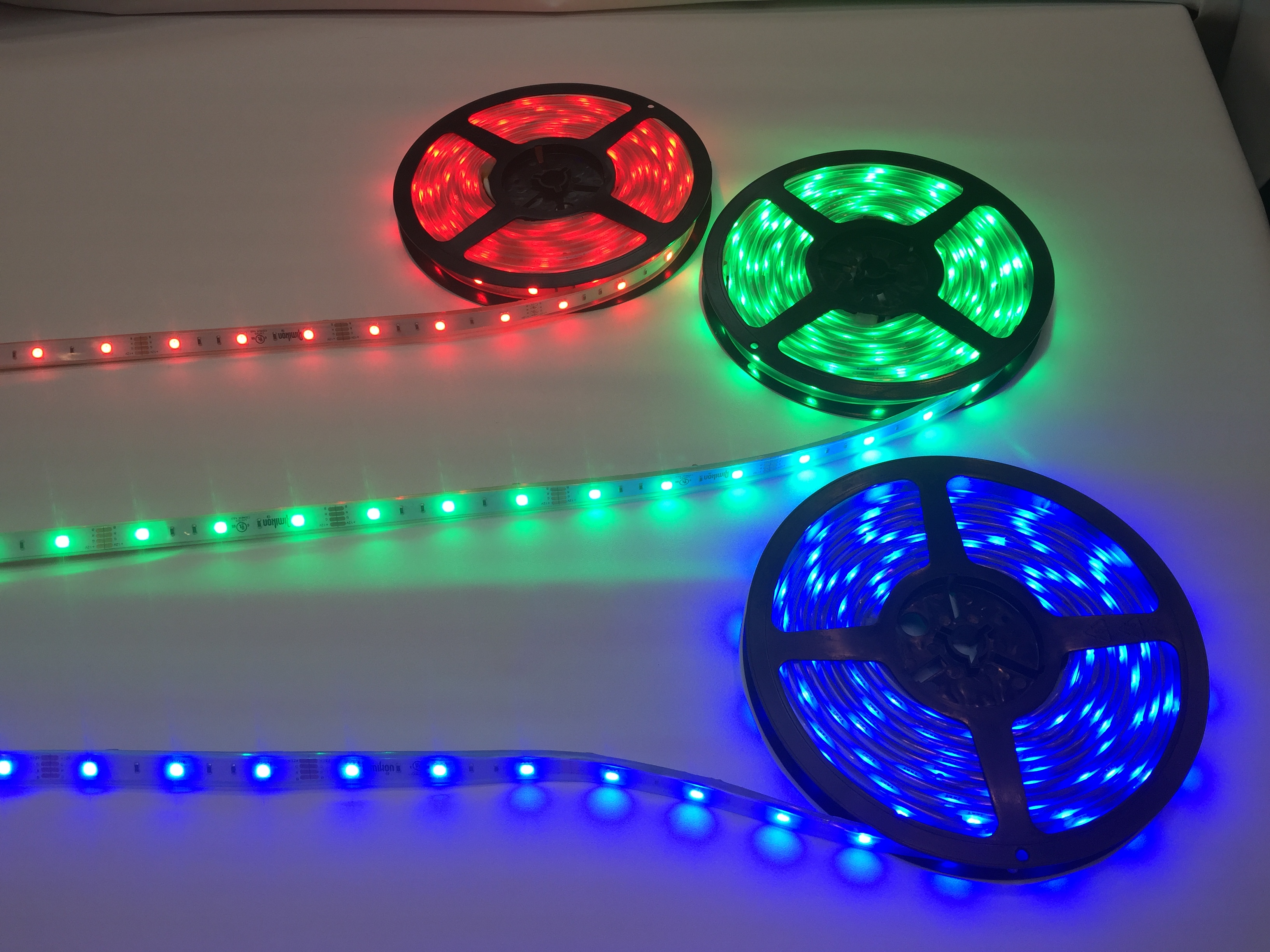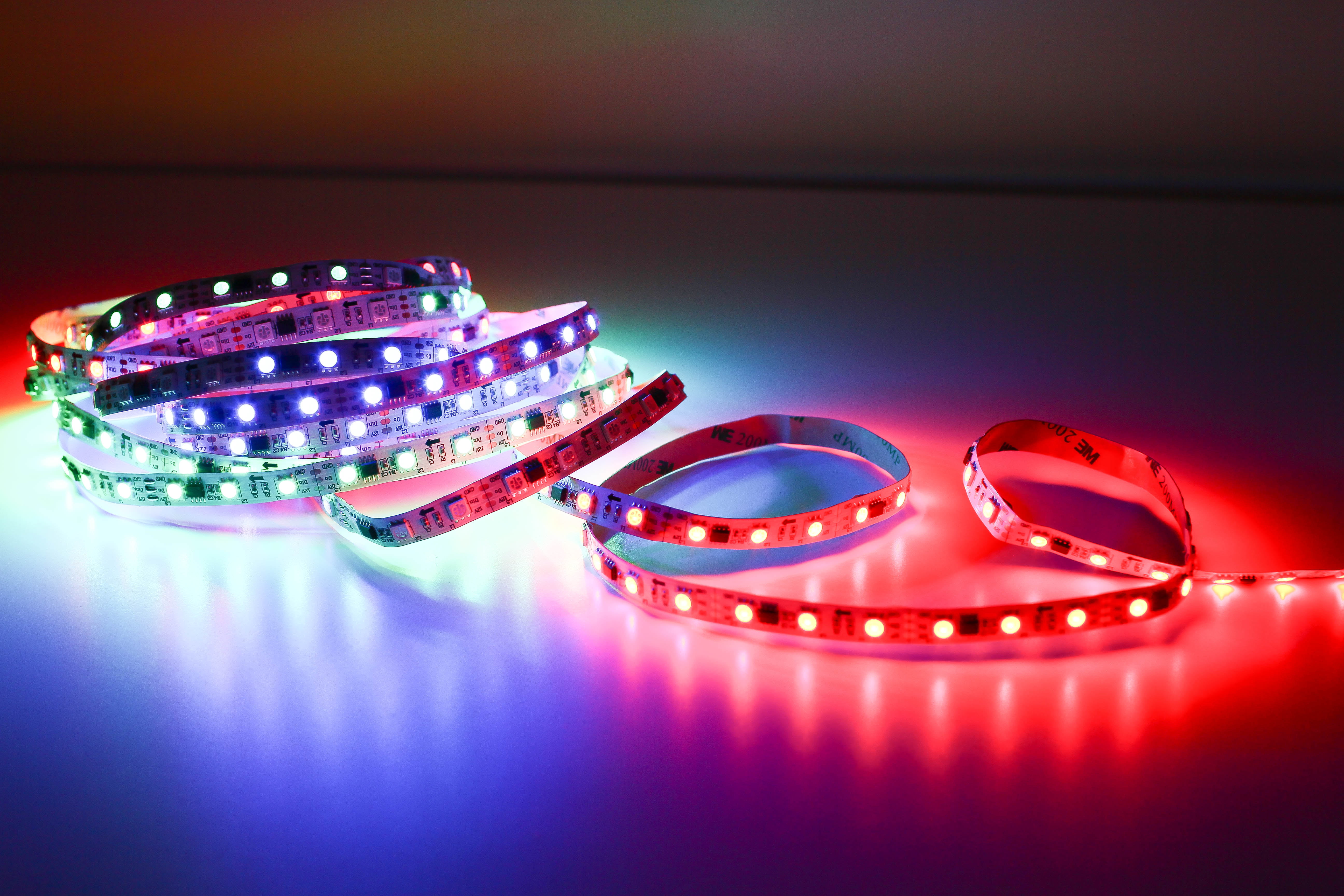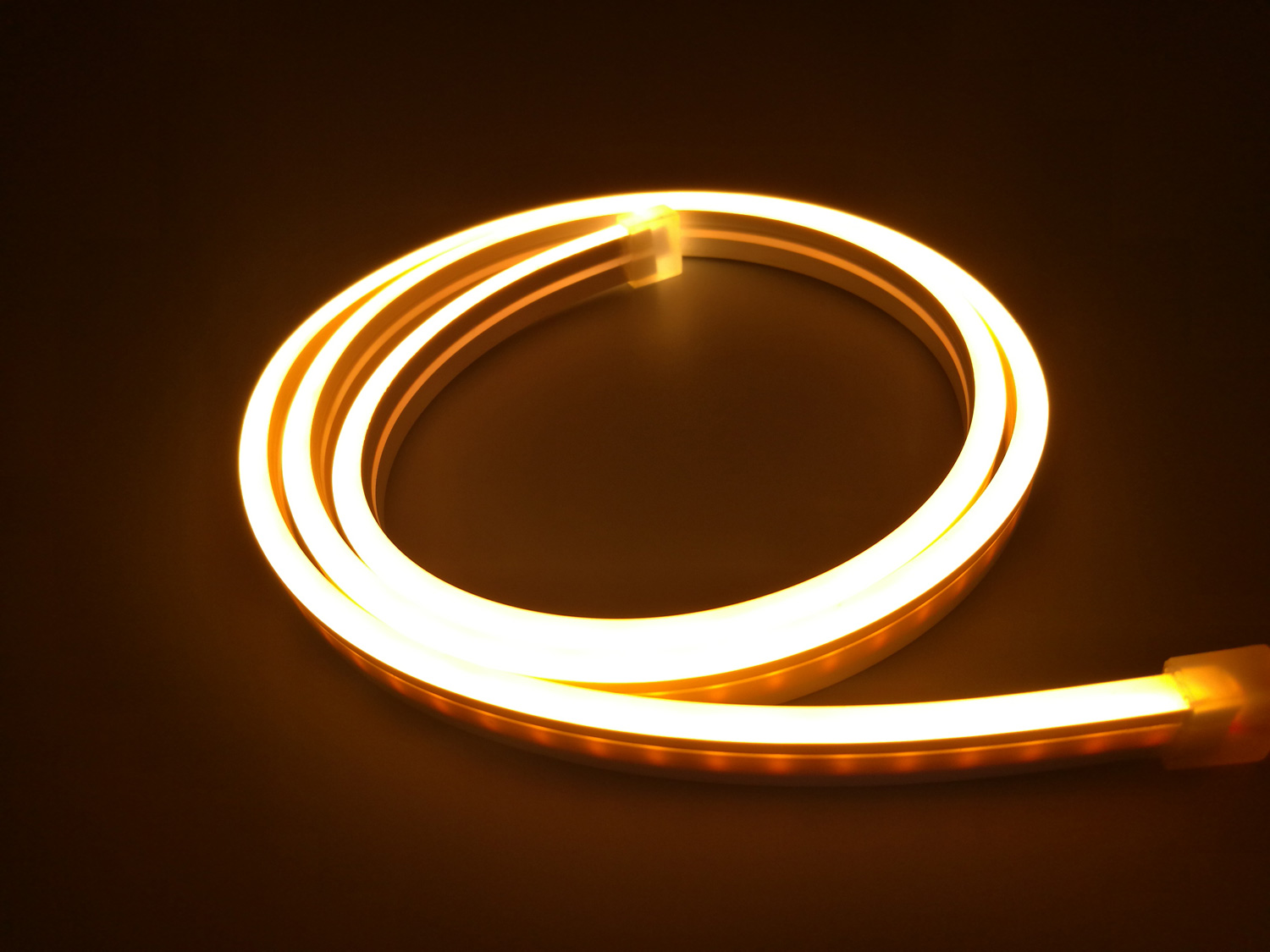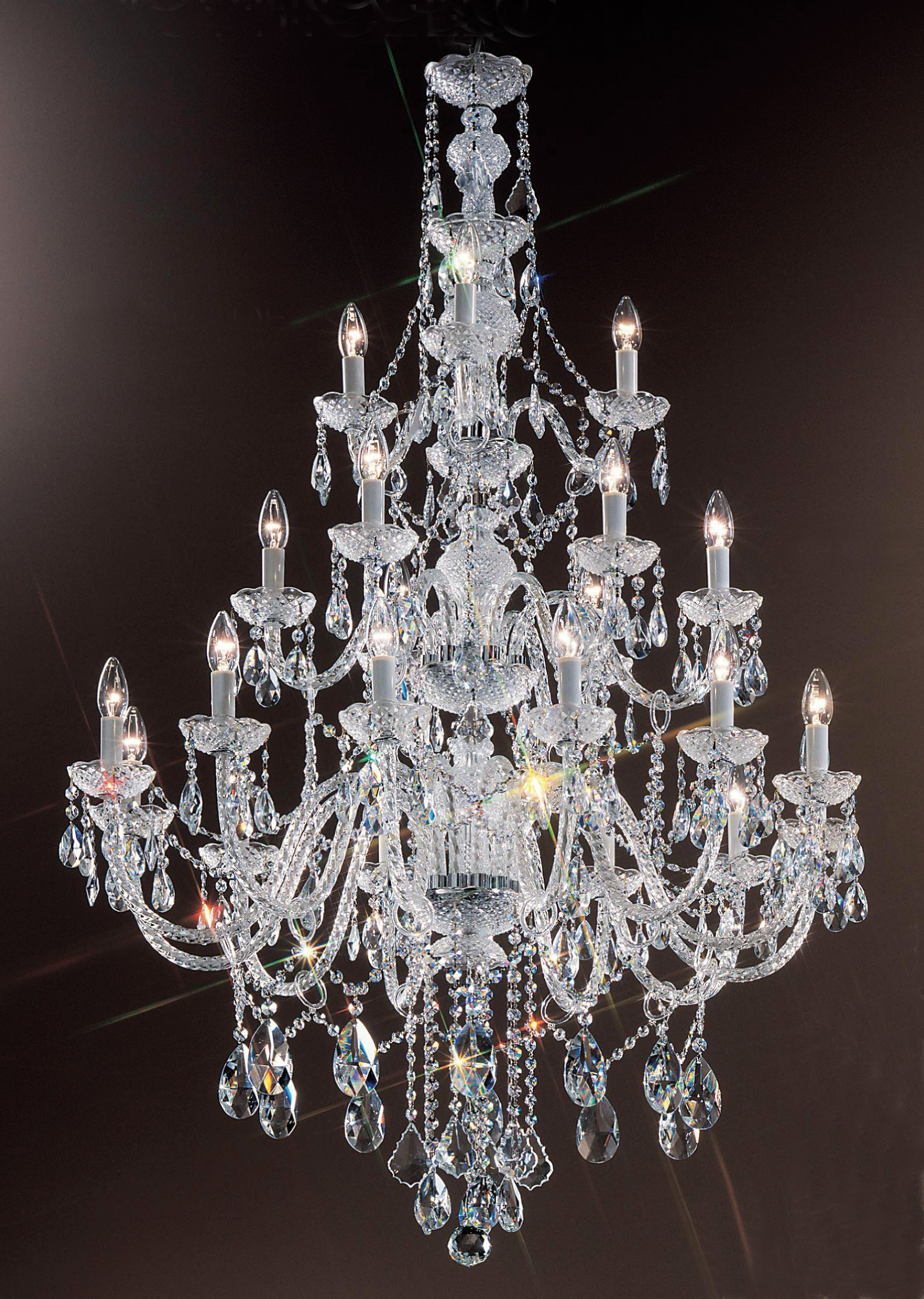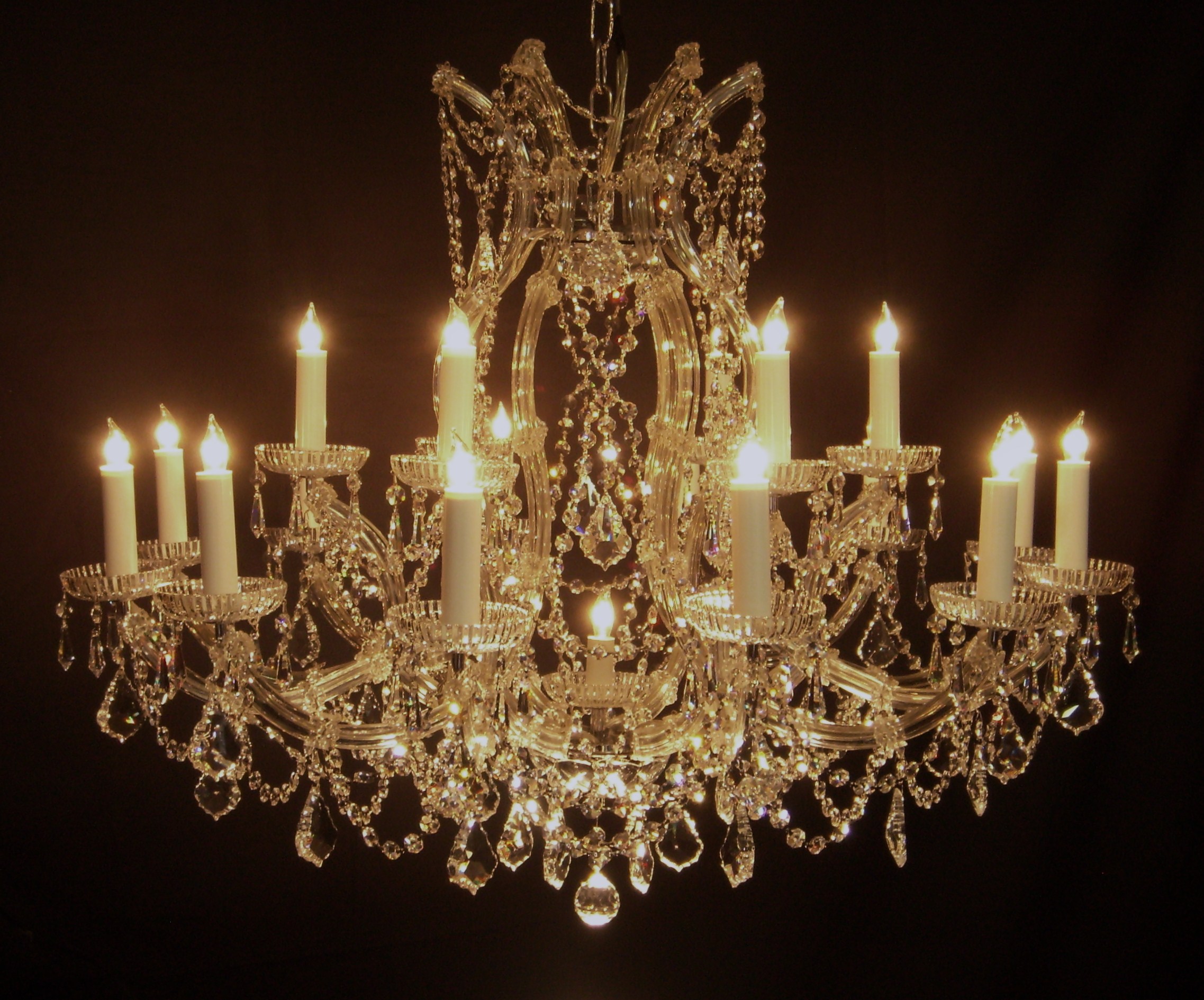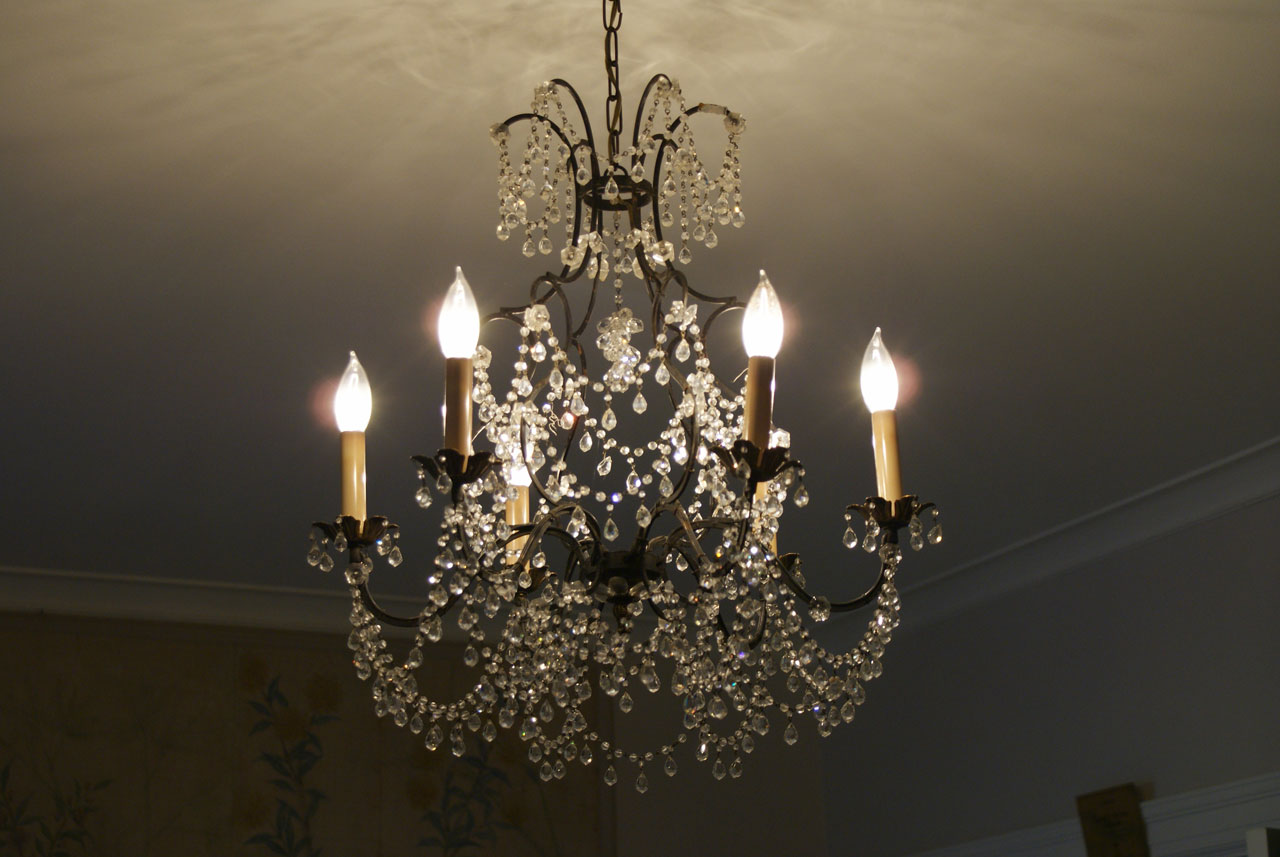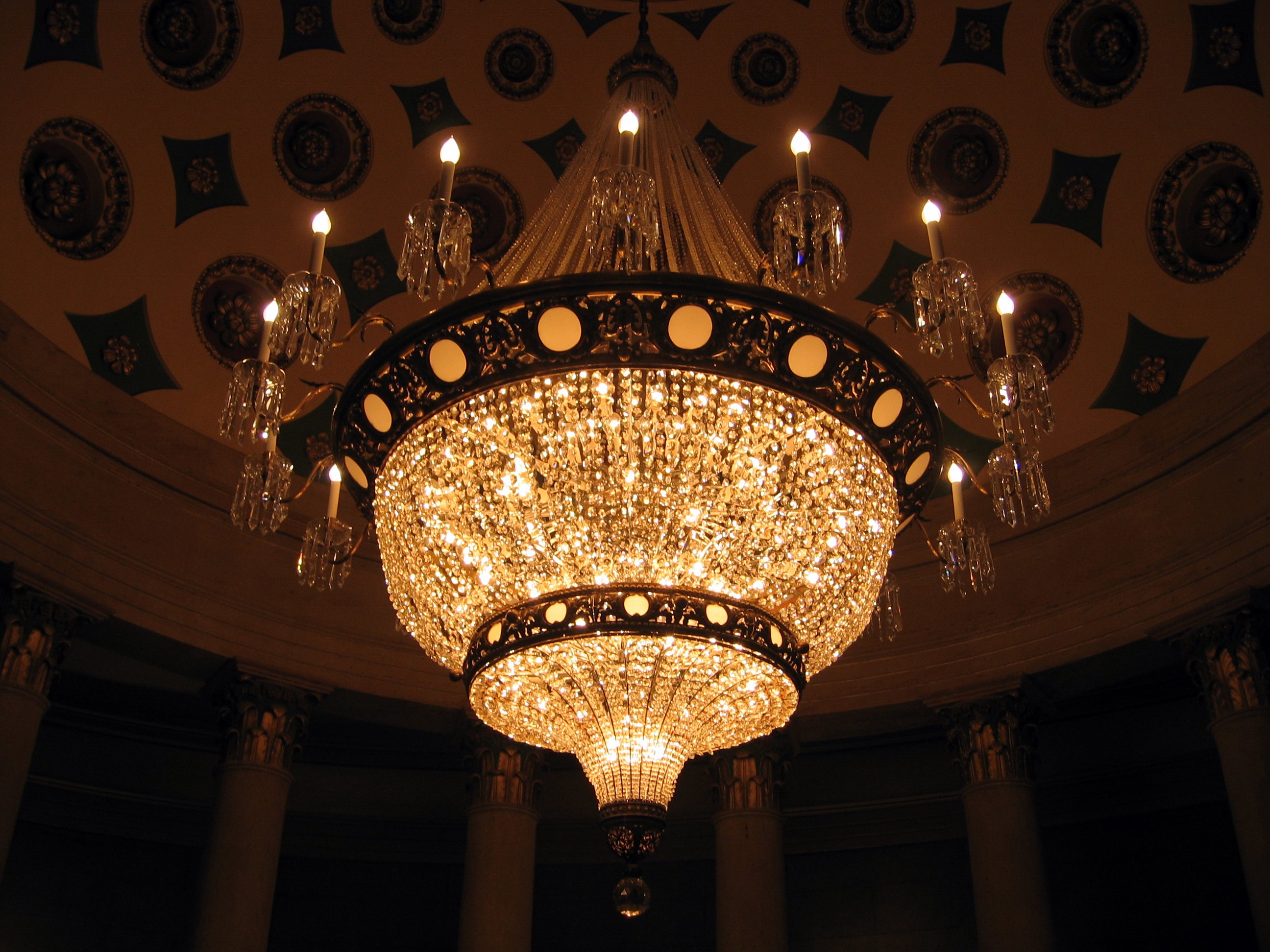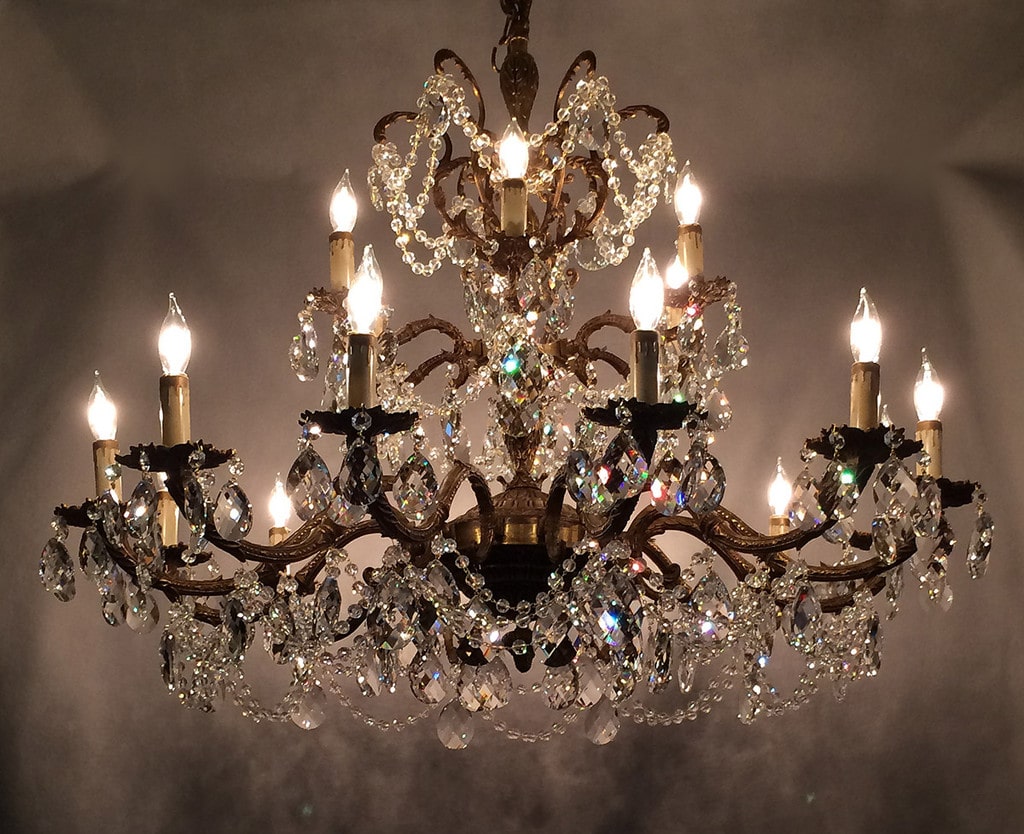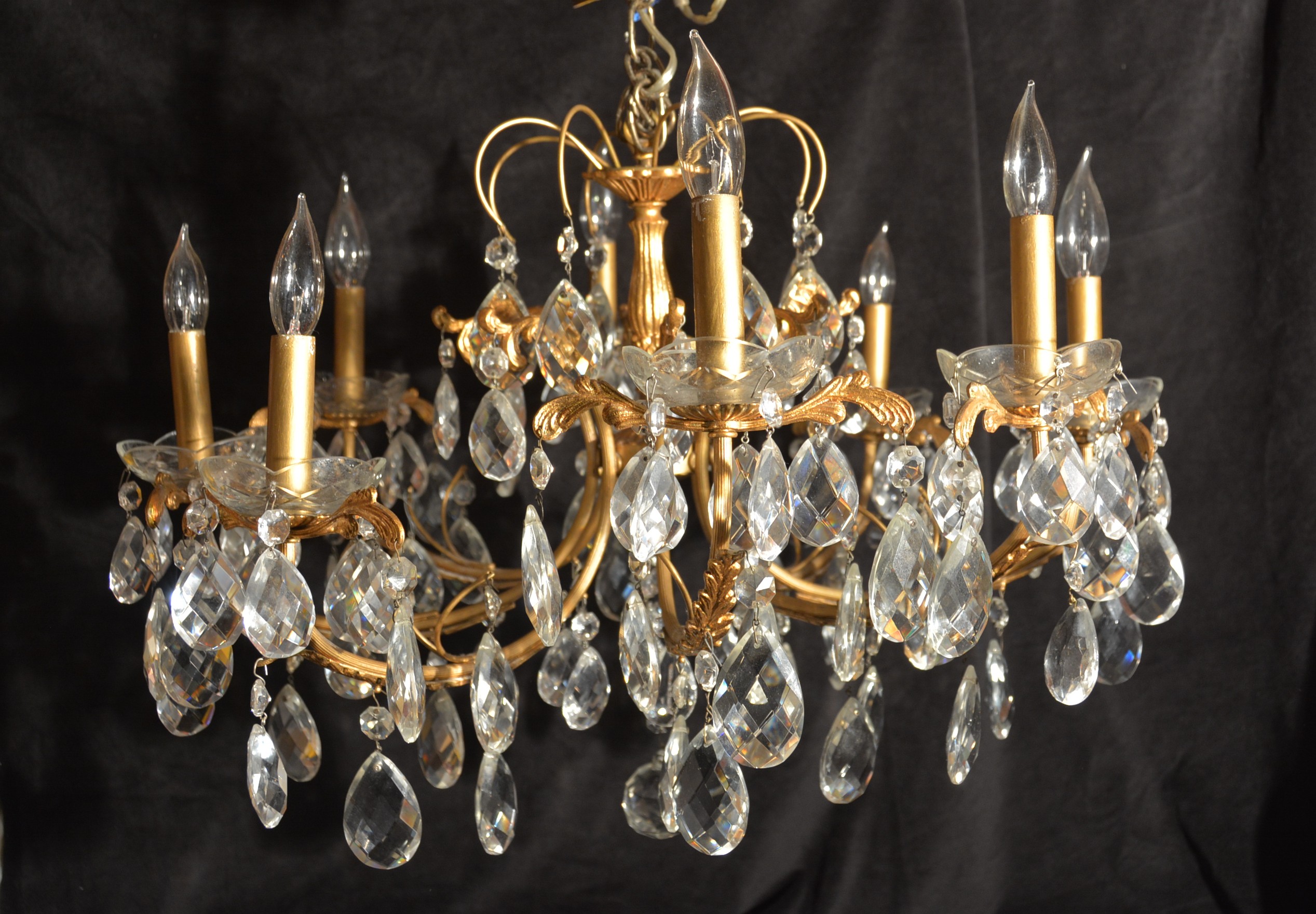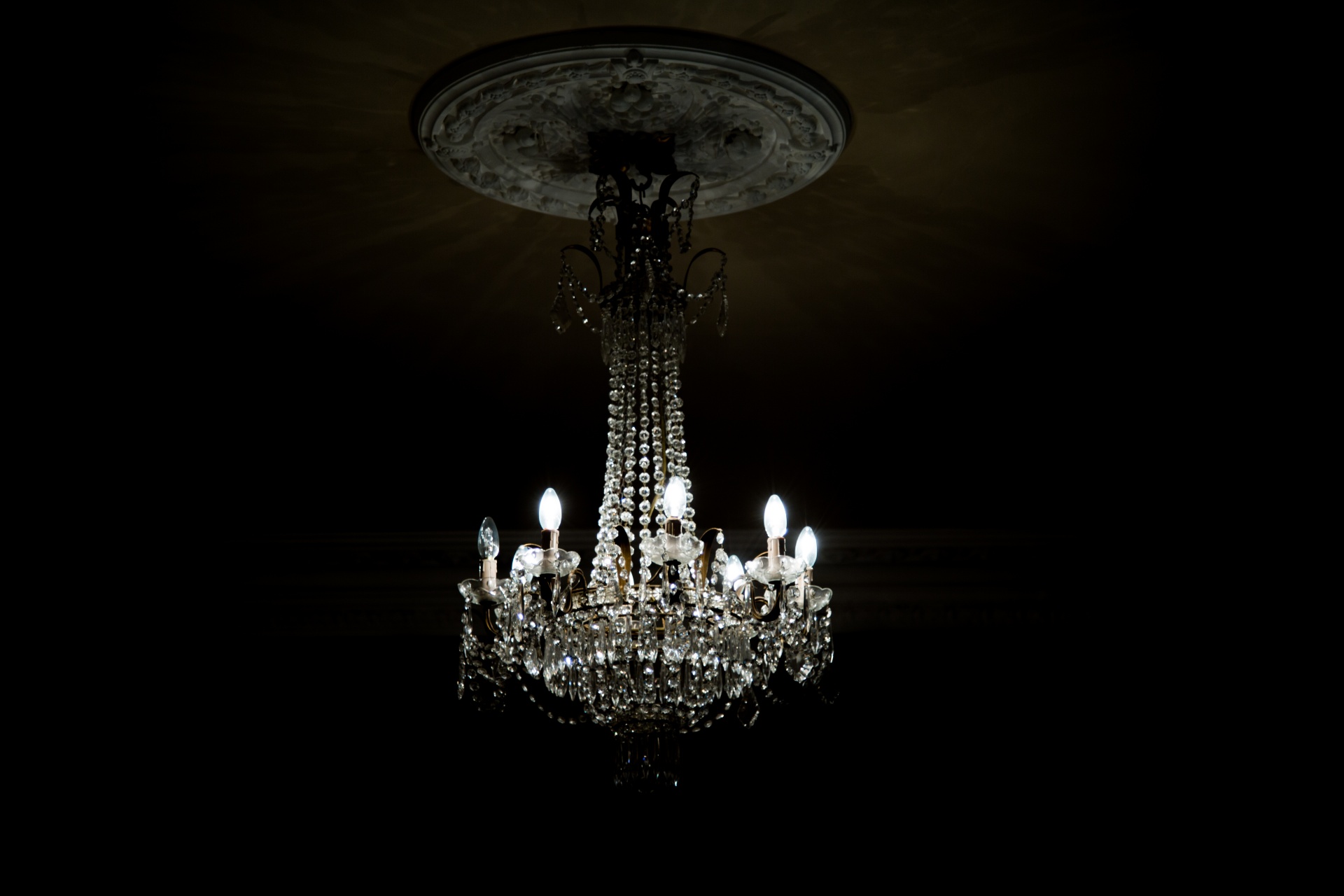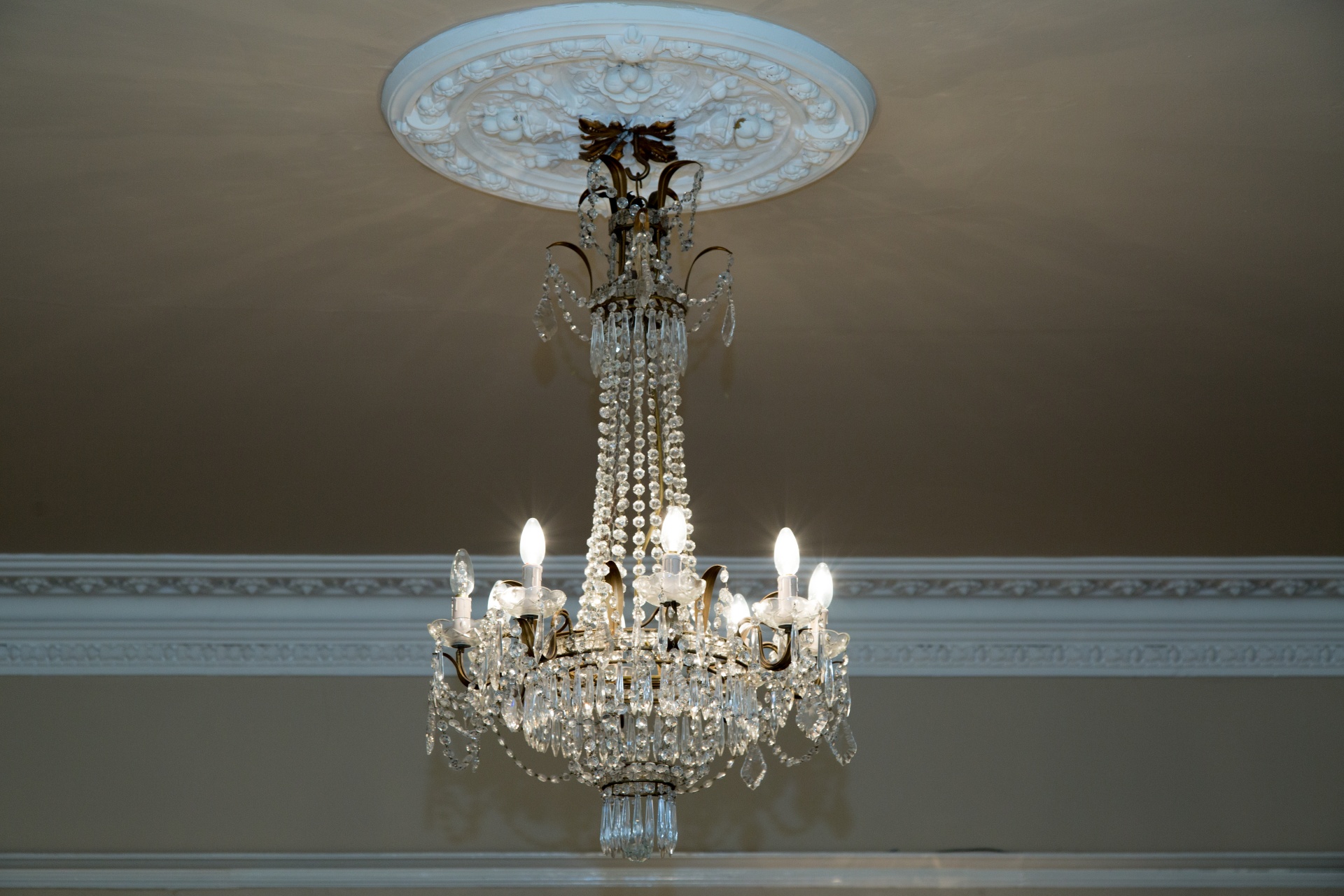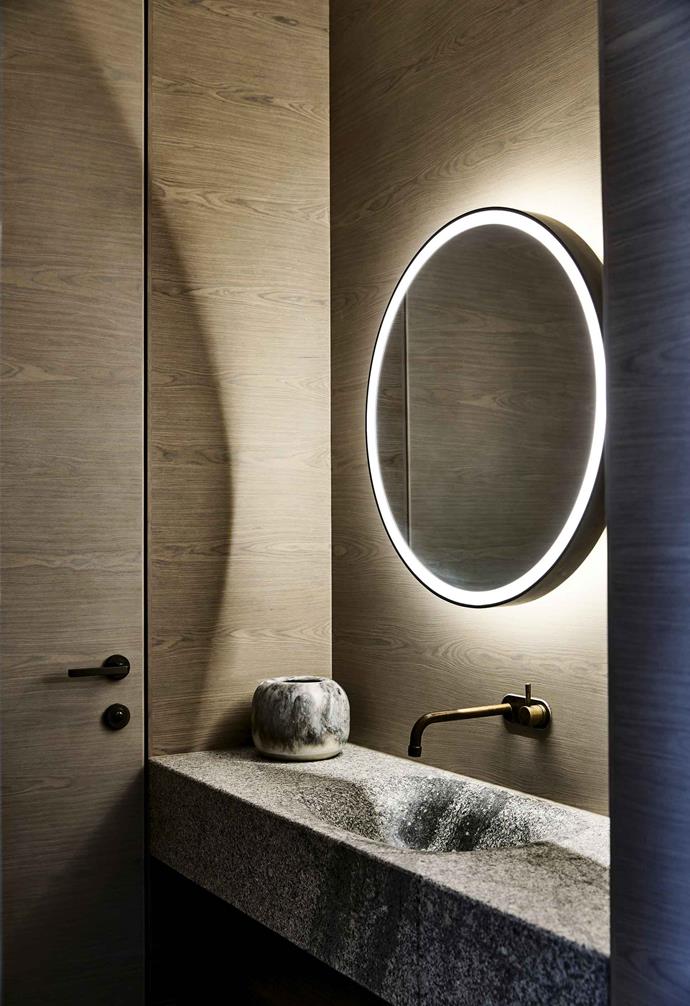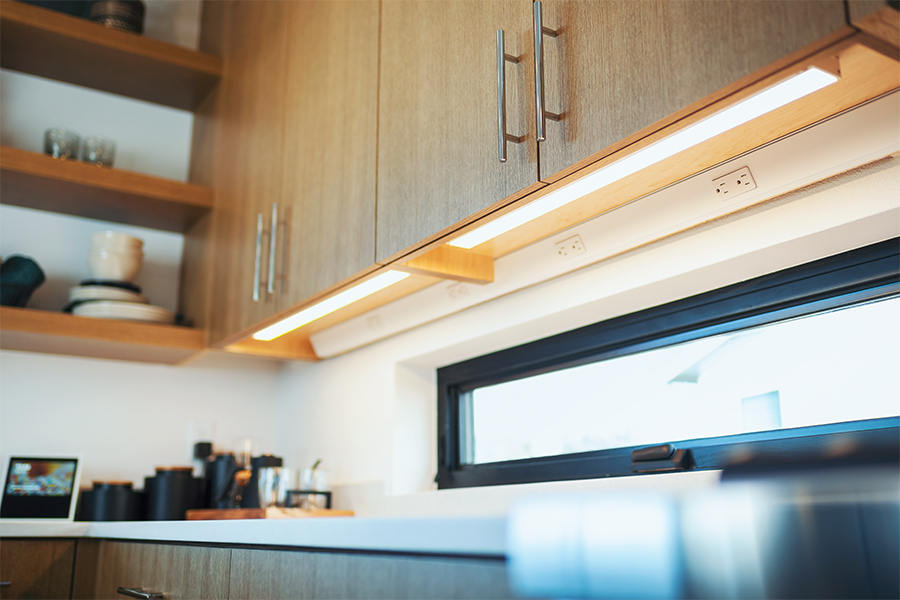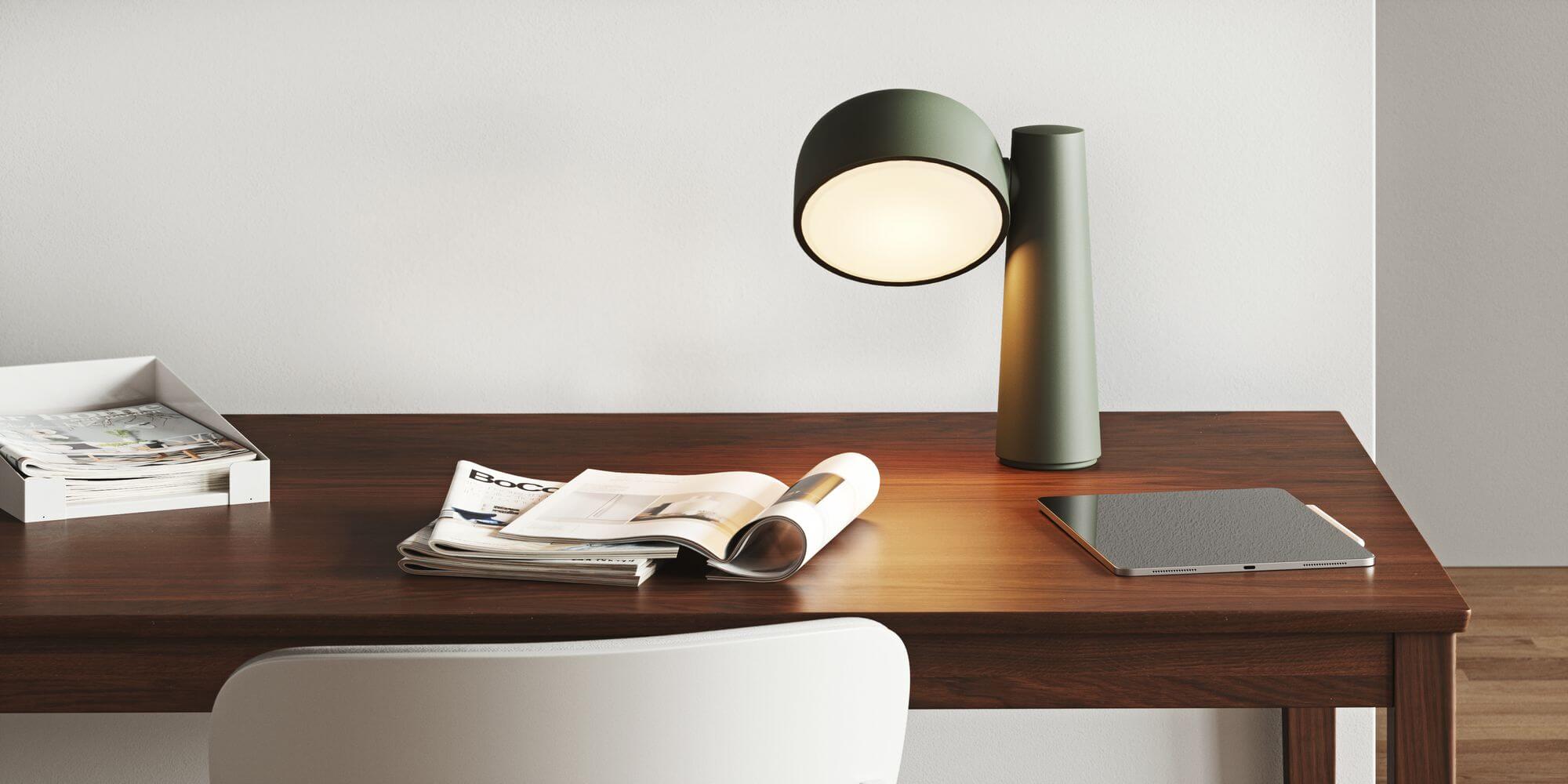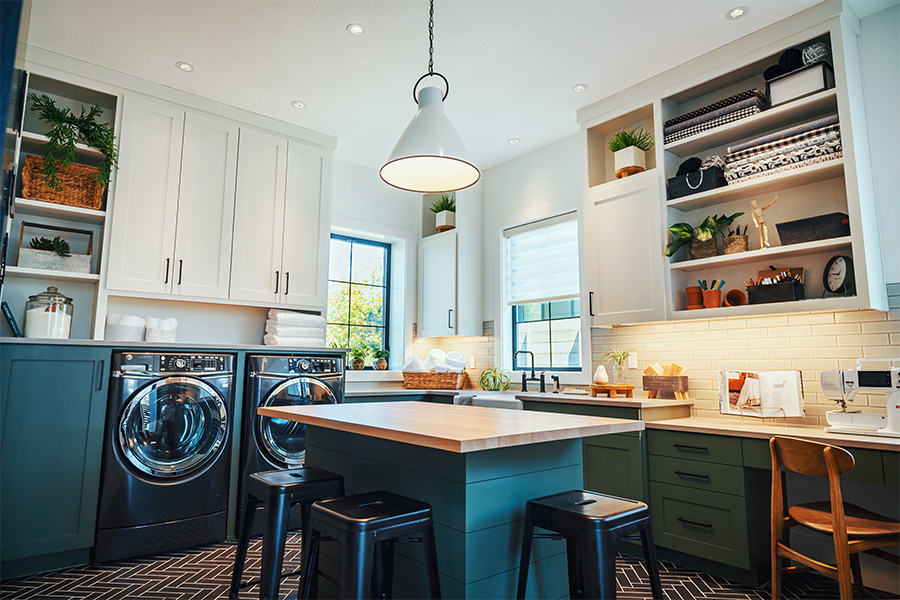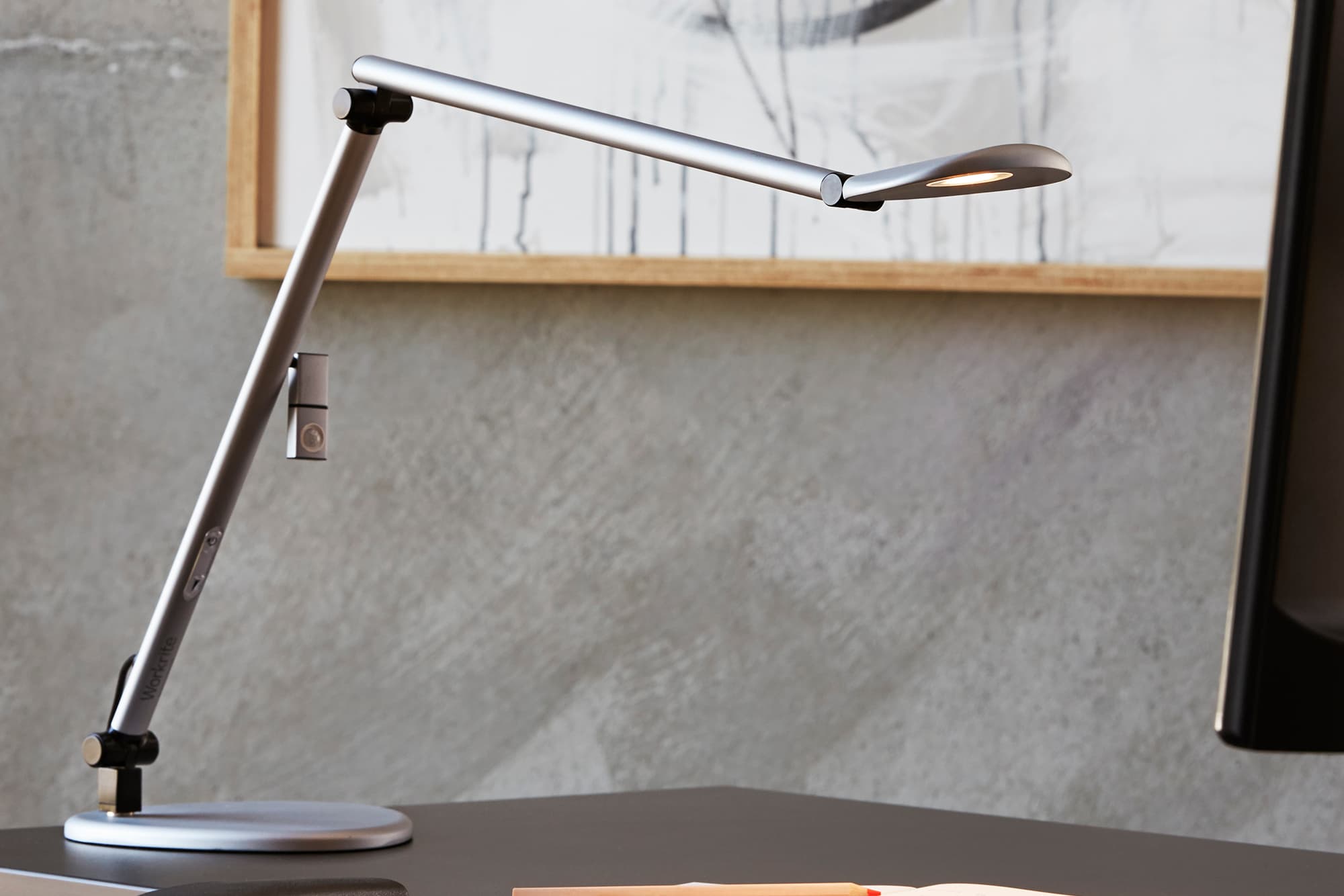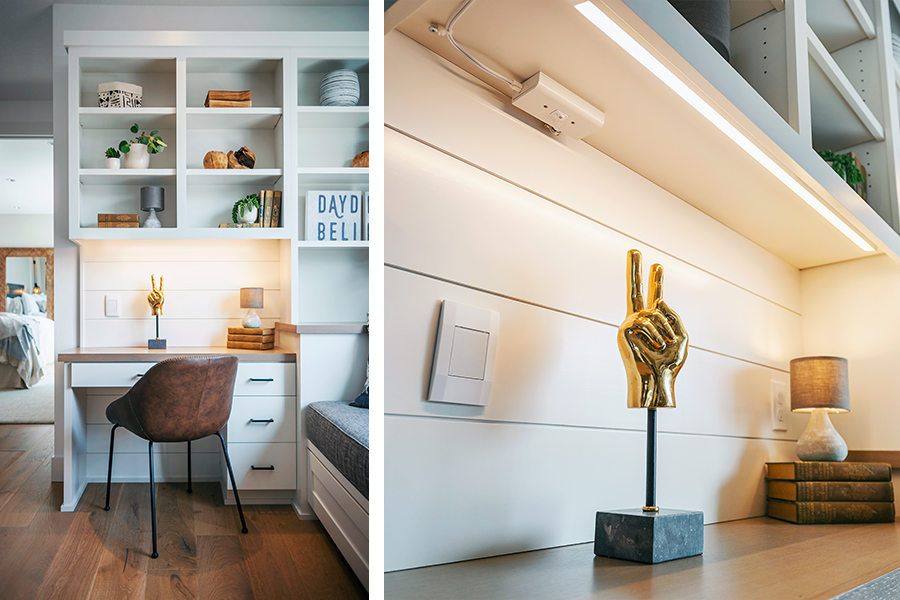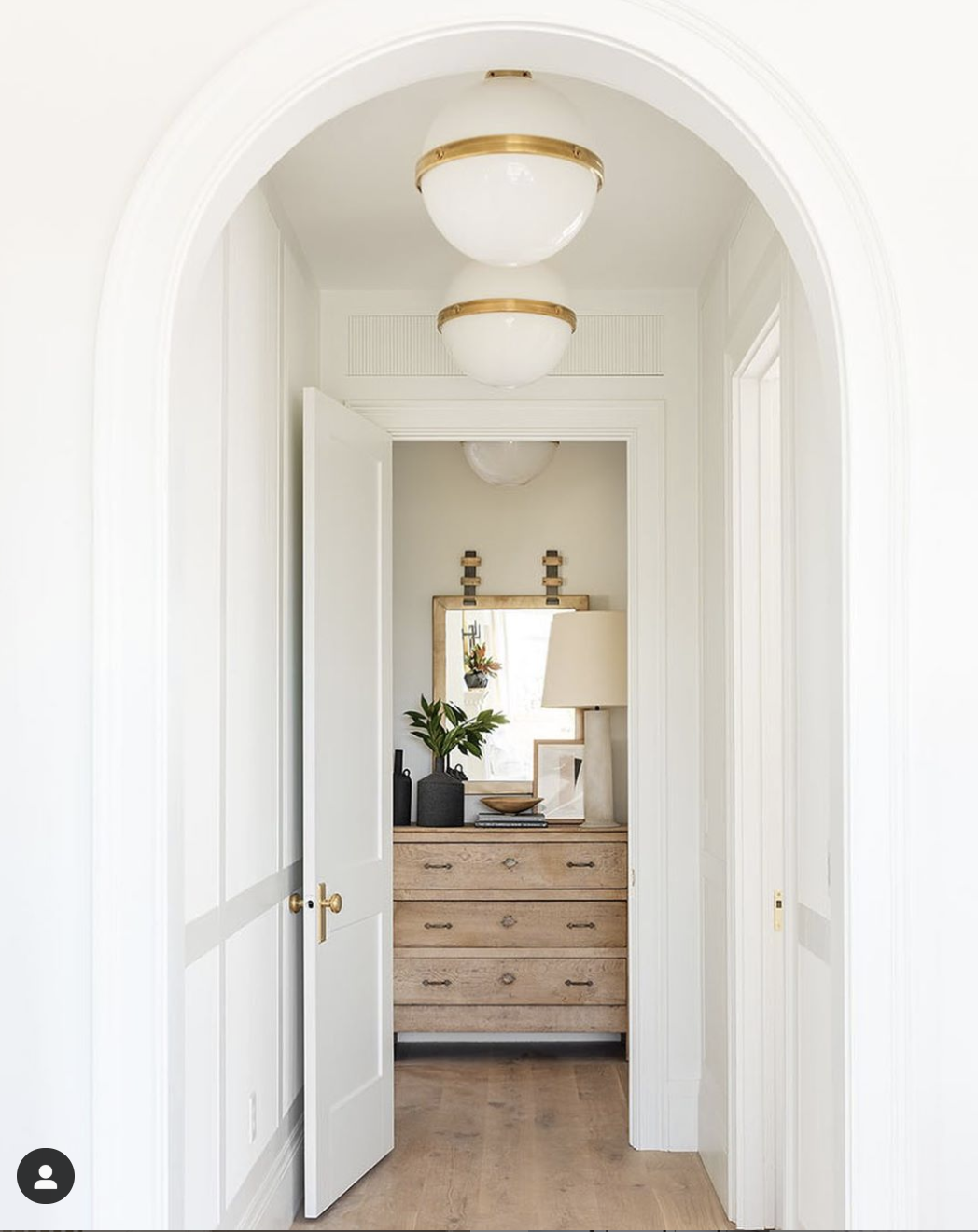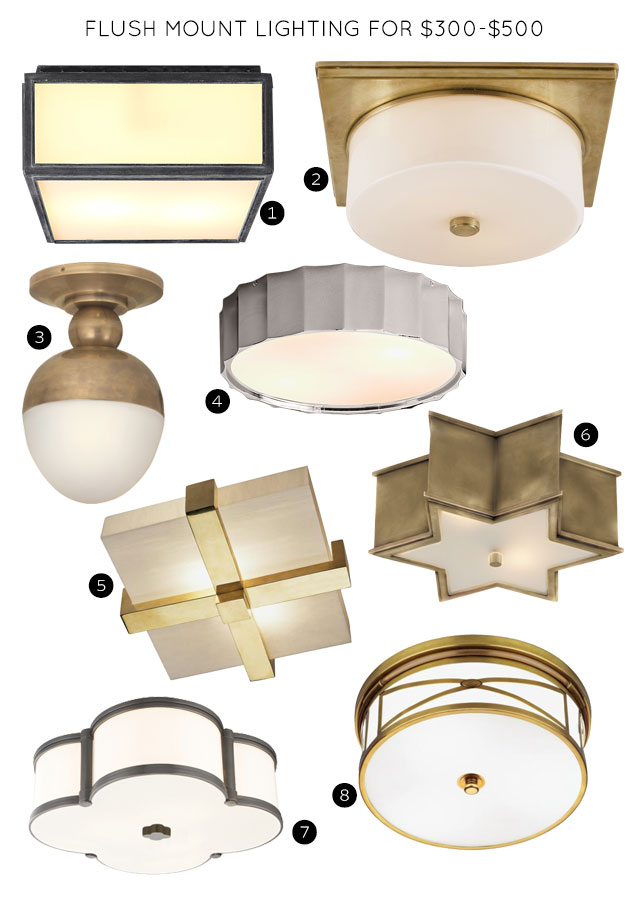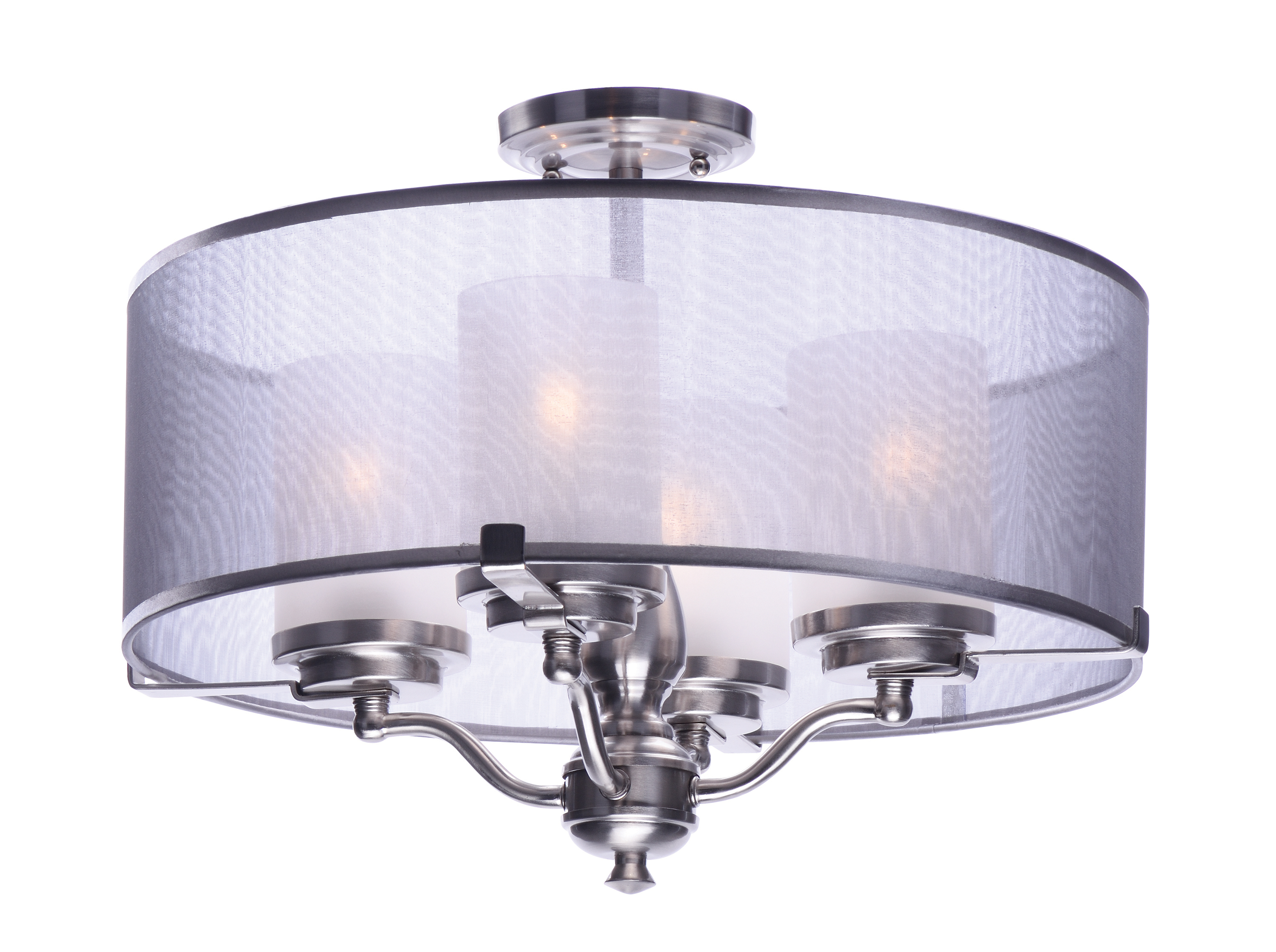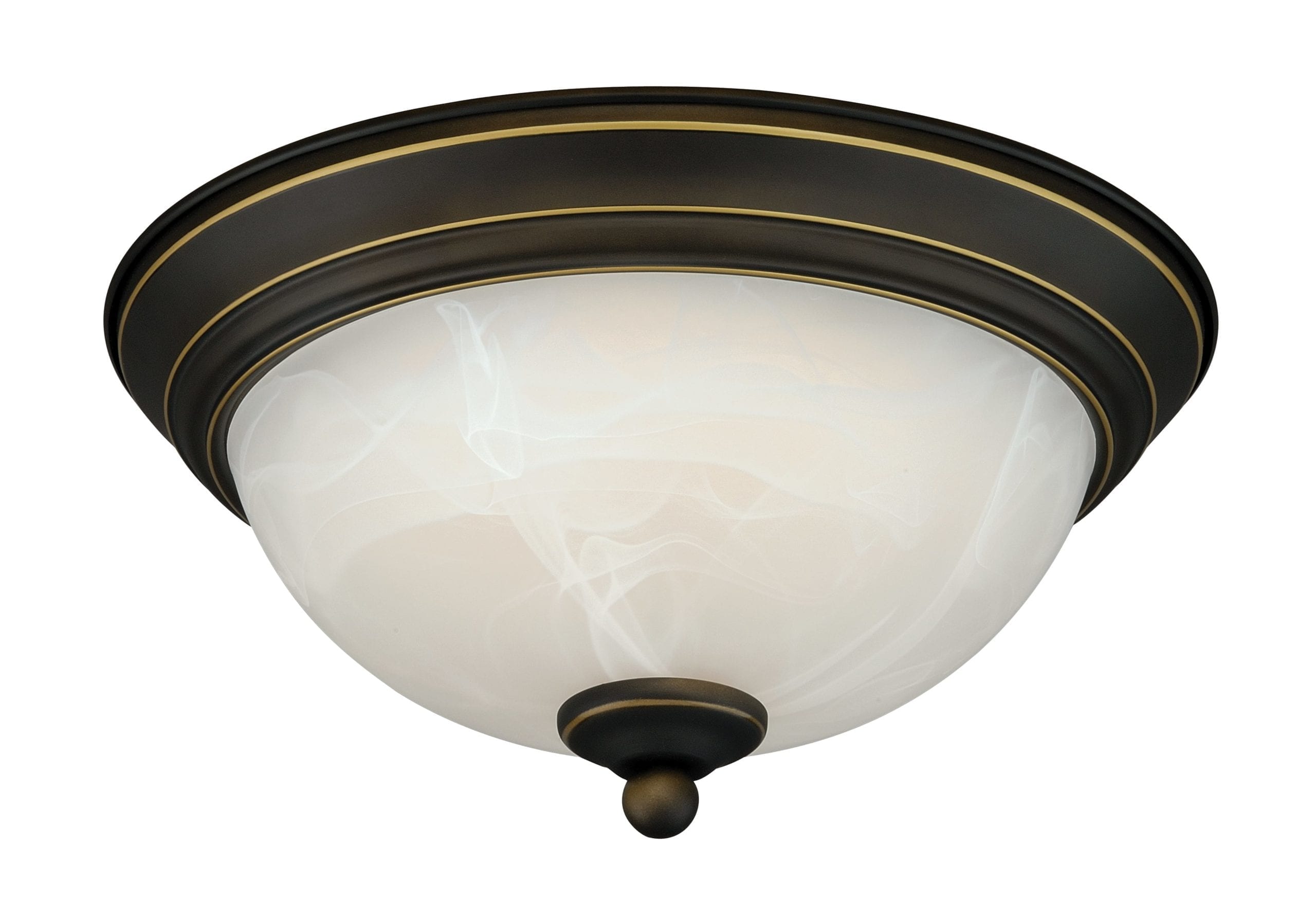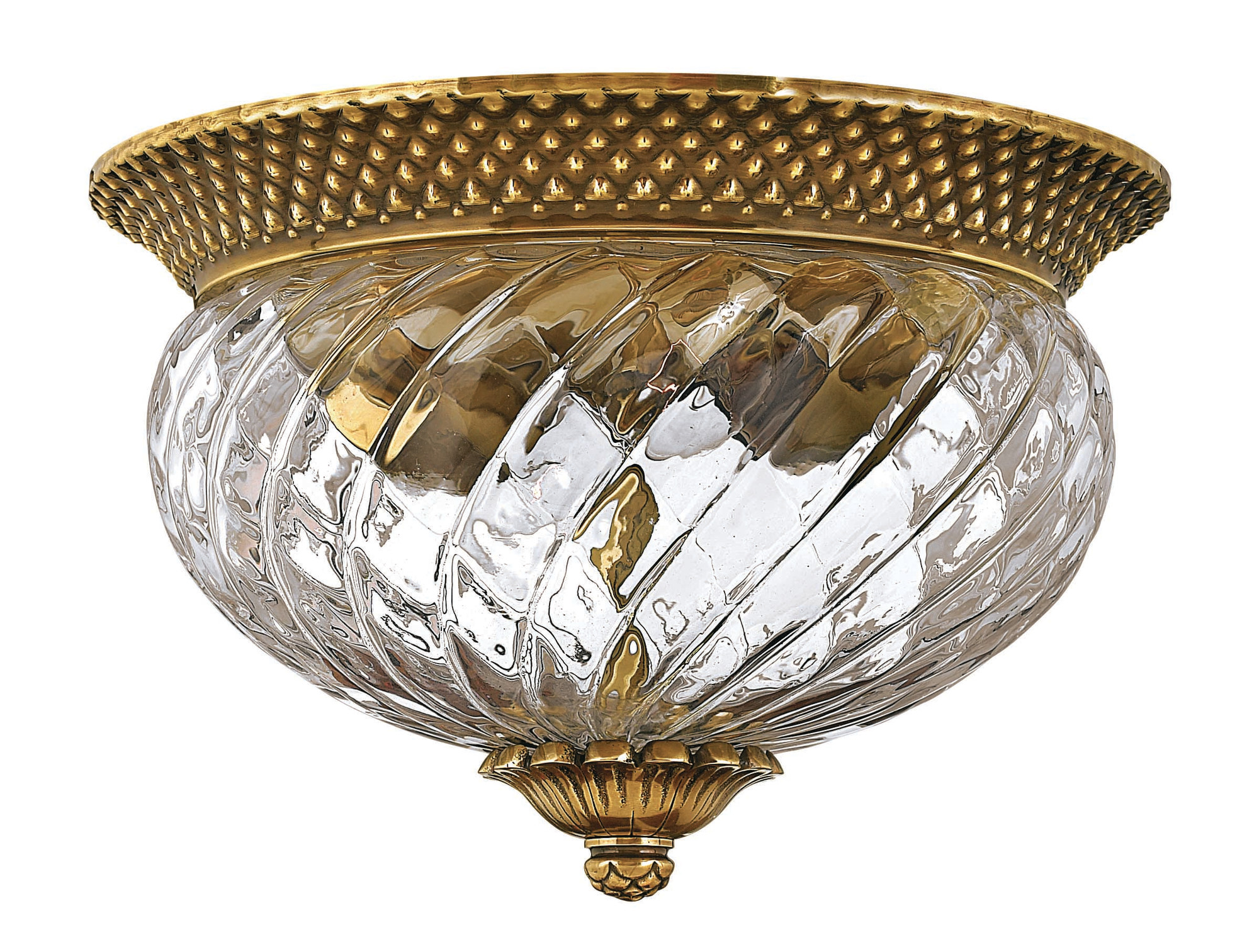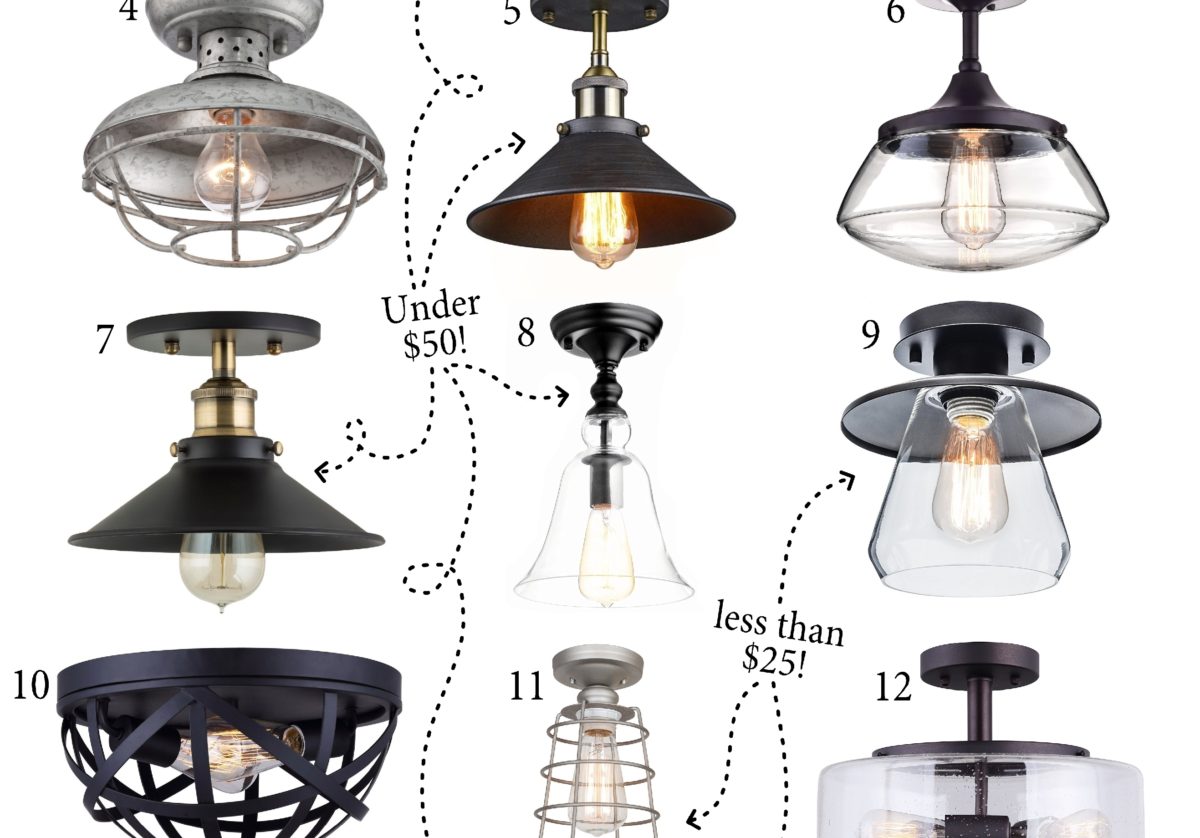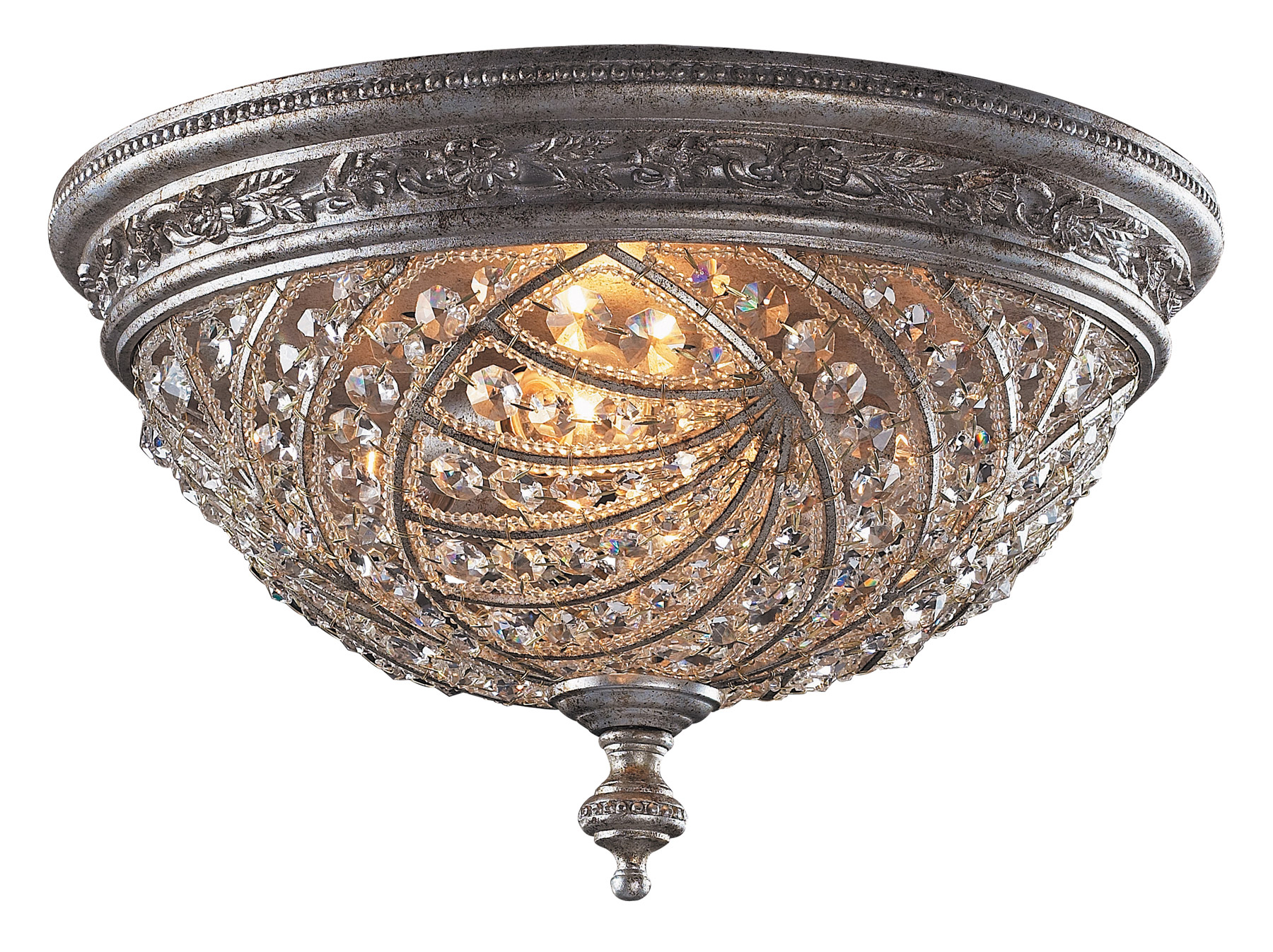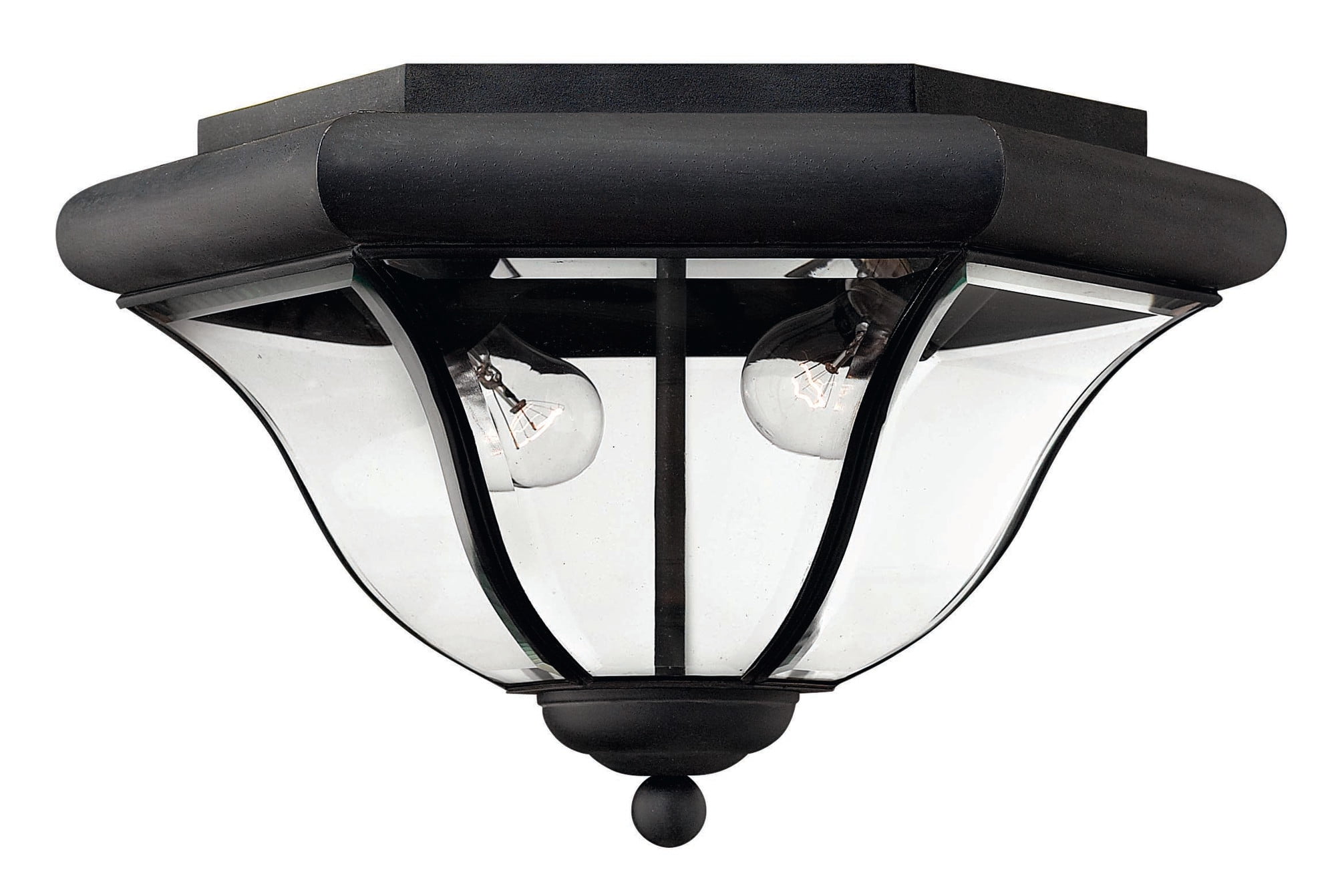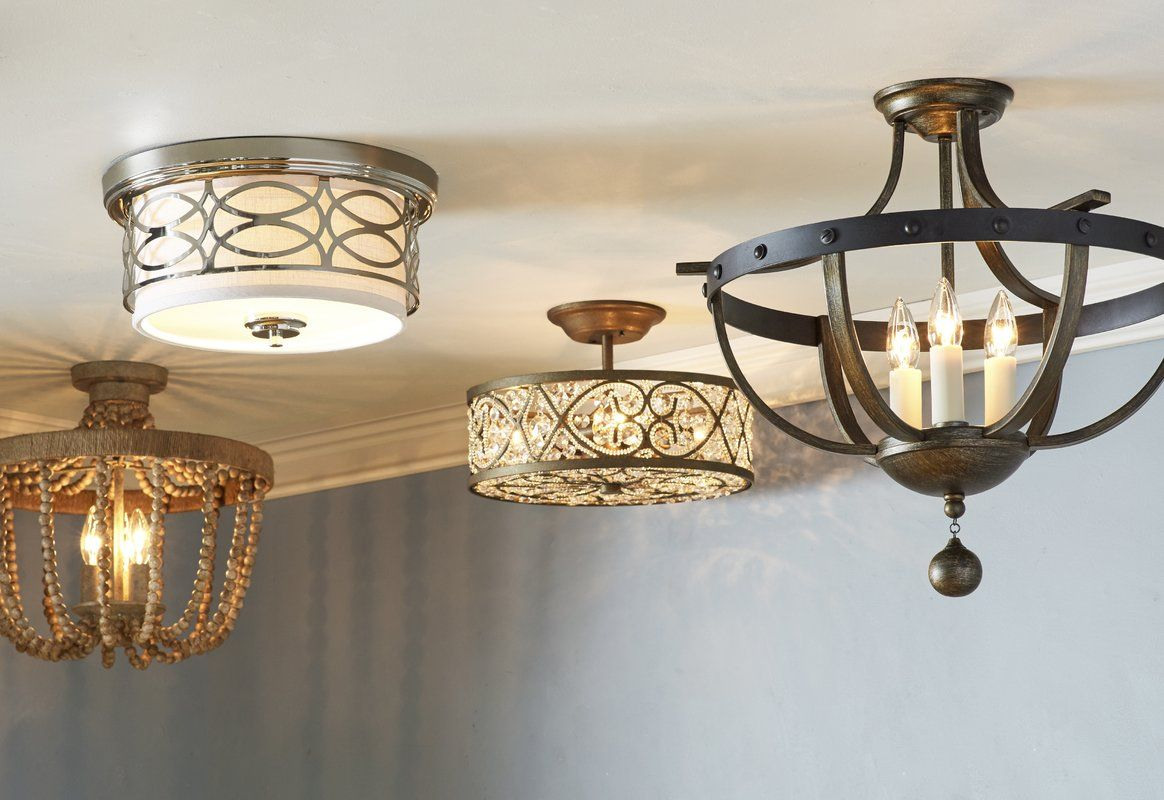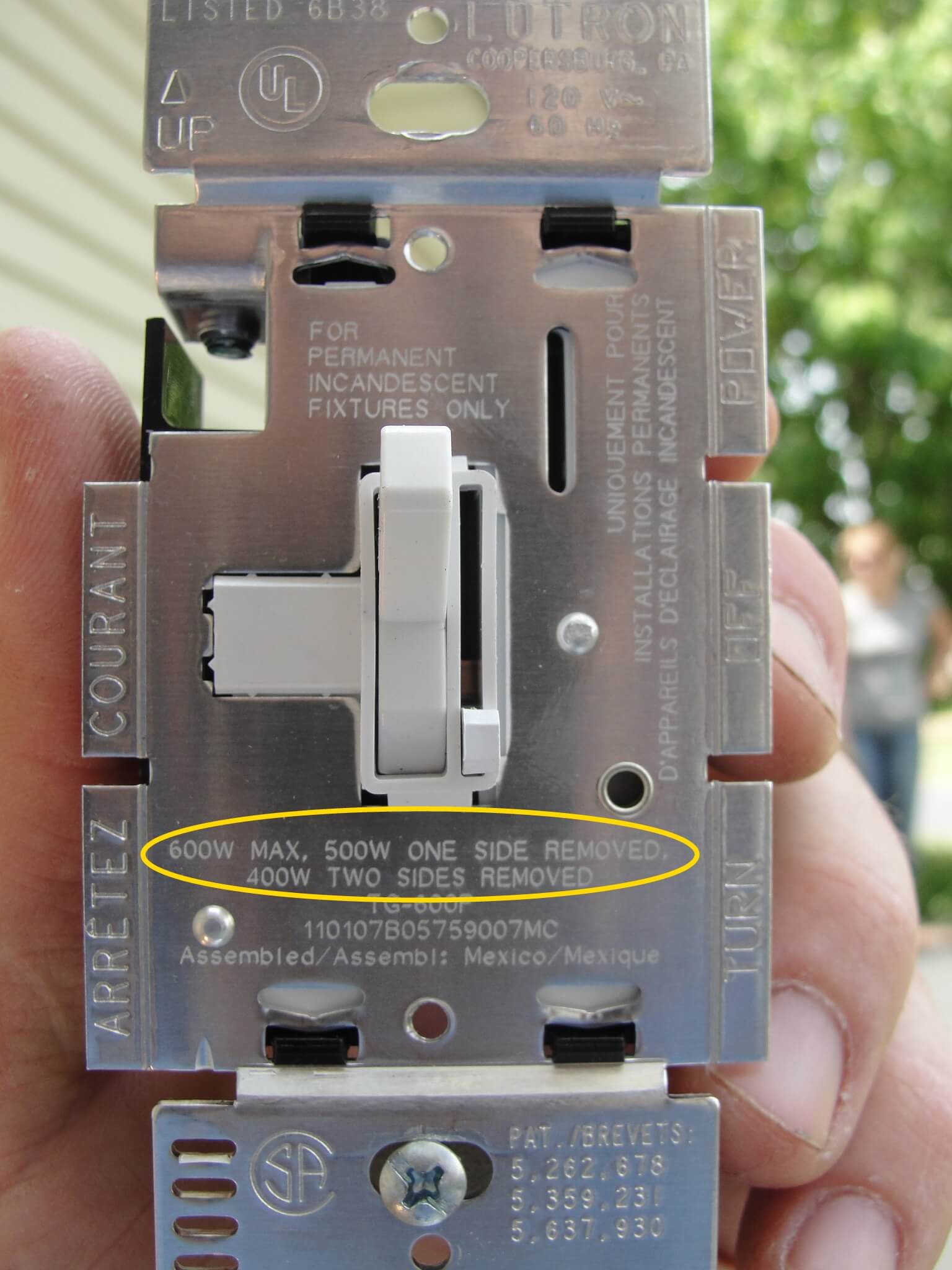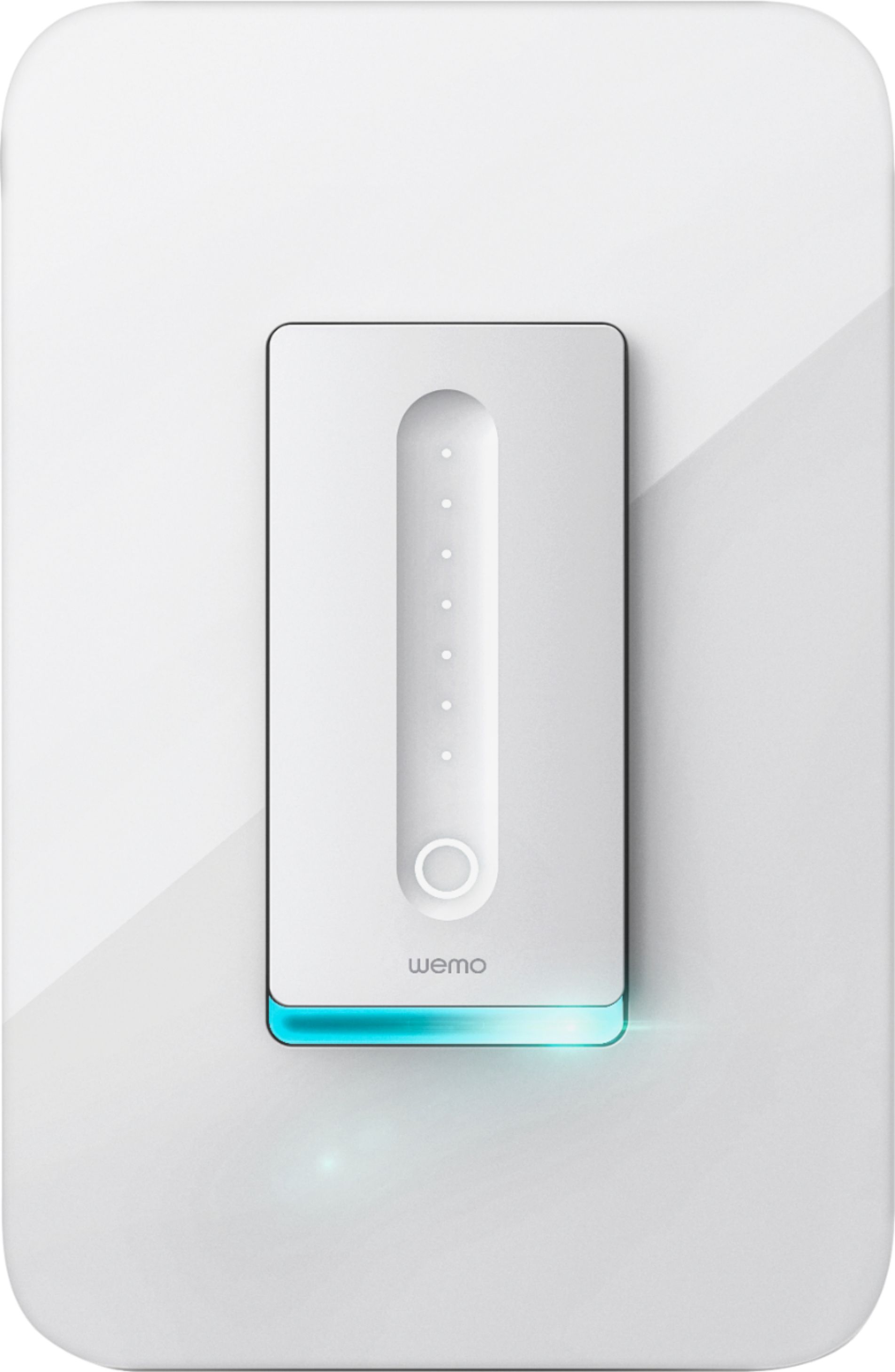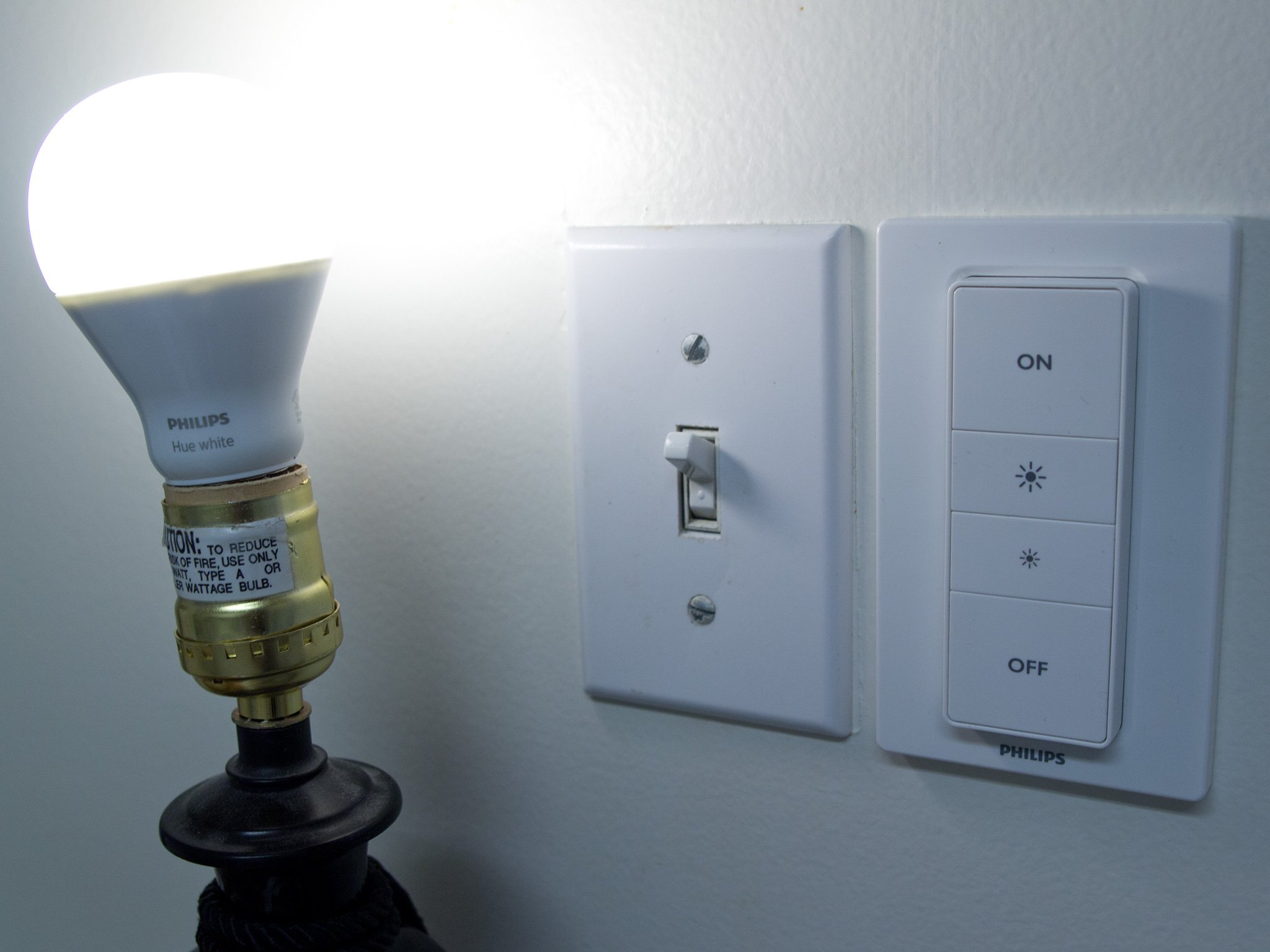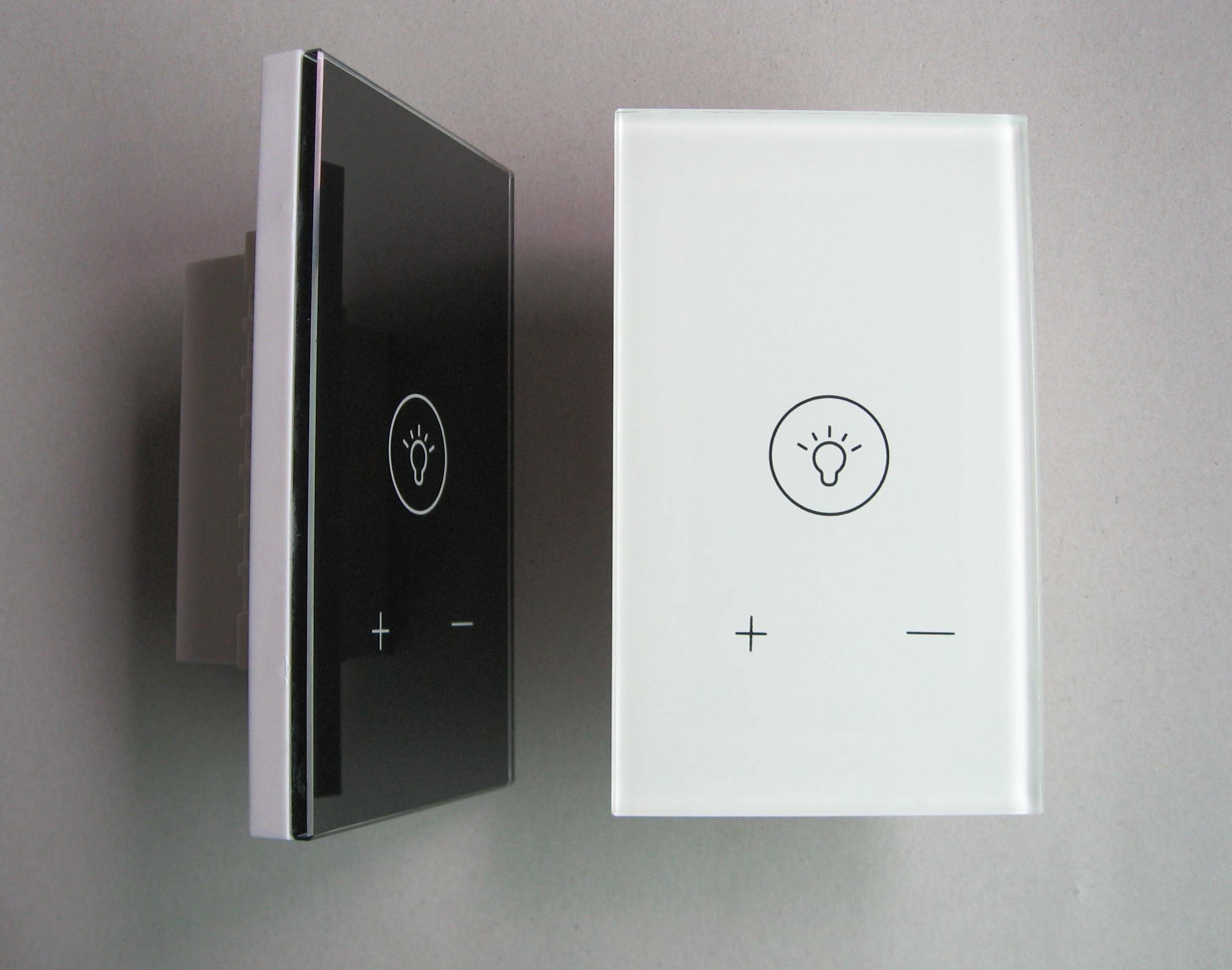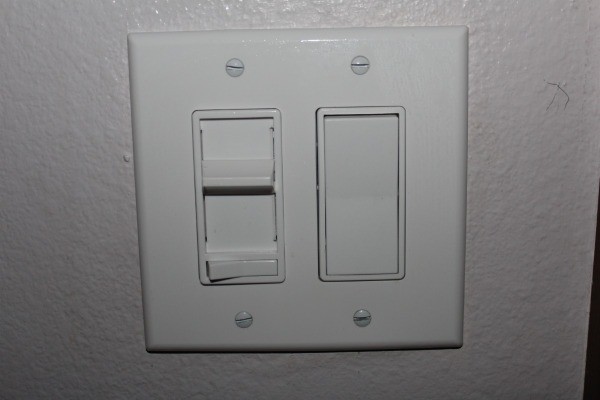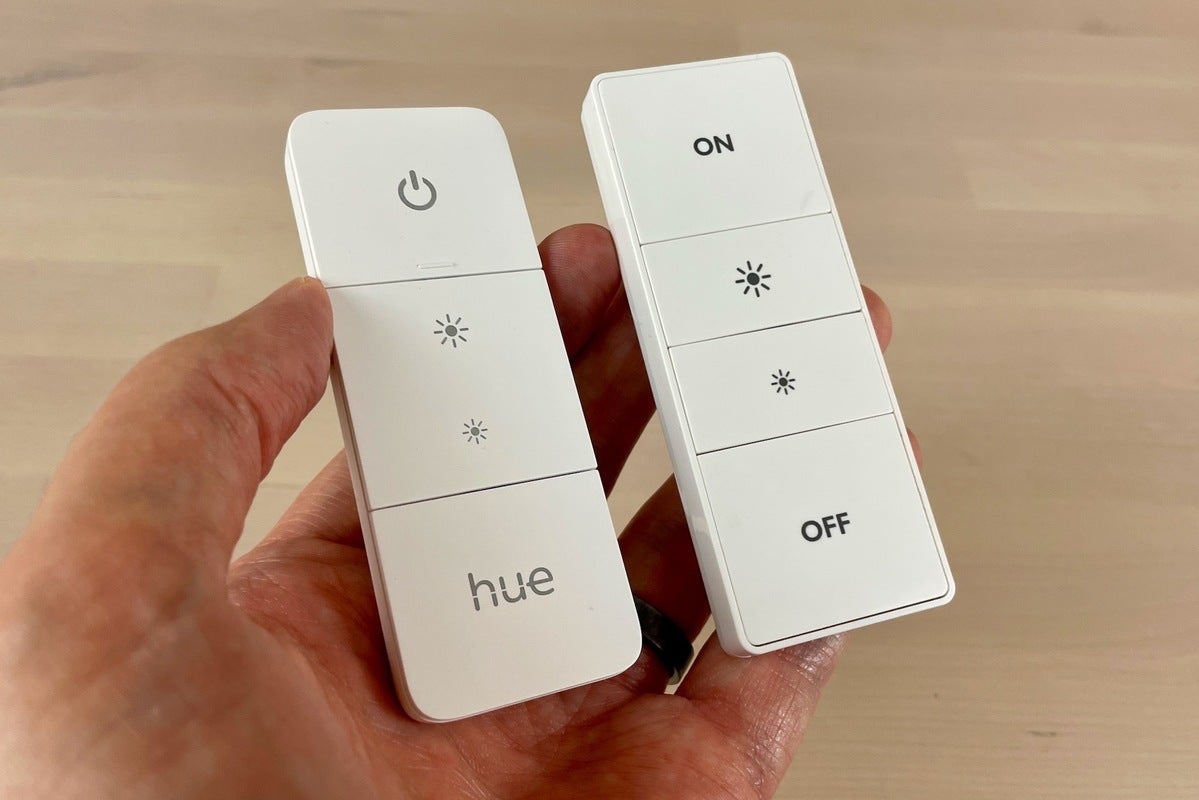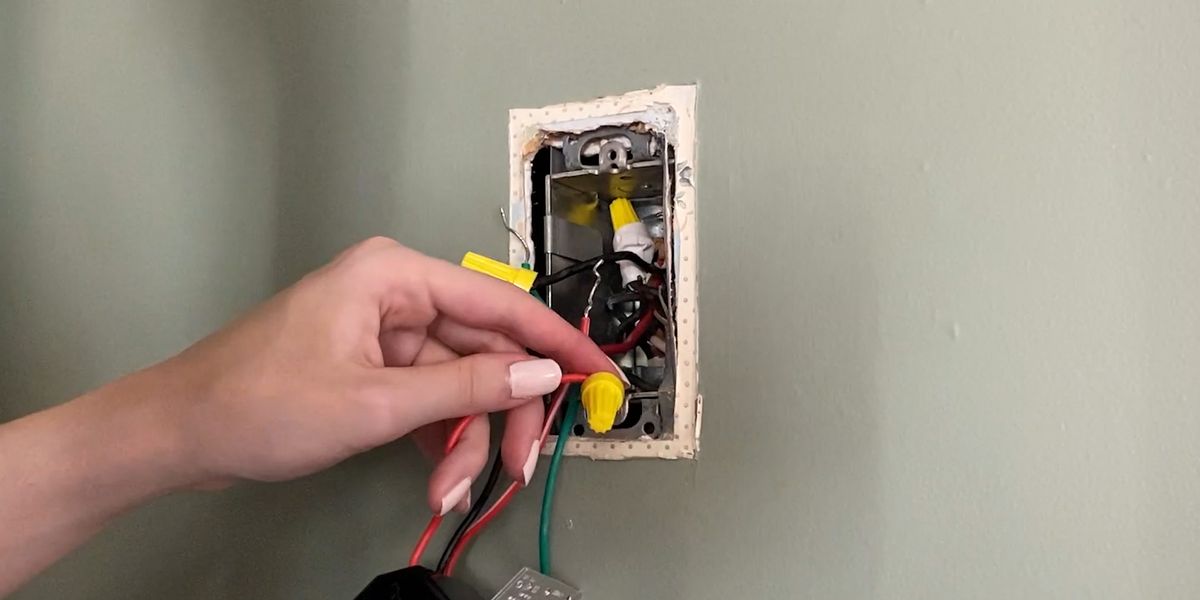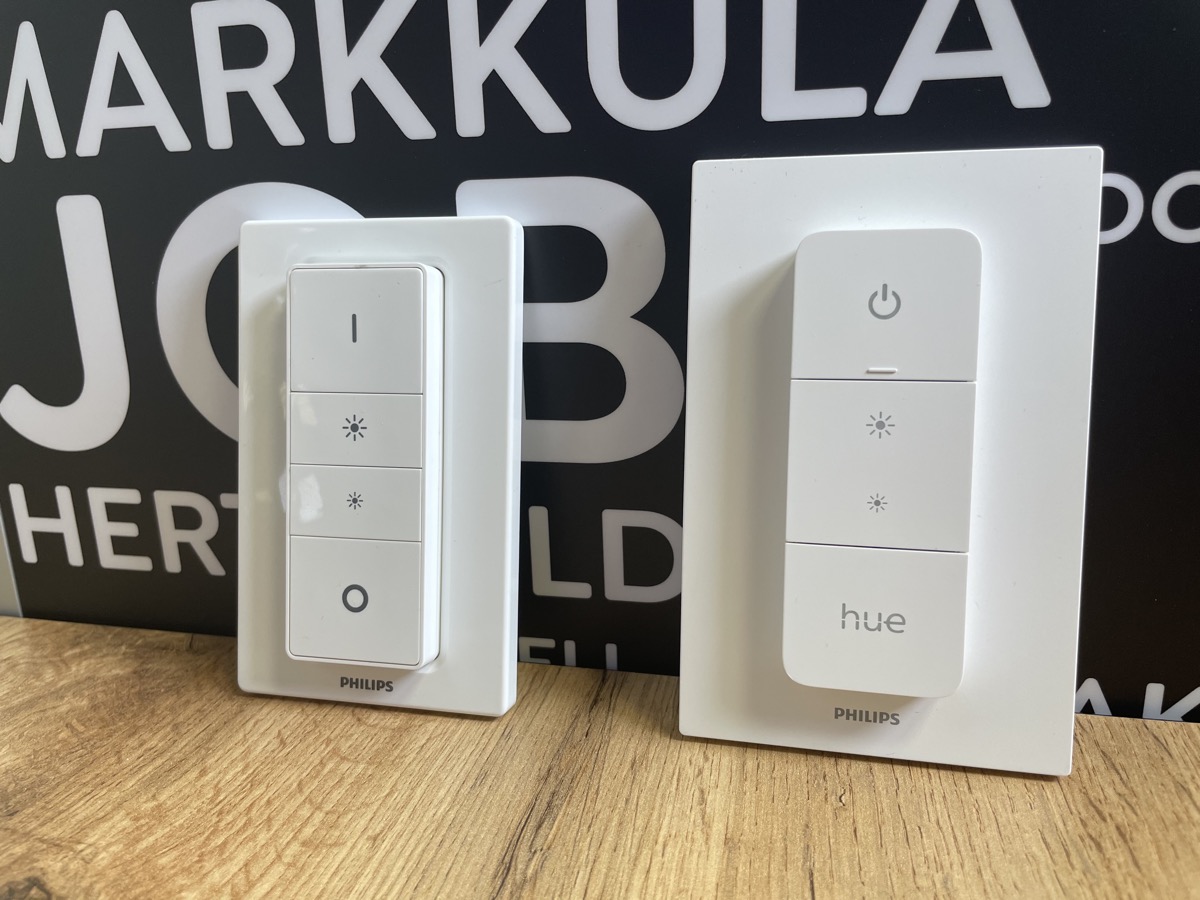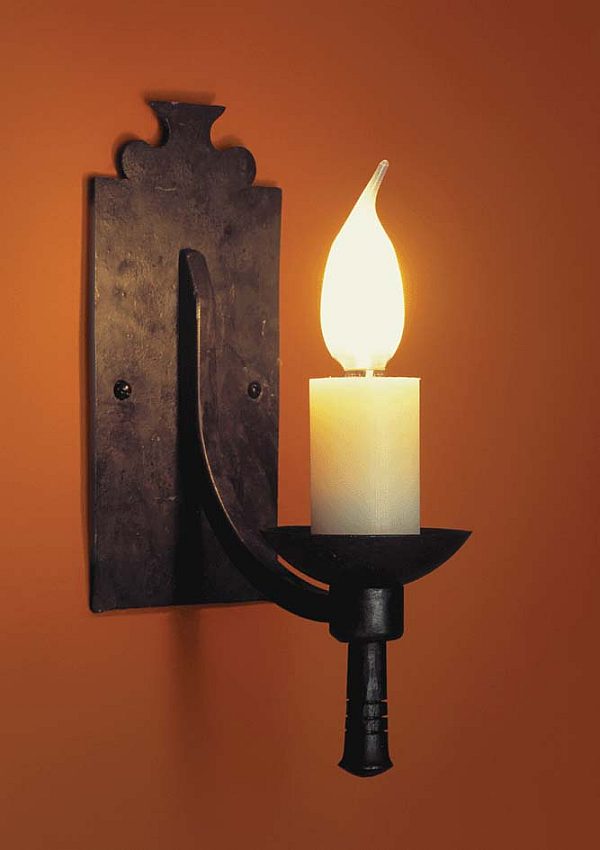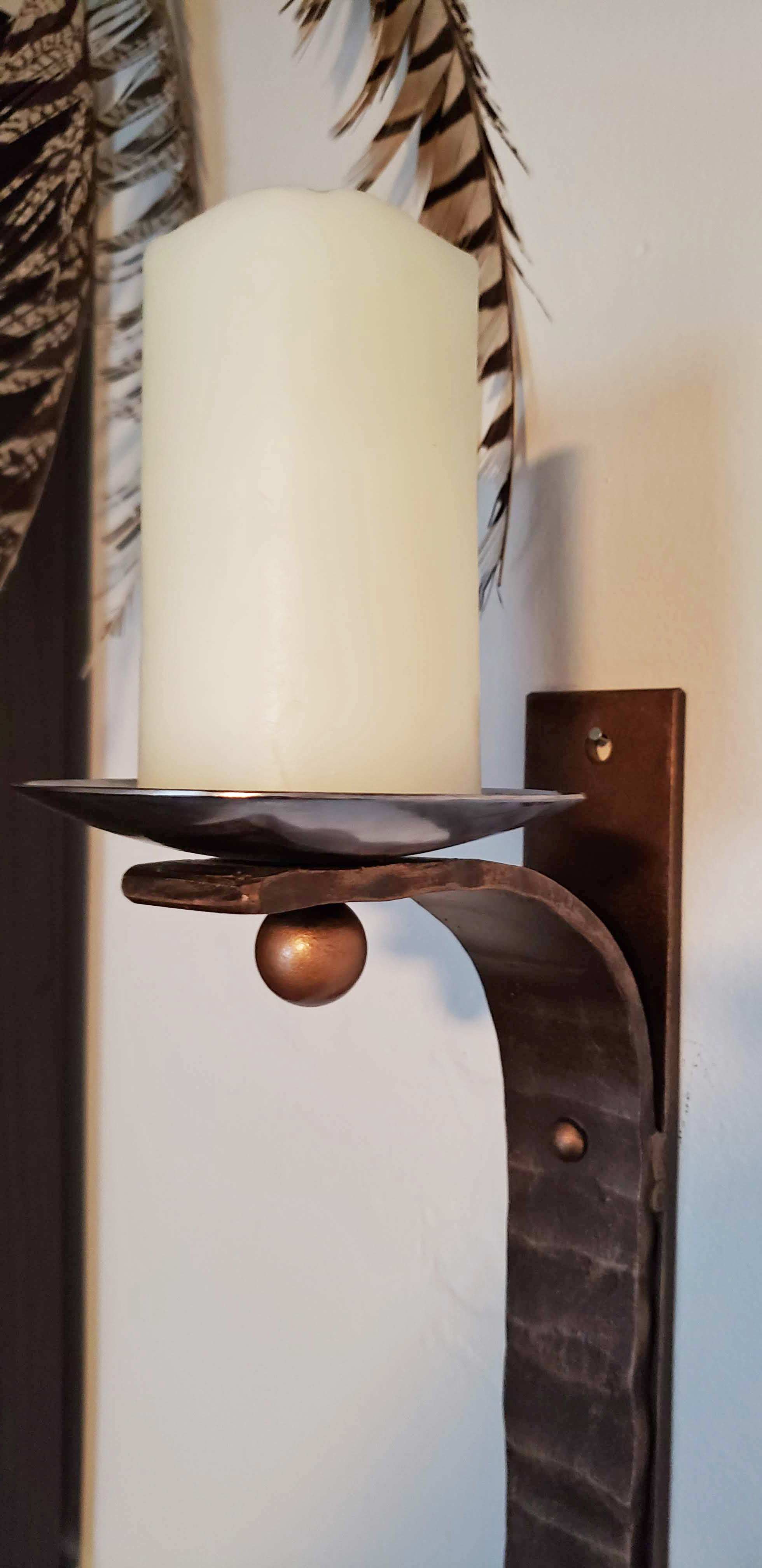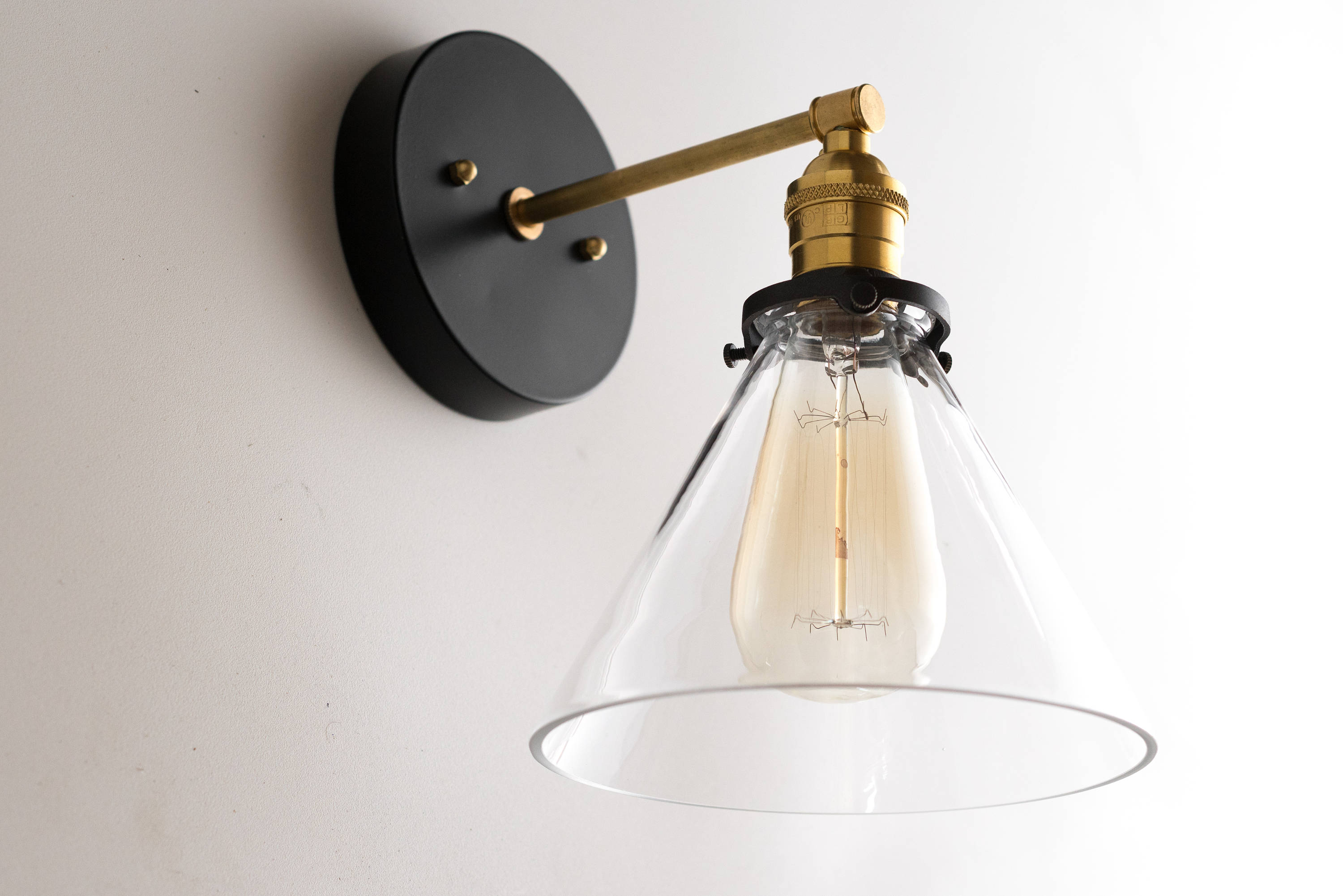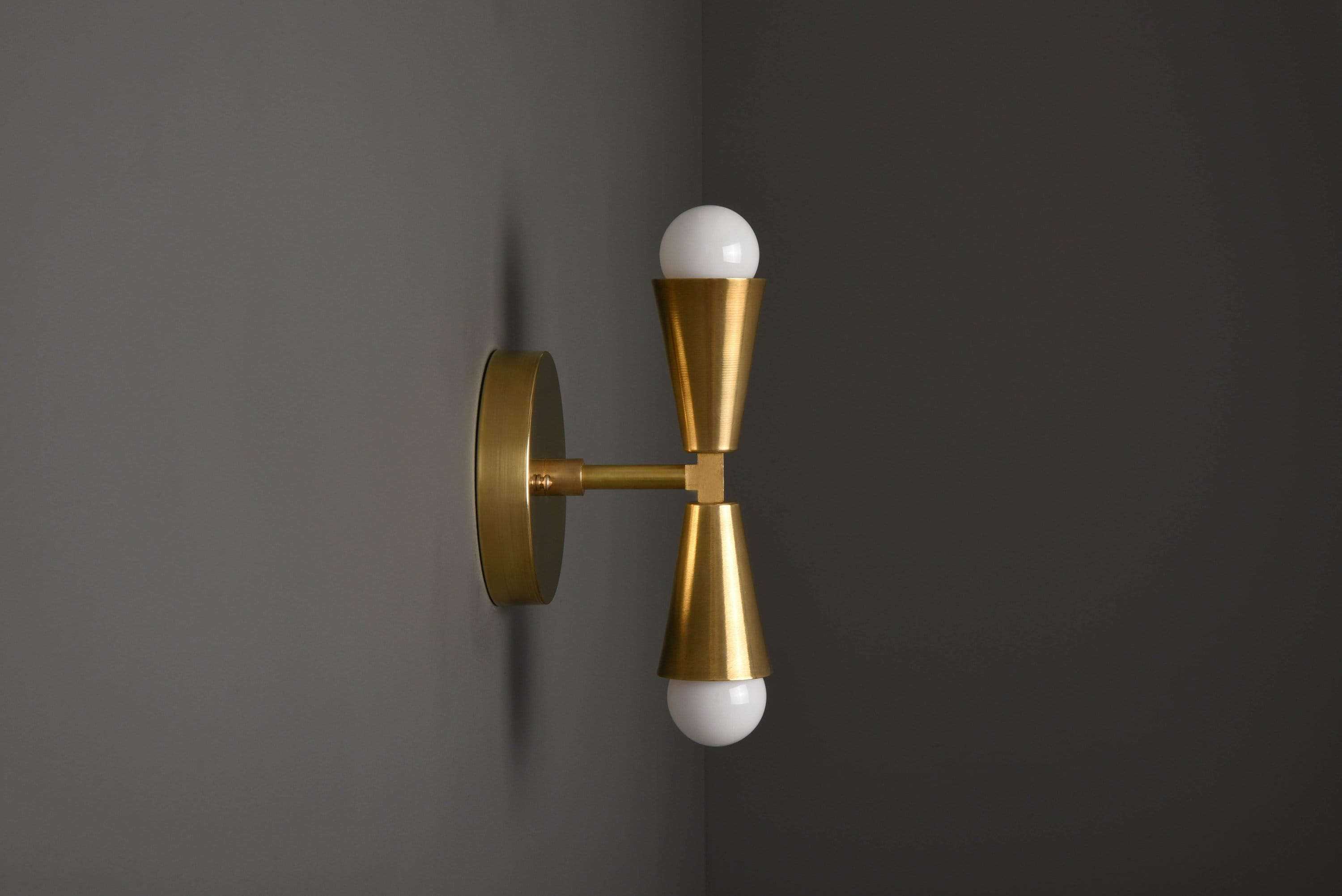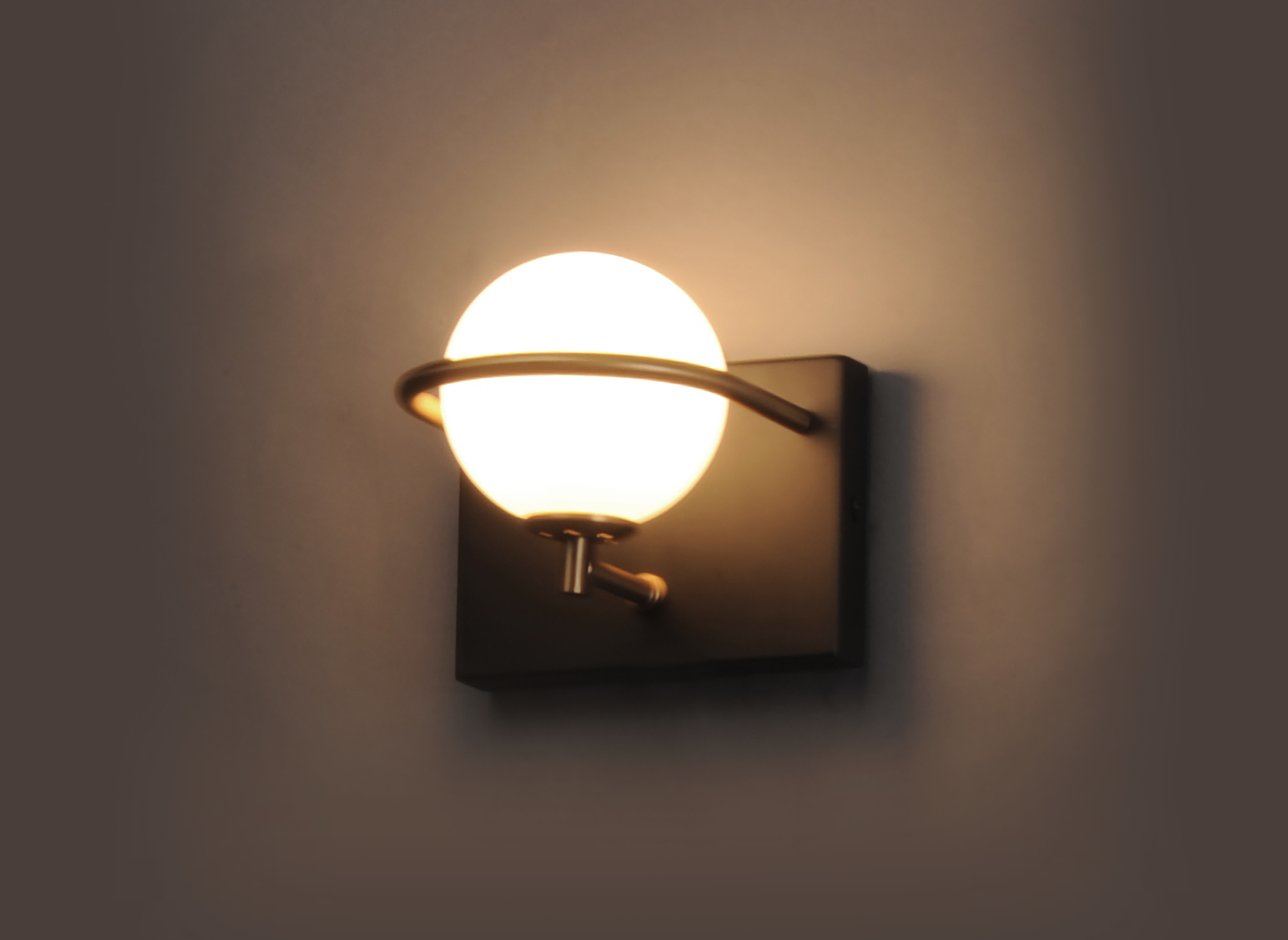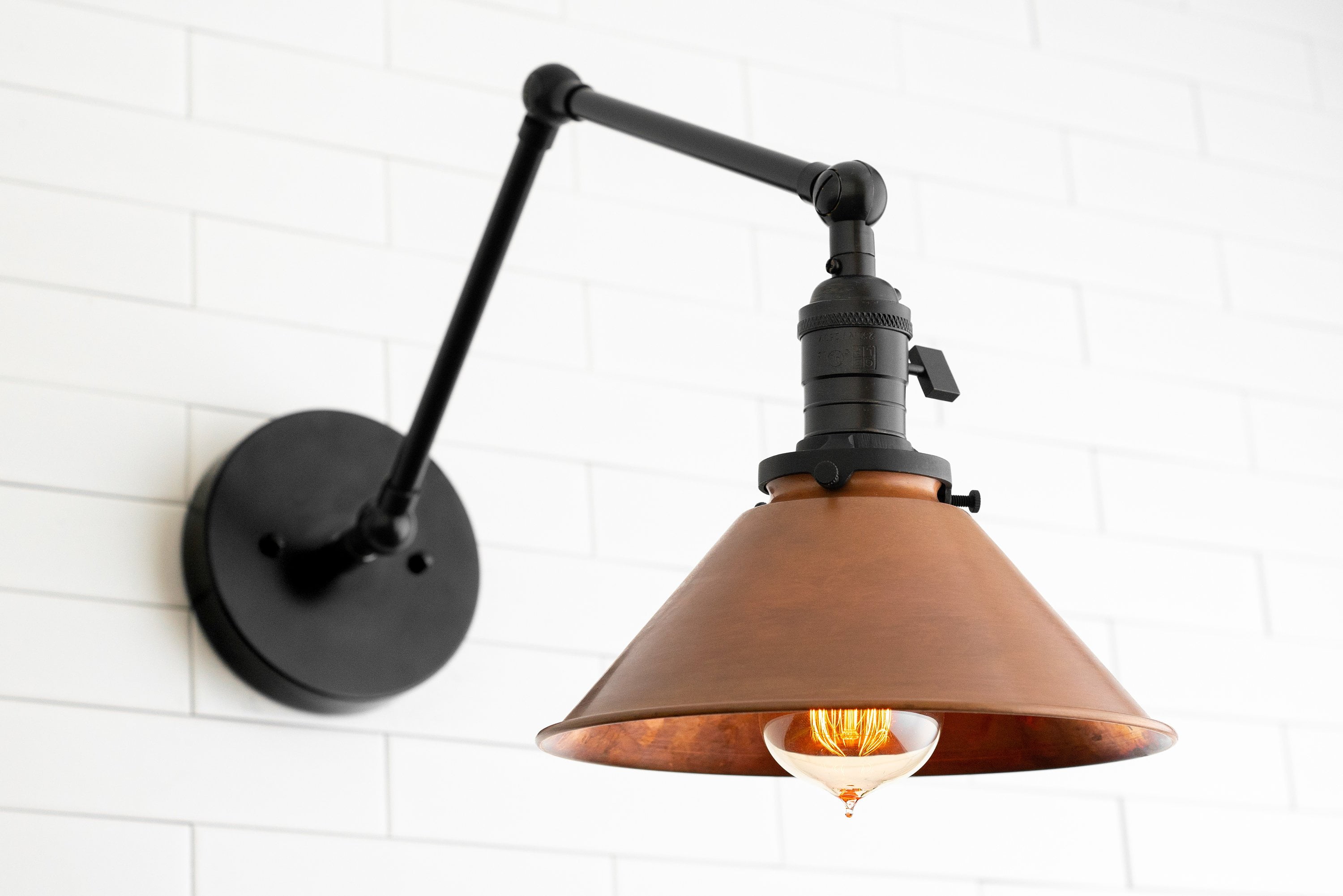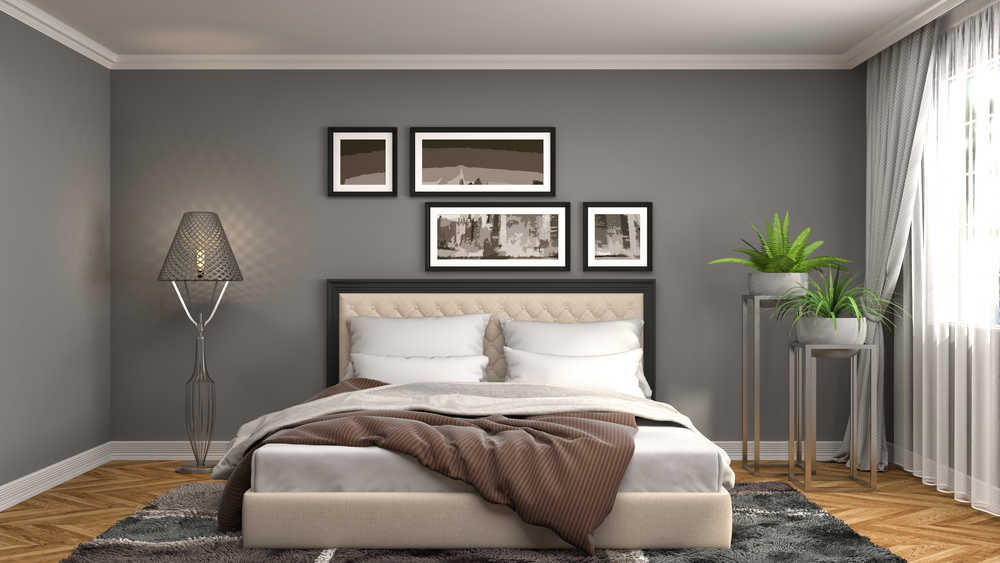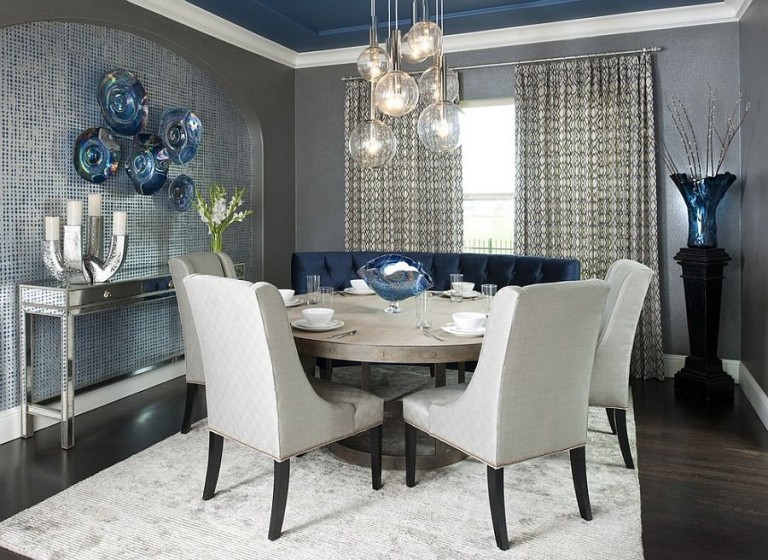Under cabinet lighting is a popular choice for adding extra lighting to the kitchen. It involves installing lights underneath the cabinets, providing both functional and aesthetic benefits. This type of lighting is perfect for illuminating countertops and workspaces, making it easier to prepare meals and navigate the kitchen. Plus, it adds a touch of elegance to the overall kitchen design. Some popular options for under cabinet lighting include LED strip lights, puck lights, and linear lights. LED strip lights are thin and flexible, making them easy to install and hide. Puck lights are small and circular, providing focused light in specific areas. Linear lights are long and narrow, providing even lighting along the length of the cabinet. When choosing under cabinet lighting, consider the color temperature and brightness. Opt for cooler color temperatures (4000K-5000K) for task lighting and warmer color temperatures (2700K-3000K) for ambient lighting. Also, make sure to select the appropriate brightness level for your needs.Under Cabinet Lighting
Recessed lighting, also known as can lights or downlights, is a popular choice for kitchen lighting. These lights are installed into the ceiling and provide a sleek and modern look. They are versatile and can be used for both task and ambient lighting. When it comes to recessed lighting, placement is key. Make sure to space the lights evenly and position them strategically to avoid casting shadows on countertops or workspaces. Also, consider using dimmer switches to adjust the brightness level and create different moods in the kitchen. For an energy-efficient option, consider choosing LED recessed lights. They consume less energy and have a longer lifespan compared to traditional incandescent or fluorescent lights.Recessed Lighting
Pendant lighting is a great way to add a statement piece to your kitchen while also providing extra lighting. These lights hang from the ceiling and come in various shapes, sizes, and styles, making it easy to find one that suits your kitchen design. For a cohesive look, consider choosing pendant lights that match the existing finishes in your kitchen, such as the faucet or cabinet hardware. Also, make sure to consider the height and placement of the lights, especially if they will be hung over a dining table or kitchen island. Pendant lighting can also be used to create a focal point in the kitchen. Consider using multiple pendants in a row over a kitchen island or clustering them together at different heights for a dramatic effect.Pendant Lighting
Track lighting is another versatile option for kitchen lighting. It involves installing a track onto the ceiling and attaching lights along the track, allowing for customizable and adjustable lighting. This type of lighting is perfect for highlighting specific areas or objects in the kitchen, such as artwork or decorative pieces. One of the benefits of track lighting is its flexibility. The lights can be easily moved and adjusted to create different lighting effects. Plus, track lighting can be easily installed onto existing ceilings, making it a cost-effective option for adding extra lighting to the kitchen. When choosing track lighting, consider the size and layout of your kitchen to determine the appropriate length and number of lights needed. Also, make sure to select lights with the appropriate beam angle to properly illuminate the desired area.Track Lighting
LED strip lights, also known as tape lights, are a popular and versatile option for adding extra lighting to the kitchen. These lights are long, thin strips with LED bulbs attached to them, providing a continuous and even source of light. They can be easily installed under cabinets, on shelves, or in any other desired location. LED strip lights come in various lengths and colors, making it easy to customize the lighting to your specific needs. They are also energy-efficient, consuming less energy than traditional lighting options, and have a long lifespan. When choosing LED strip lights, consider the color temperature, brightness level, and IP rating. For kitchen use, opt for lights with a higher IP rating to ensure they are resistant to water and moisture.LED Strip Lights
A chandelier is a luxurious and elegant option for adding extra lighting to the kitchen. It is typically installed in the center of the room, providing both functional and decorative lighting. Chandeliers come in various styles, from traditional to modern, making it easy to find one that fits your kitchen design. When choosing a chandelier, consider the size and height of your kitchen. You don't want a chandelier that is too small or too large for your space. Also, make sure to select a chandelier with the appropriate number of bulbs and brightness level for your needs. Chandeliers can also be used to create a statement in the kitchen. Consider choosing a bold and unique design to add a touch of personality to your space.Chandelier
Task lighting is essential for any kitchen, providing focused and bright light for specific areas and tasks. It can be used in conjunction with other types of lighting, such as under cabinet or recessed lighting, to create a well-lit and functional space. Task lighting can come in various forms, such as under cabinet lights, pendant lights, or track lights. When choosing task lighting, consider the color temperature, brightness level, and placement to ensure it meets your specific needs. One popular option for task lighting is a gooseneck lamp. This type of lighting can be mounted onto the wall or under a cabinet and can be adjusted to provide light exactly where it is needed.Task Lighting
Flush mount lighting, also known as ceiling lights, is a practical and functional option for kitchen lighting. These lights are installed directly onto the ceiling, providing a simple and clean look. They come in various styles, from modern to traditional, making it easy to find one that fits your kitchen design. Flush mount lights are great for providing general lighting in the kitchen. They can also be used in conjunction with other types of lighting, such as recessed or track lighting, to create a well-lit and layered effect. When choosing flush mount lighting, consider the size and height of your kitchen, as well as the desired brightness level. Also, make sure to select a style that complements the other elements in your kitchen, such as the cabinet hardware or faucet.Flush Mount Lighting
Adding a dimmer switch to your kitchen lighting is a simple and cost-effective way to create different moods and levels of brightness in the space. It allows you to adjust the brightness level according to your needs, whether you're cooking, entertaining, or just relaxing in the kitchen. When choosing a dimmer switch, make sure to select one that is compatible with the type of lighting you have installed. Also, consider the location and placement of the switch to ensure it is easily accessible and convenient to use. Dimmer switches are not only functional but can also add a touch of elegance and sophistication to your kitchen. Consider choosing a switch with a modern and sleek design to enhance the overall look of your space.Dimmer Switch
Wall sconces are a stylish and practical option for adding extra lighting to the kitchen. These lights are mounted onto the wall and can provide both task and ambient lighting. They come in various styles and designs, making it easy to find one that complements your kitchen design. Wall sconces are perfect for providing extra light in areas where other types of lighting may not be suitable, such as above a sink or in a corner. They also add a decorative element to the kitchen, making it feel more inviting and cozy. When choosing wall sconces, consider the placement and height to ensure they provide the desired amount of light. Also, make sure to select a style that complements the other elements in your kitchen, such as the cabinet hardware or backsplash.Wall Sconces
Extra Lighting for a Functional and Stylish Kitchen

The kitchen is often referred to as the heart of the home, where meals are prepared, families gather, and memories are made. As such, it's essential to have a well-designed and functional kitchen that meets the needs of your household. One crucial aspect of a well-designed kitchen is lighting . While many homeowners focus on the overall aesthetic and functionality of their kitchen, they often overlook the importance of proper lighting. In this article, we will discuss the benefits of incorporating extra lighting into your kitchen design and how it can enhance both the functionality and style of your space.
The Importance of Adequate Lighting

Good lighting is crucial for any room in your house, but it's especially important in the kitchen. Adequate lighting makes it easier to perform tasks such as cooking, cleaning, and meal prep. It also helps to create a warm and inviting atmosphere, making your kitchen a more enjoyable space to spend time in. Inadequate lighting can lead to eye strain, headaches, and even accidents in the kitchen. Therefore, it's essential to ensure your kitchen has proper lighting to meet your needs.
Types of Lighting for Your Kitchen

There are three main types of lighting that should be incorporated into a well-designed kitchen: ambient, task, and accent lighting . Ambient lighting provides overall illumination for the entire room. It can come from natural light sources, such as windows, or artificial sources, such as ceiling lights. Task lighting, on the other hand, is more focused and provides light for specific tasks, such as cooking or reading recipes. Accent lighting is used to highlight specific areas or features in the kitchen, such as a statement backsplash or a collection of cookbooks.
The Benefits of Extra Lighting

While most kitchens have a combination of ambient, task, and accent lighting, it's often not enough to meet the needs of a busy household. This is where extra lighting comes in. Incorporating additional lighting, such as under cabinet lighting, pendant lights, or track lighting, can provide both functional and aesthetic benefits to your kitchen. Extra lighting can help to brighten up dark corners, provide more focused light for specific tasks, and add a touch of style to your kitchen design.
Adding Extra Lighting to Your Kitchen

When considering adding extra lighting to your kitchen, it's essential to take into account the layout and design of your space. Consider the areas that could benefit from more light, such as above the sink or stove, and choose lighting fixtures that complement your existing design. It's also important to choose energy-efficient lighting options, such as LED bulbs, to save on electricity costs in the long run.
In conclusion, incorporating extra lighting into your kitchen design has numerous benefits, both practical and aesthetic. It not only enhances the functionality of your kitchen but also adds a touch of style and creates a warm and inviting atmosphere. Don't overlook the importance of proper lighting in your kitchen, and consider adding extra lighting to take your kitchen design to the next level.
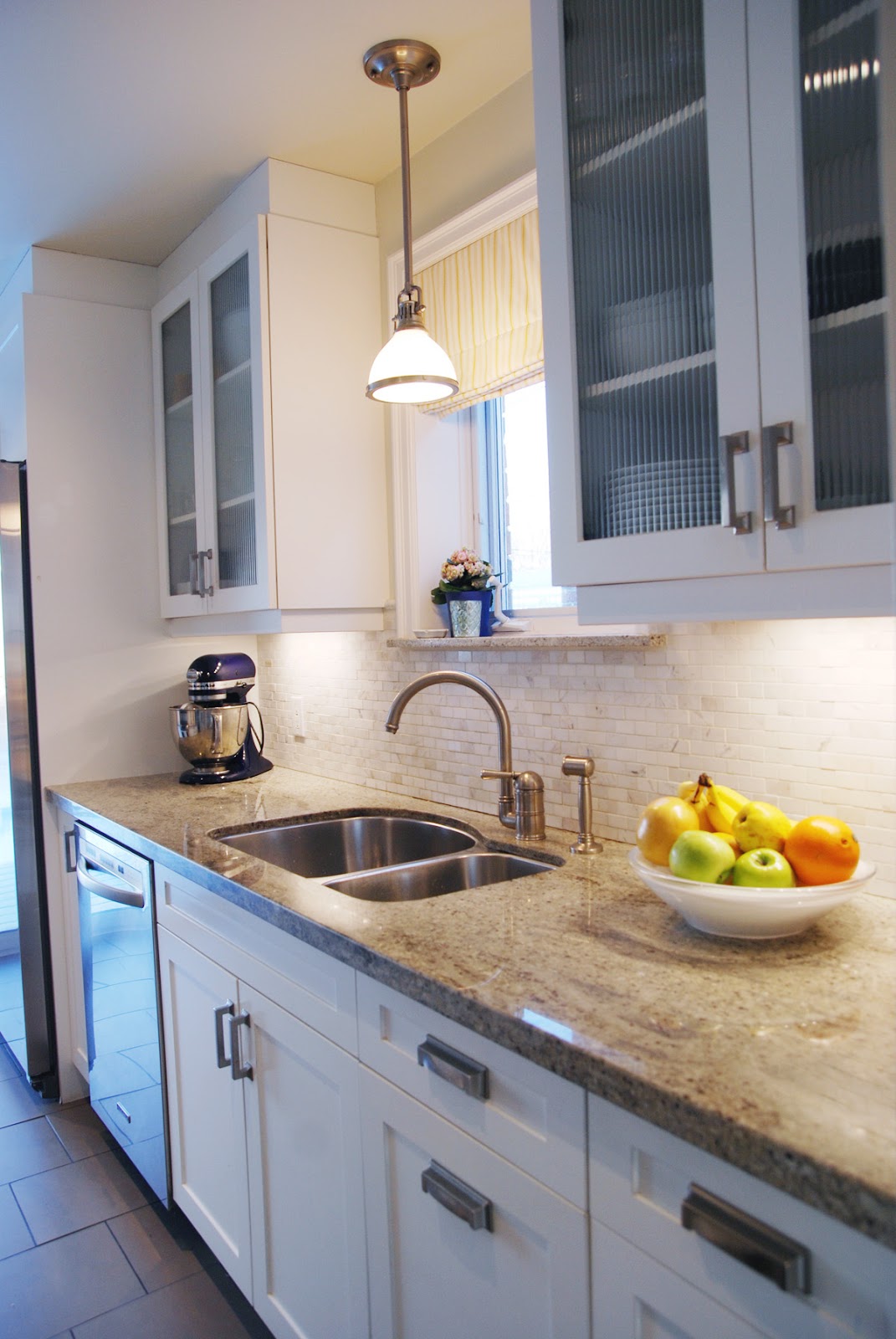



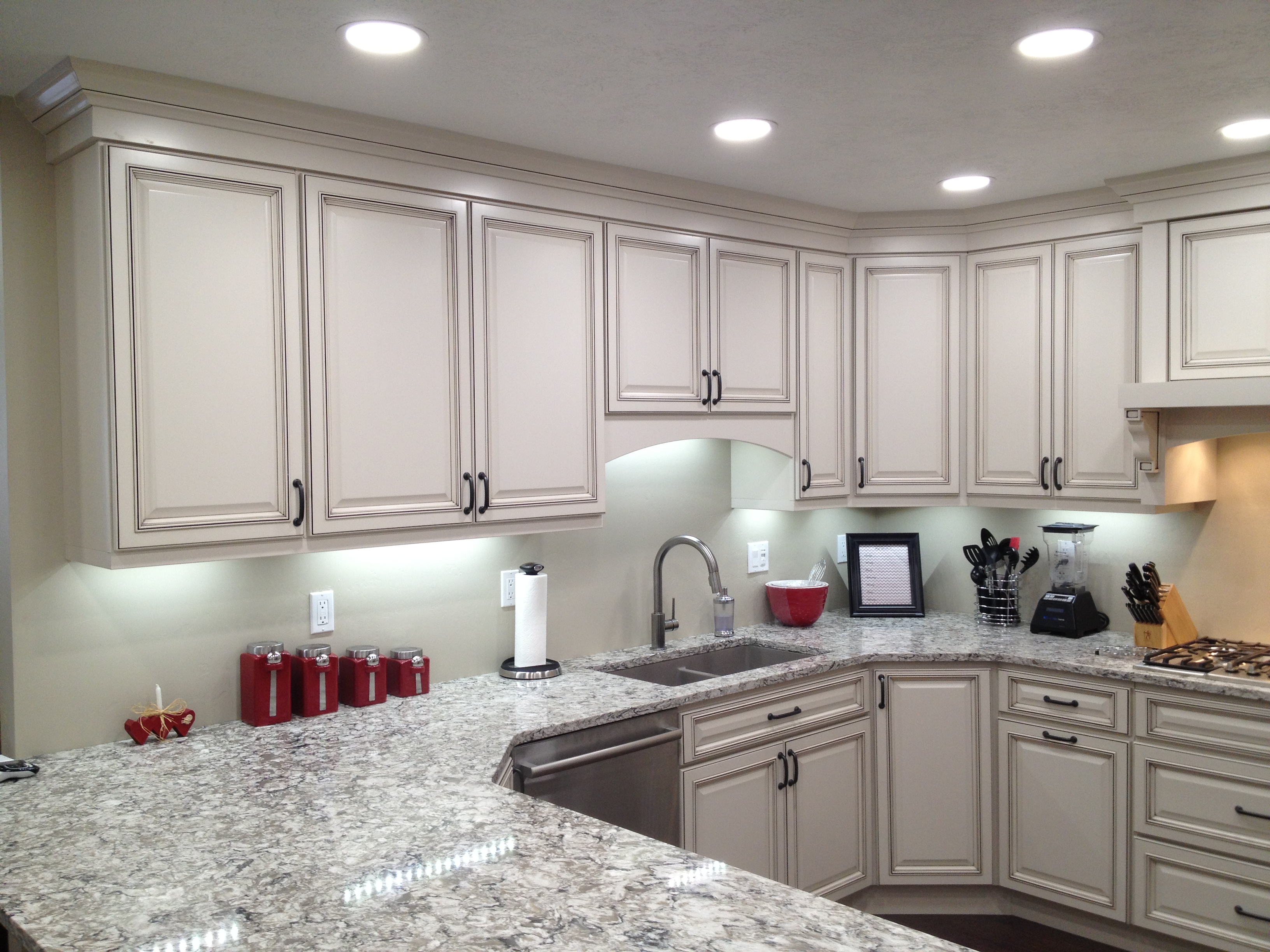
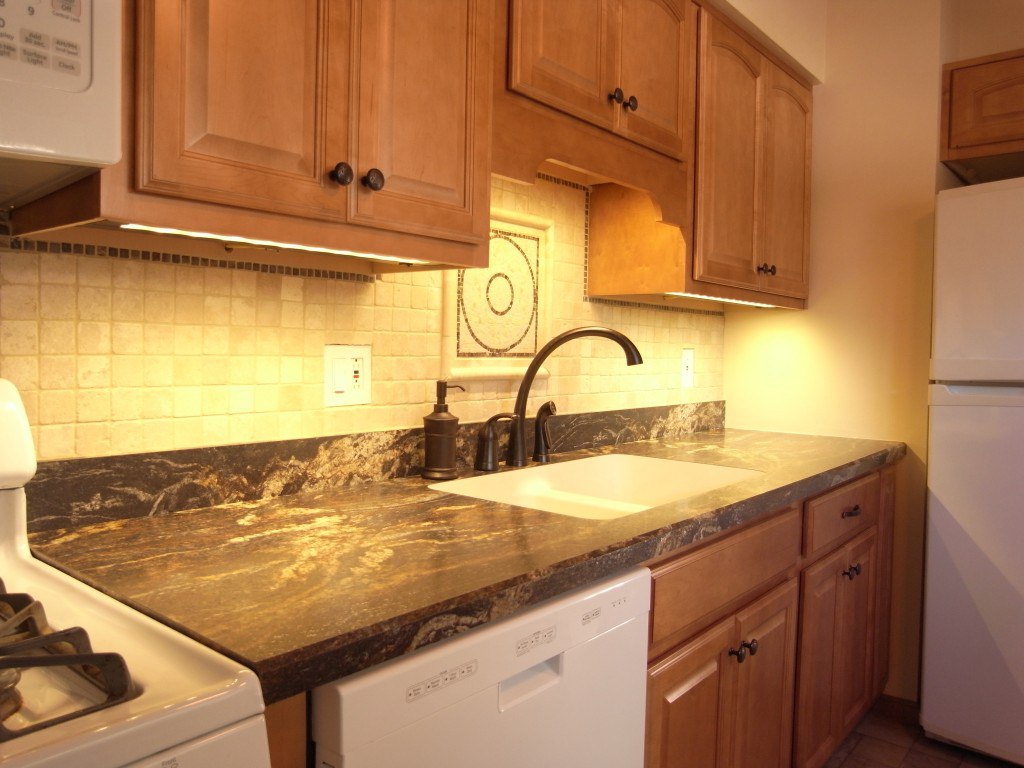

/108273212a-56a5a6955f9b58b7d0ddd3d6.jpg)
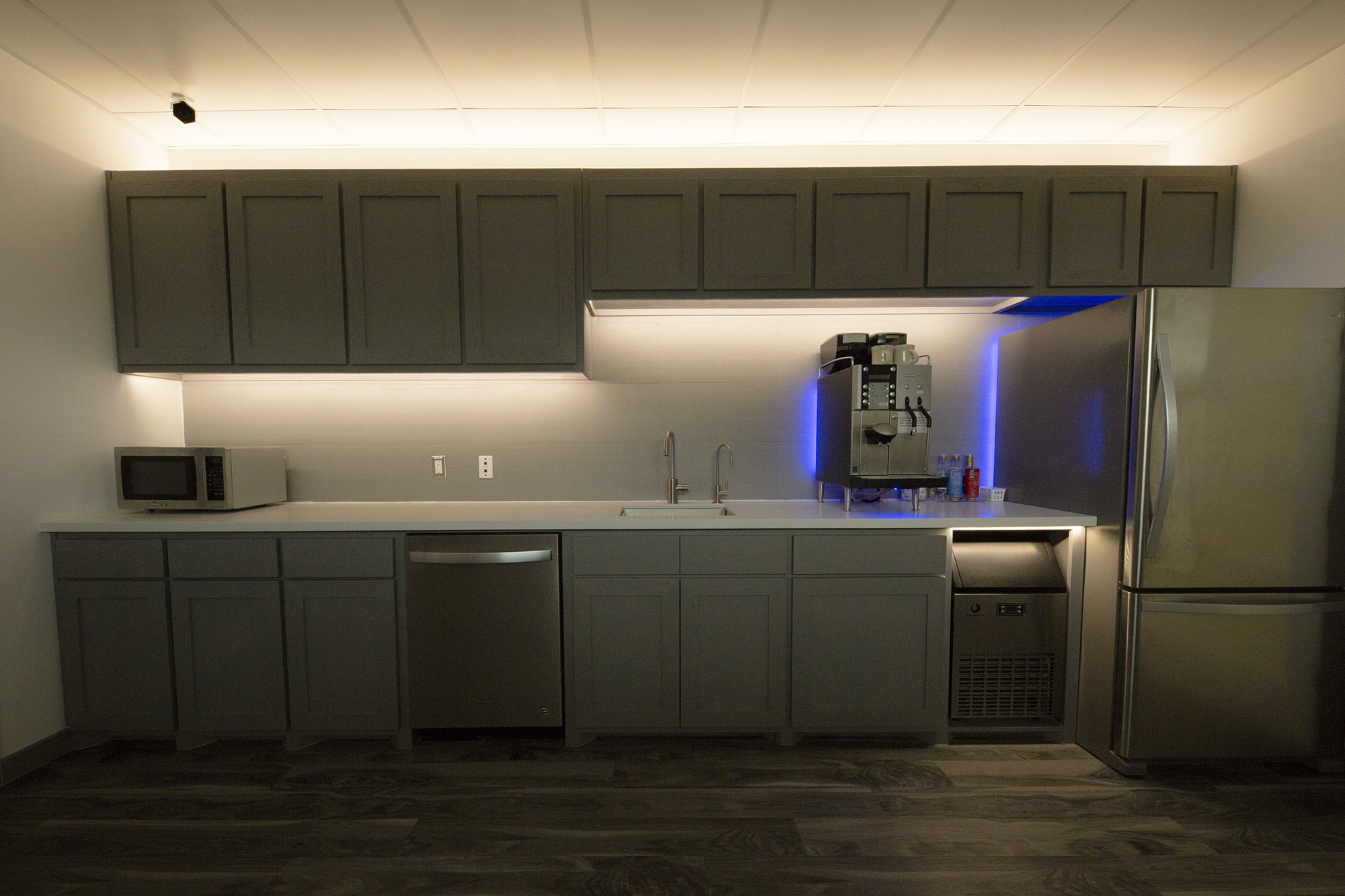
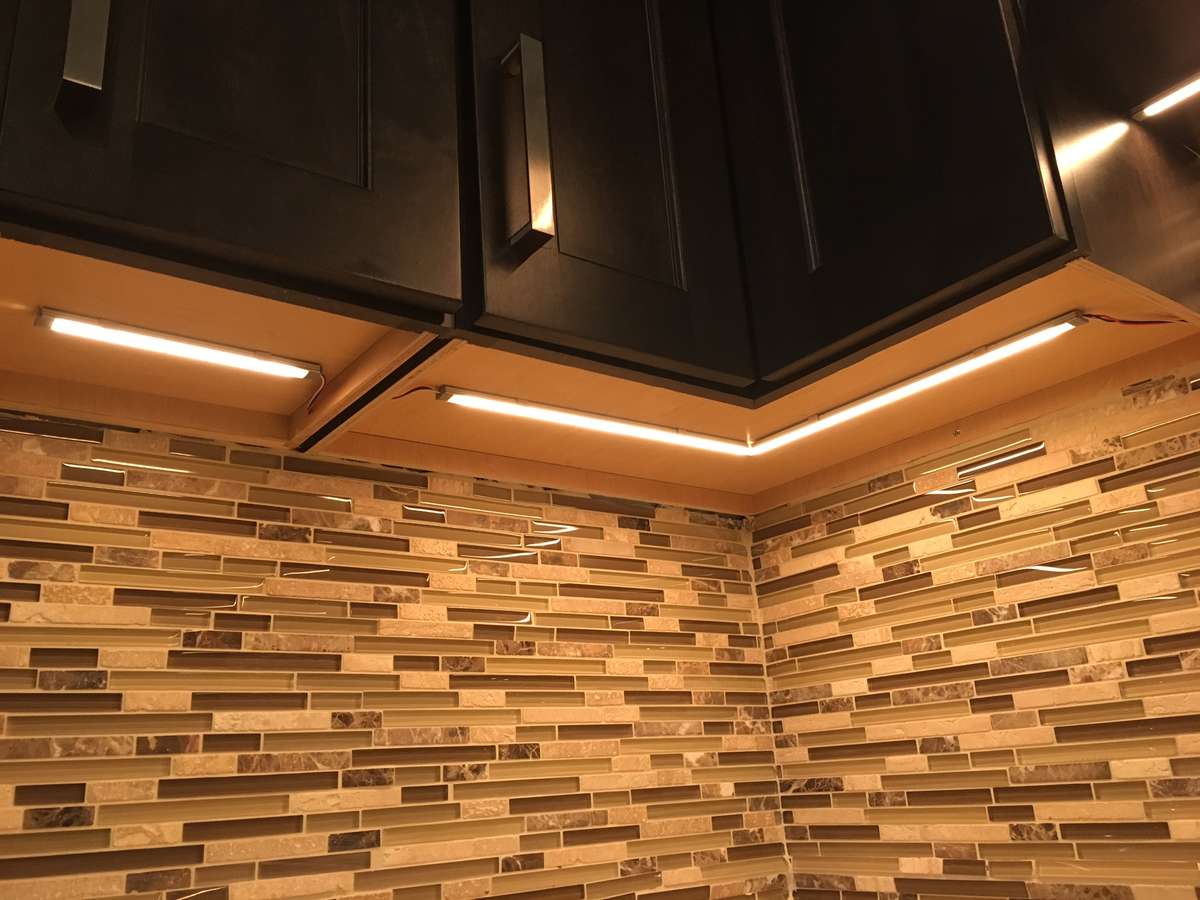

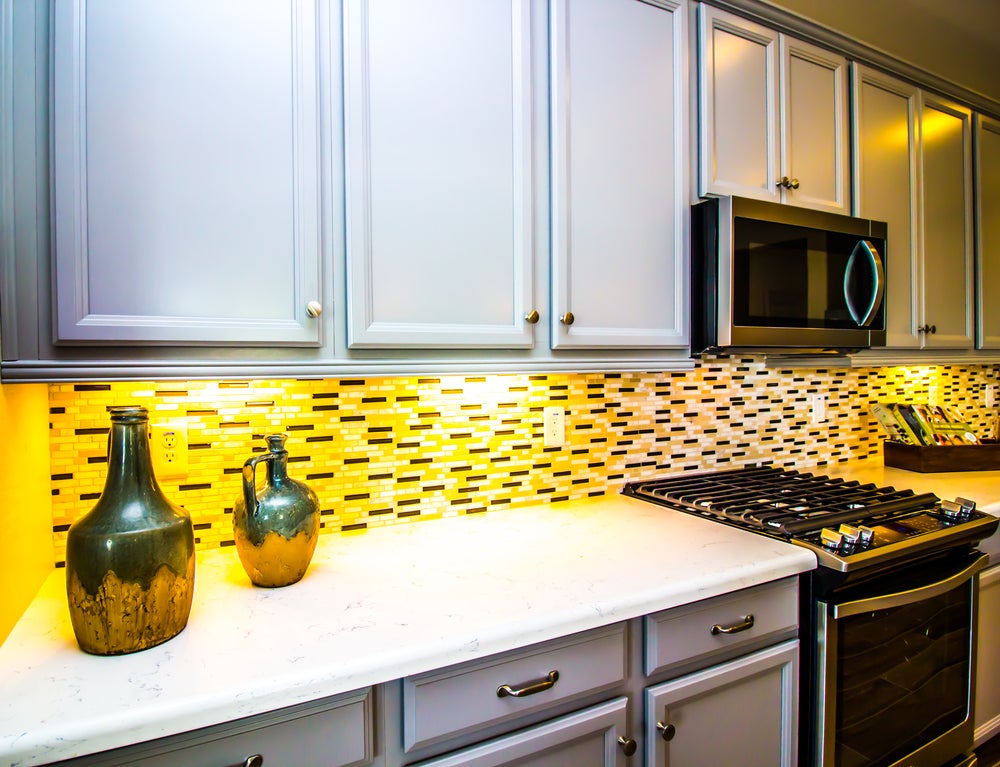




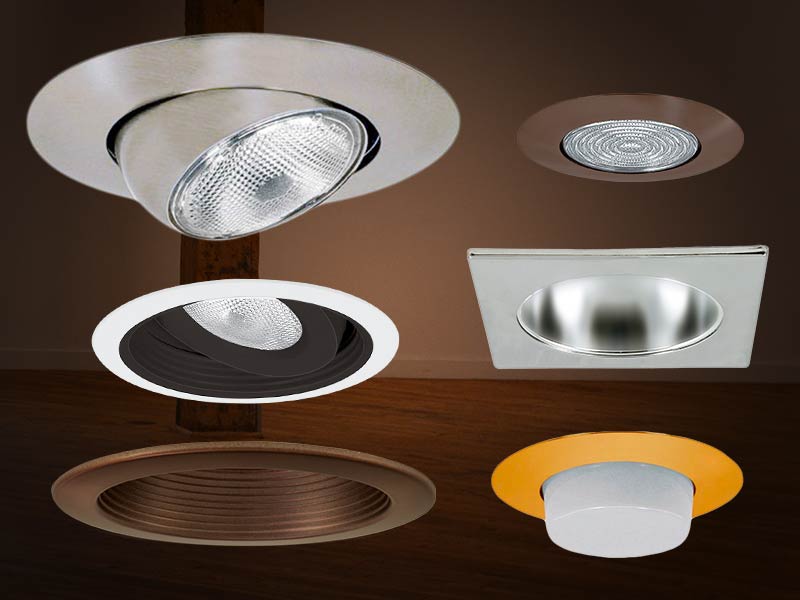
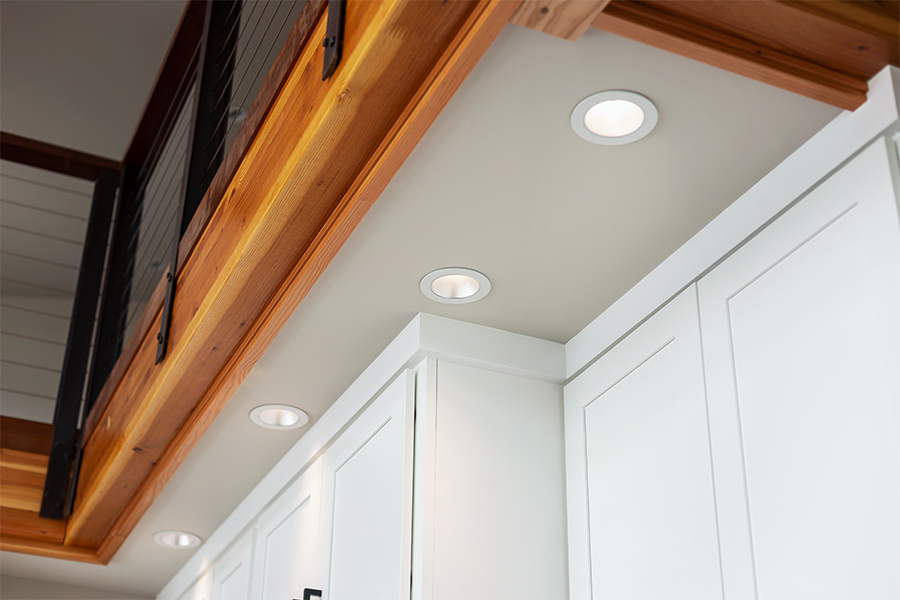



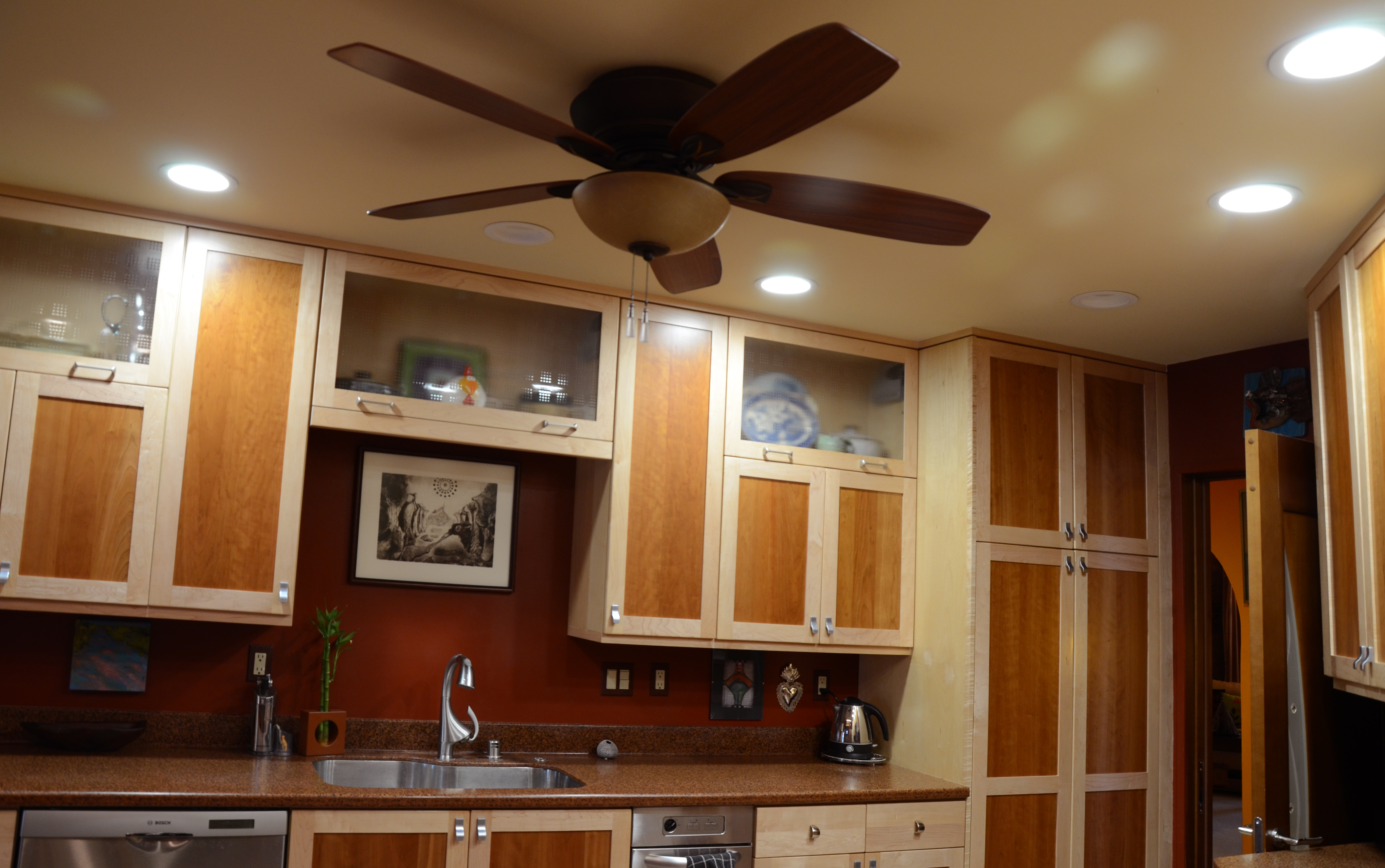

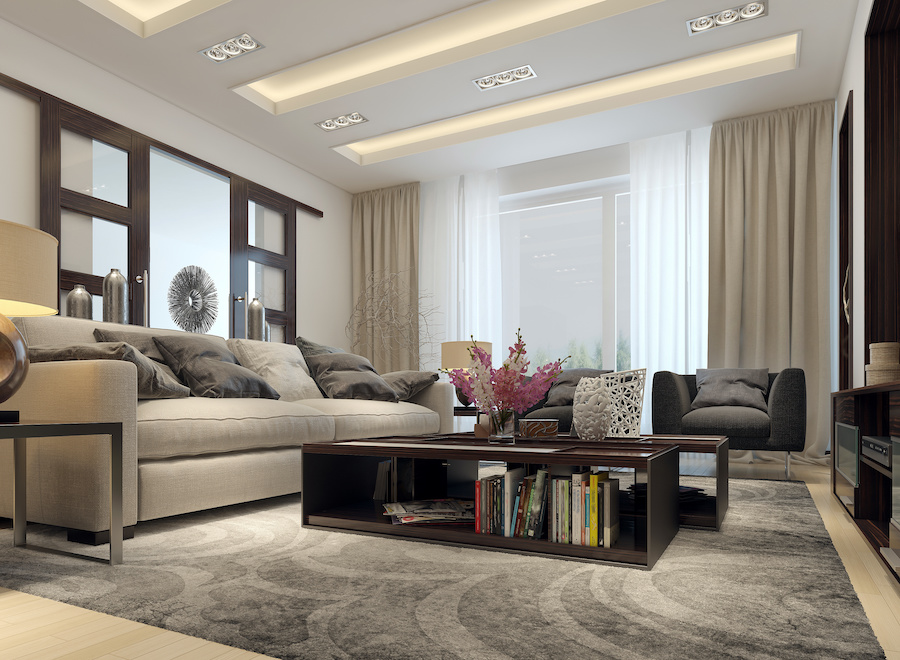
/185006363-56a5a6425f9b58b7d0ddd374.jpg)
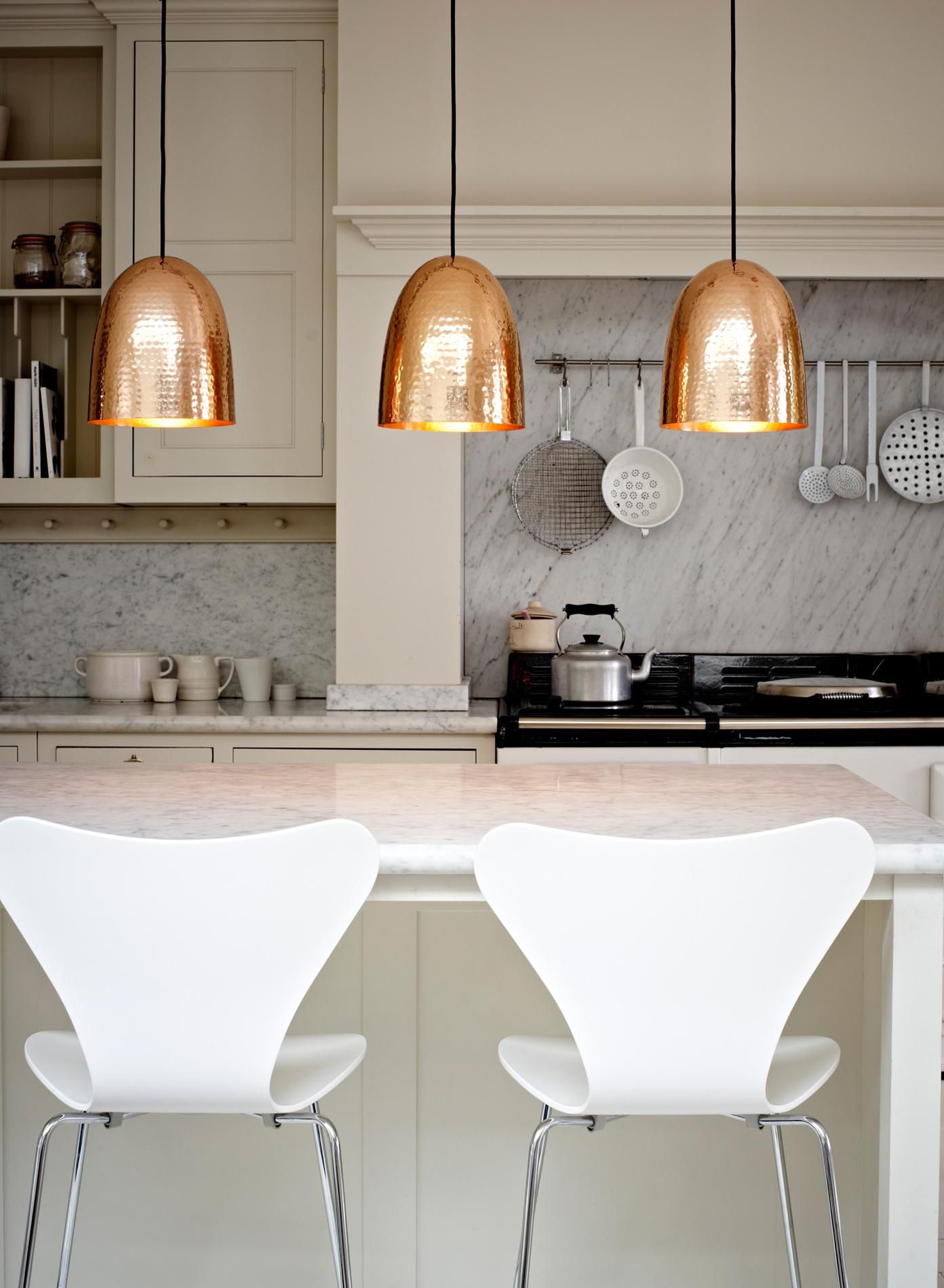
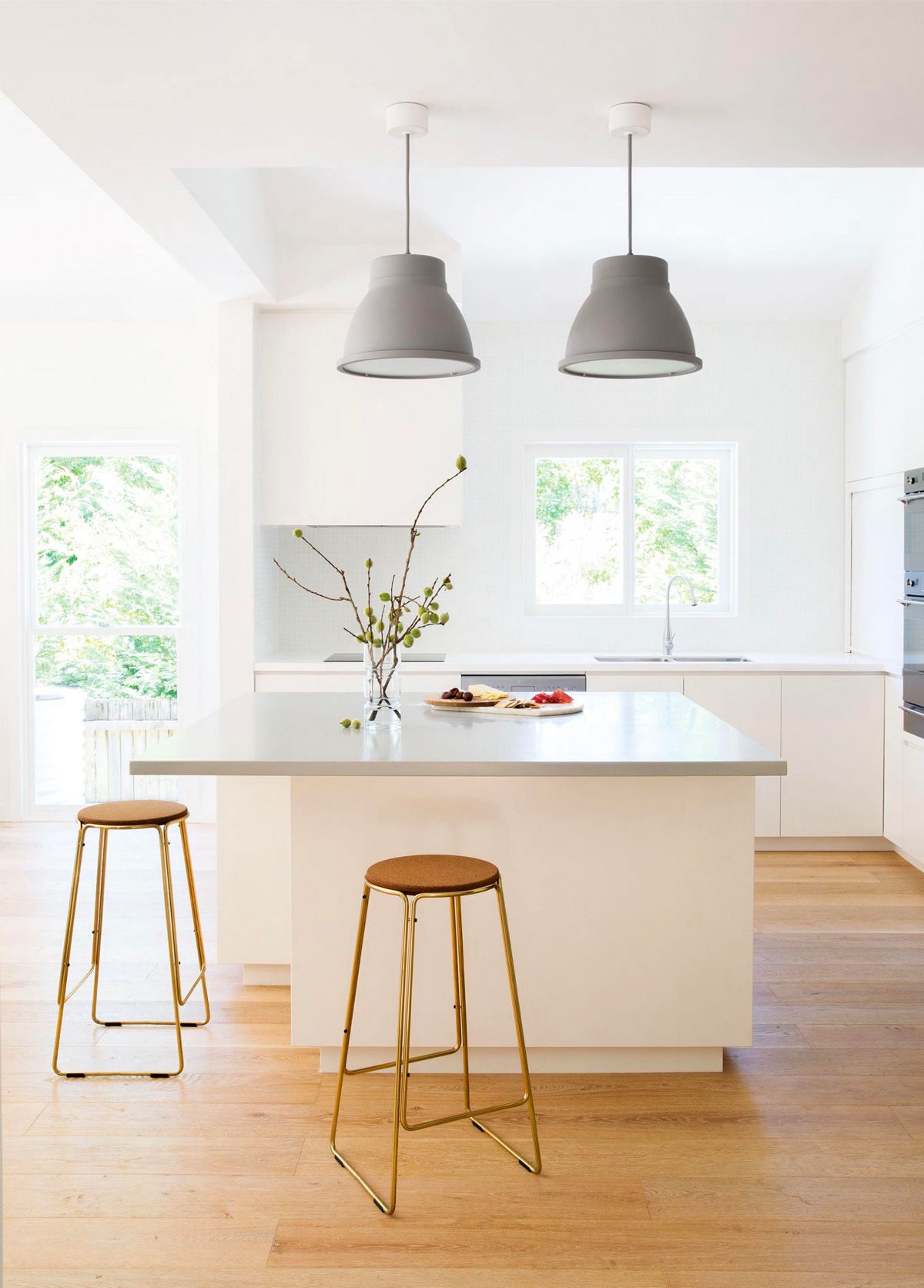

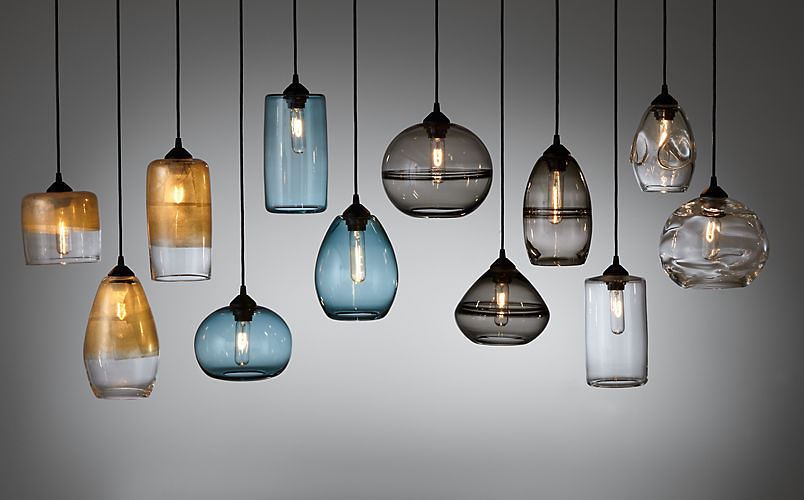
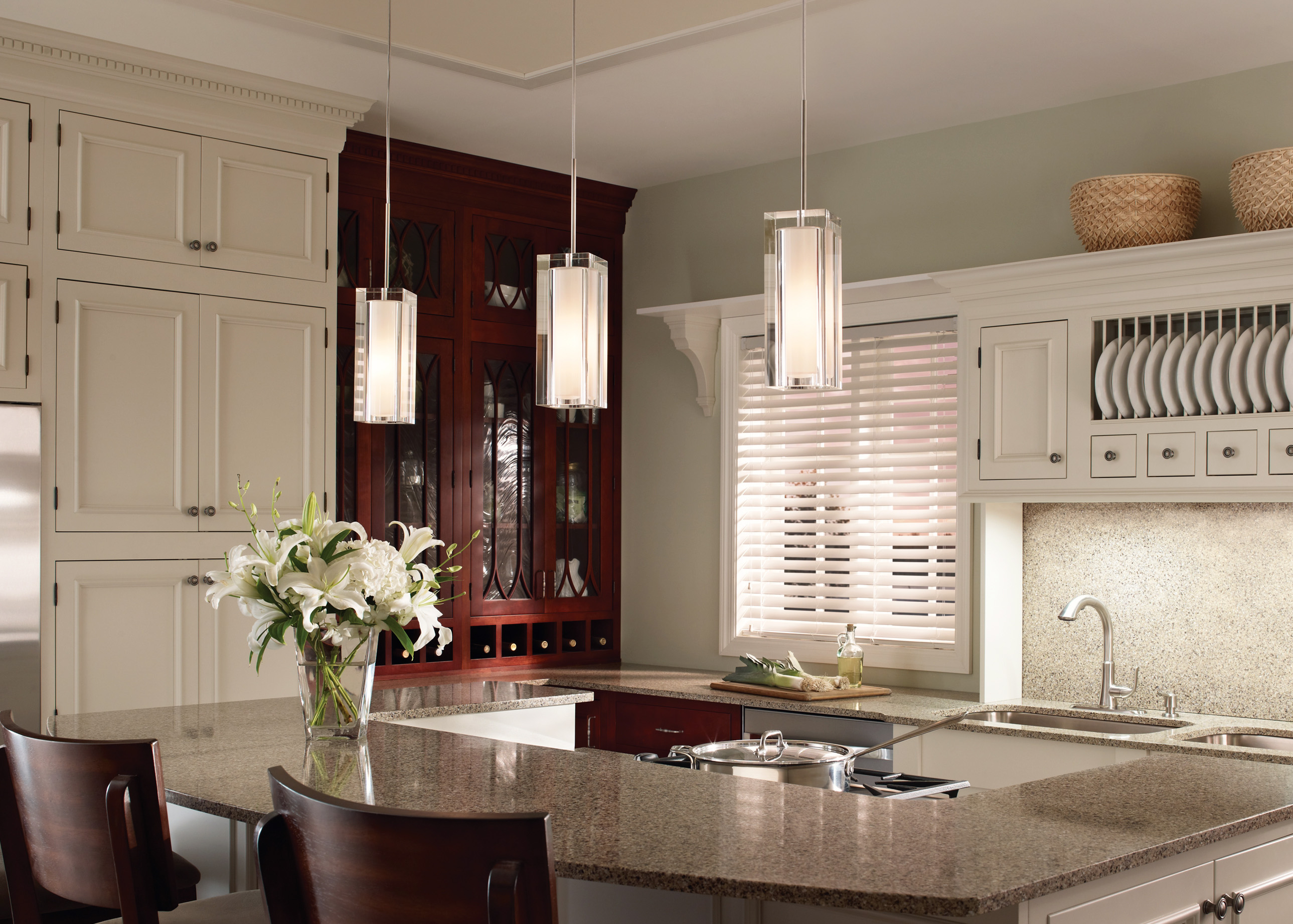
:max_bytes(150000):strip_icc()/PureSaltHIGHREZ-66-44bc07f6f1724683b92e6a5580aa9dba.jpg)
